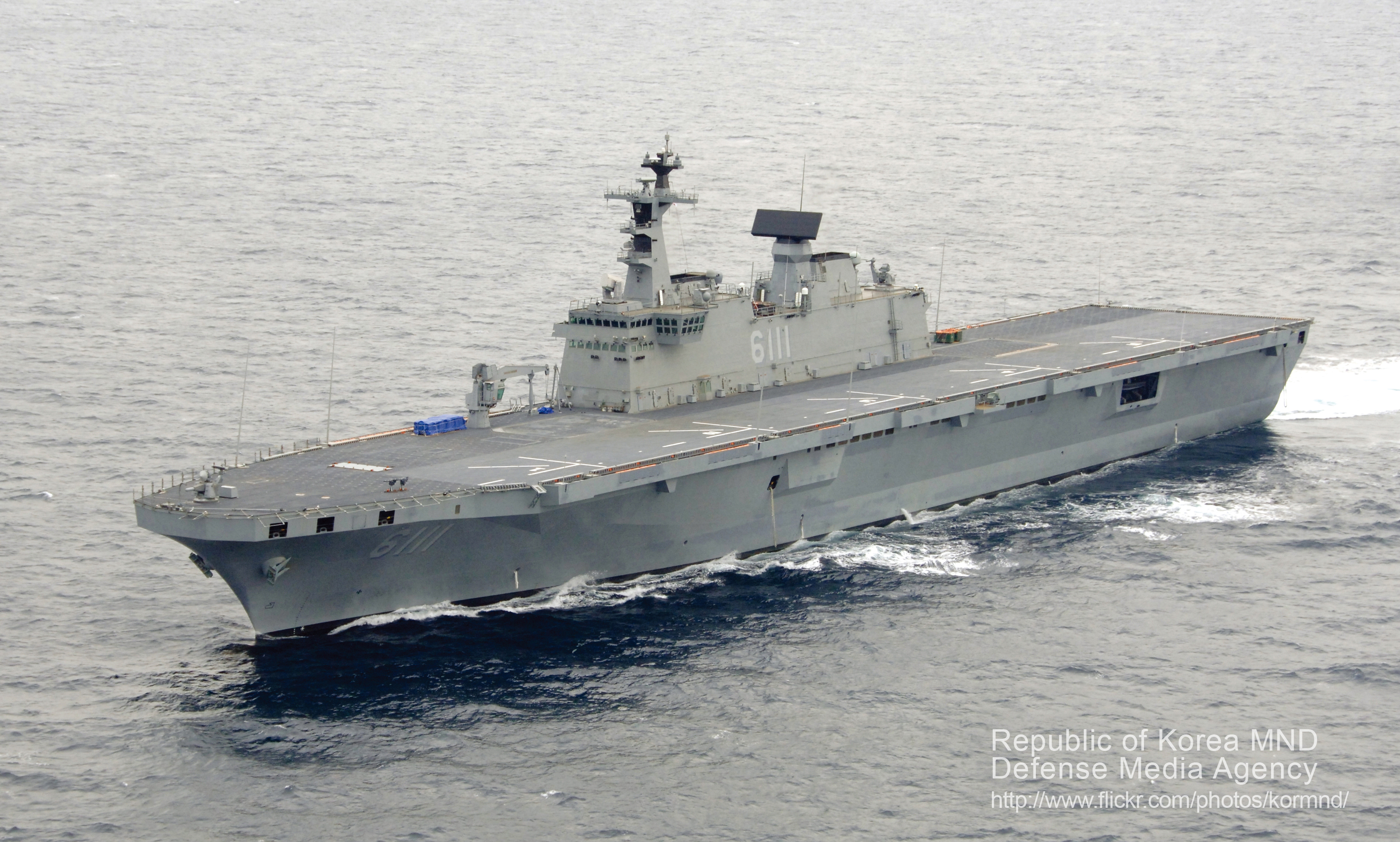1. Overview
South Korea, officially the Republic of Korea, is a nation in East Asia that occupies the southern half of the Korean Peninsula. It is a country with a rich history, a dynamic modern society, and a significant global presence. Historically, the peninsula saw the rise and fall of various kingdoms and dynasties, including Gojoseon, the Three Kingdoms (Goguryeo, Baekje, and Silla), Goryeo, and Joseon, before experiencing Japanese colonial rule in the first half of the 20th century. Following liberation in 1945, the peninsula was divided, leading to the establishment of two separate states and the devastating Korean War (1950-1953).
Post-war South Korea underwent a period of authoritarian rule and rapid economic development known as the "Miracle on the Han River." This transformation, while achieving remarkable industrialization and modernization, also came with significant social and human costs, including labor suppression and environmental degradation. The latter half of the 20th century was marked by a persistent struggle for democracy, culminating in the June Democratic Struggle of 1987, which paved the way for direct presidential elections and the current Sixth Republic. Since then, South Korea has solidified its status as a vibrant liberal democracy, though challenges related to social equity, human rights, and political reform continue to be addressed.
Geographically, South Korea is characterized by its mountainous terrain, with distinct seasons and diverse ecosystems. Its political system is a presidential republic with a separation of powers among the executive, legislative, and judicial branches. The economy is highly developed, with major industries including electronics, automotive manufacturing, shipbuilding, and information technology. South Korean popular culture, often referred to as the "Korean Wave" or Hallyu, has gained significant international influence. The nation faces ongoing demographic challenges, including a low birth rate and an aging society, alongside social issues such as economic inequality and youth unemployment. Inter-Korean relations remain a critical aspect of its foreign policy, with the ultimate goal of peaceful reunification. South Korea is an active member of numerous international organizations and plays an increasingly important role in global affairs, reflecting its journey from a war-torn nation to a modern, democratic, and economically powerful state.
2. Etymology
The names for Korea, including 'Daehan Minguk' (Republic of Korea) and 'Hanguk', trace their origins to ancient confederacies and imperial proclamations, reflecting concepts of unity and sovereignty. The widely used exonym 'Korea' is derived from the Goryeo dynasty. These names have distinct usages domestically and internationally.
2.1. Origins and Meanings of National Names
The official name of South Korea is 대한민국Daehan MingukKorean, which translates to English as the Republic of Korea (ROK). The common name used by South Koreans to refer to their country or Korea as a whole is 한국HangukKorean, meaning "Han Country" or simply "Korea."
The term "Han" (한HanKorean) in these names has ancient origins, referring to the Samhan (삼한SamhanKorean, "Three Han"), which were confederacies of Mahan, Jinhan, and Byeonhan in the central and southern Korean Peninsula during the Proto-Three Kingdoms period. During the Three Kingdoms period, the people of Goguryeo, Baekje, and Silla collectively referred to themselves or their unified land as "Samhan." This concept of a unified "Han" entity continued through subsequent dynasties.
The name "Daehan" (대한DaehanKorean, "Great Han") was formally adopted in 1897 when Emperor Gojong proclaimed the Korean Empire (대한제국Daehan JegukKorean, "Great Han Empire"). Emperor Gojong chose "Daehan" to signify independence and sovereignty, reflecting the idea that Korea was the land of the unified Three Han. His proclamation stated, "Our country is the land of Samhan, and as the nation was unified from the beginning by divine mandate, it is not wrong to call it 'Daehan'. Furthermore, documents from various countries often refer to us as 'Han'. This may be a sign pointing to this day, and even if not publicly declared, the world already knows the name 'Daehan'."
The term "Minguk" (민국MingukKorean, "Republic," literally "people's country") was added after the March 1st Movement in 1919, when the Provisional Government of the Republic of Korea was established in Shanghai. This provisional government, led by figures like Syngman Rhee and Kim Ku, adopted "Daehan Minguk" as its official name, emphasizing a republican form of government where sovereignty resides with the people. Upon the establishment of South Korea in 1948, this name was enshrined in the constitution.
The exonym "Korea" used in English and many other languages is derived from the name of the Goryeo dynasty (고려GoryeoKorean; 918-1392). Goryeo itself was a shortened name officially adopted by Goguryeo in the 5th century. Arab and Persian merchants who visited Goryeo pronounced its name as "Korea," and this pronunciation was transmitted to Europe. The name "Korea" first appeared on Portuguese maps in the 16th century, such as João vaz Dourado's map of 1568 as Conrai, and later as Corea in maps by Teixeira Albernaz in 1630. The Goryeo Kingdom became known to Westerners when Afonso de Albuquerque conquered Malacca in 1511 and described the peoples who traded there as the Gores. While both "Corea" and "Korea" were used in 19th-century publications, "Korea" became the standard English spelling. Some Koreans believe that Imperial Japan, during its colonial rule, intentionally standardized the spelling to "Korea" so that "Japan" would appear before "Korea" alphabetically, though this claim is debated.
After the Goryeo dynasty was replaced by the Joseon dynasty (조선JoseonKorean; 1392-1897), "Joseon" became the official name for the entire territory, derived from the ancient kingdom of Gojoseon. Even after the proclamation of the Korean Empire, the name "Joseon" continued to be widely used by Koreans. Under Japanese colonial rule (1910-1945), both "Han" and "Joseon" coexisted as names for Korea.
Following Japan's surrender in 1945 and the subsequent division of Korea, the southern state officially adopted "Daehan Minguk" as its Korean name and "Republic of Korea" as its English name. The term "Hanguk" is the common abbreviation.
2.2. Domestic and International Appellations
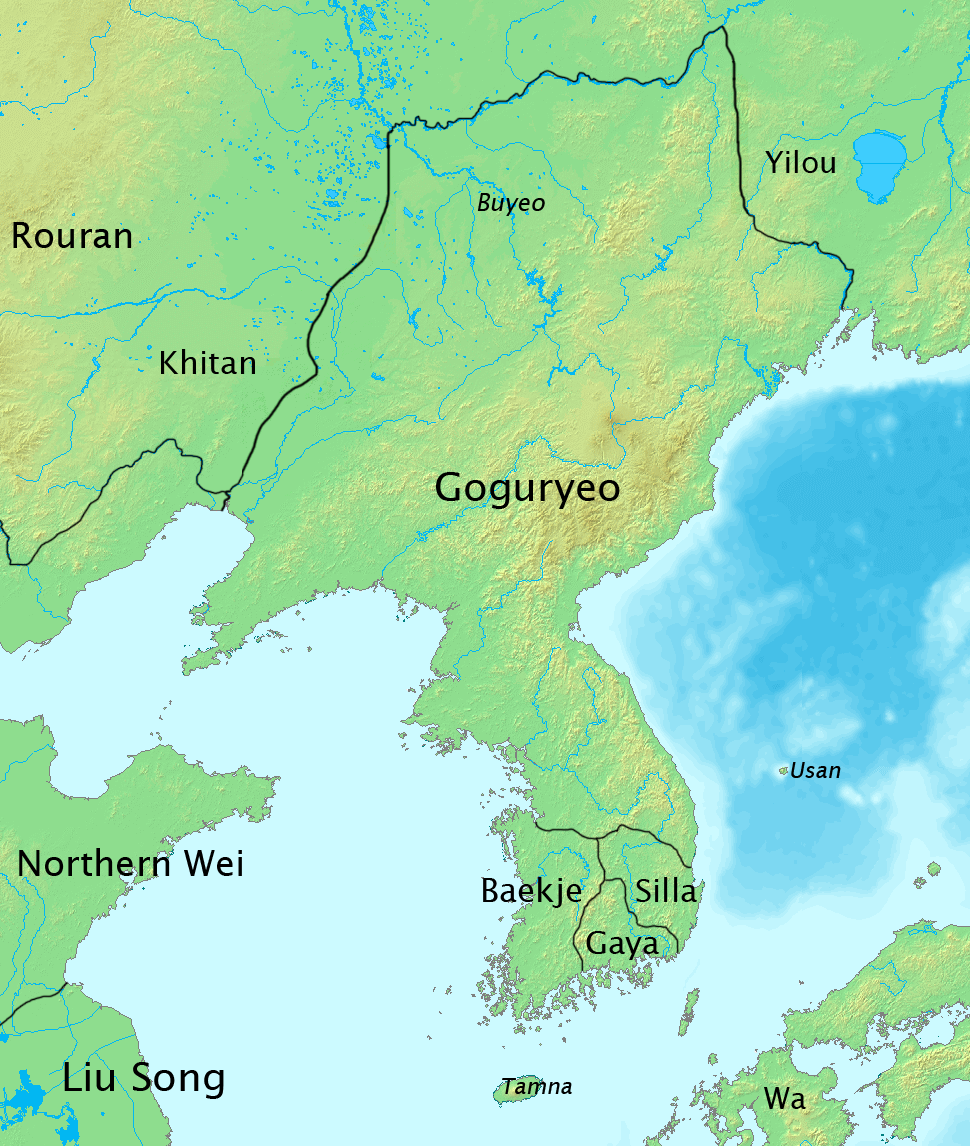
Within South Korea, "Hanguk" (한국HangukKorean) is the most common way to refer to the country. The full official name, "Daehan Minguk" (대한민국Daehan MingukKorean), is used in formal contexts, legal documents, and national anthems. South Koreans often refer to their nation as "uri nara" (우리 나라uri naraKorean), meaning "our country." The literal translation of South Korea, "Namhan" (남한NamhanKorean, "South Han"), is used primarily when distinguishing it from North Korea, especially in contexts discussing the division or inter-Korean relations.
North Koreans refer to South Korea as "Namjosŏn" (남조선NamjoseonKorean, "South Joseon"), derived from "Joseon" (조선JoseonKorean), which is the name North Korea uses for Korea as a whole.
Internationally, "Korea" is the most widely used exonym. In formal international settings, "Republic of Korea" or its abbreviation "ROK" is used. In many languages, the name for Korea is derived from "Goryeo." For example, in French it is Corée, in Spanish Corea, and in German Korea. In Chinese, South Korea is commonly referred to as 韩国HánguóChinese, and in Japanese as 韓国KankokuJapanese. The term 南朝鮮Nán CháoxiǎnChinese (South Joseon) was also used in China before the establishment of diplomatic relations.
The use of "Daehan Minguk" is sometimes extended by South Koreans as a metonym to refer to the Korean ethnicity or "race" as a whole, rather than just the South Korean state. For many, "Daehan Minguk" is simply the full name for "Hanguk," representing the homeland itself, established thousands of years ago, rather than just the state formed in 1948.
3. History
The Korean Peninsula's history spans from prehistoric settlements and ancient kingdoms like Gojoseon, through the Three Kingdoms, Goryeo, and Joseon dynasties. The 20th century brought Japanese colonial rule, division, the Korean War, and a path through authoritarianism towards the democratic Sixth Republic.
3.1. Prehistory and Ancient States
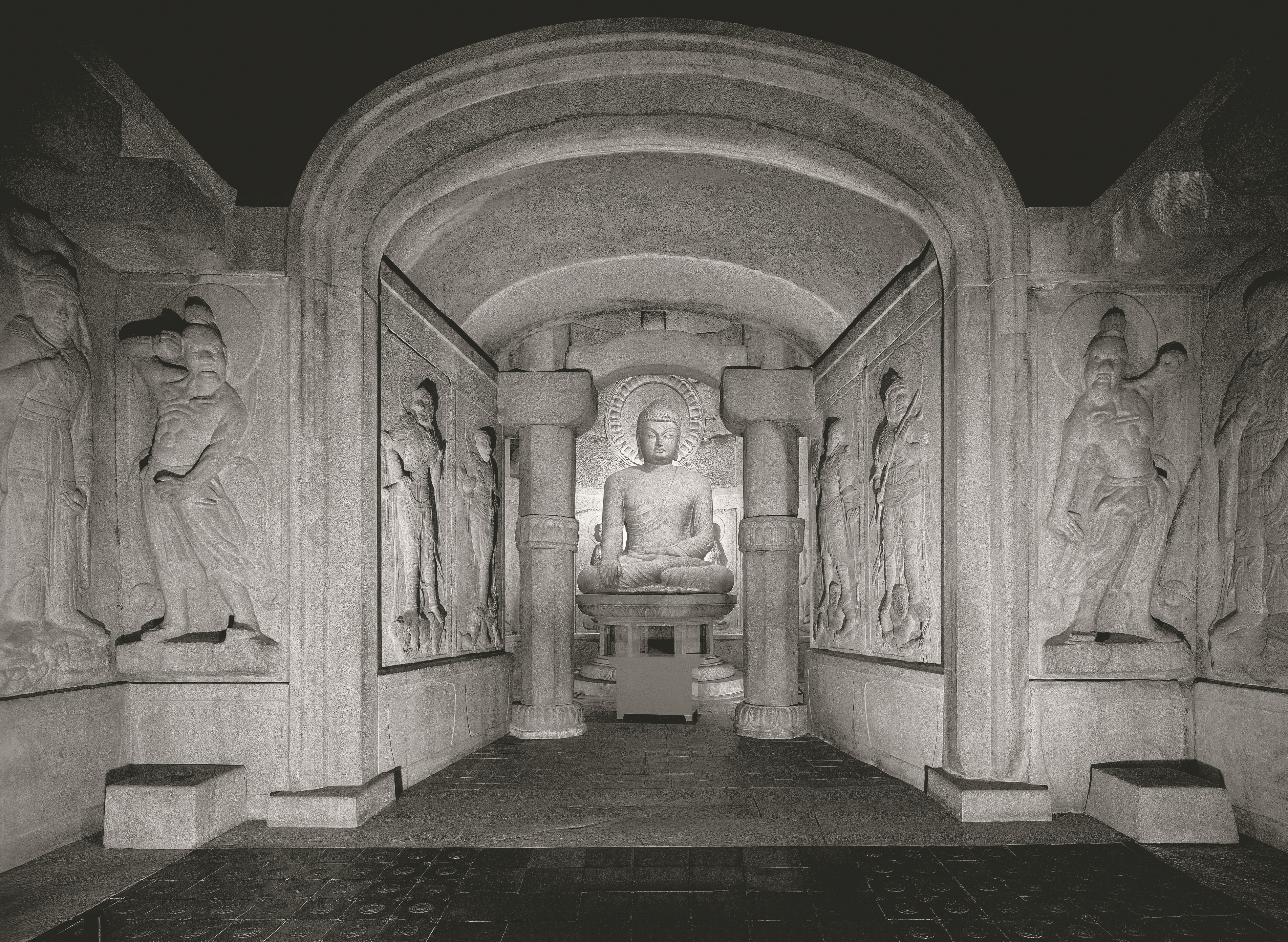
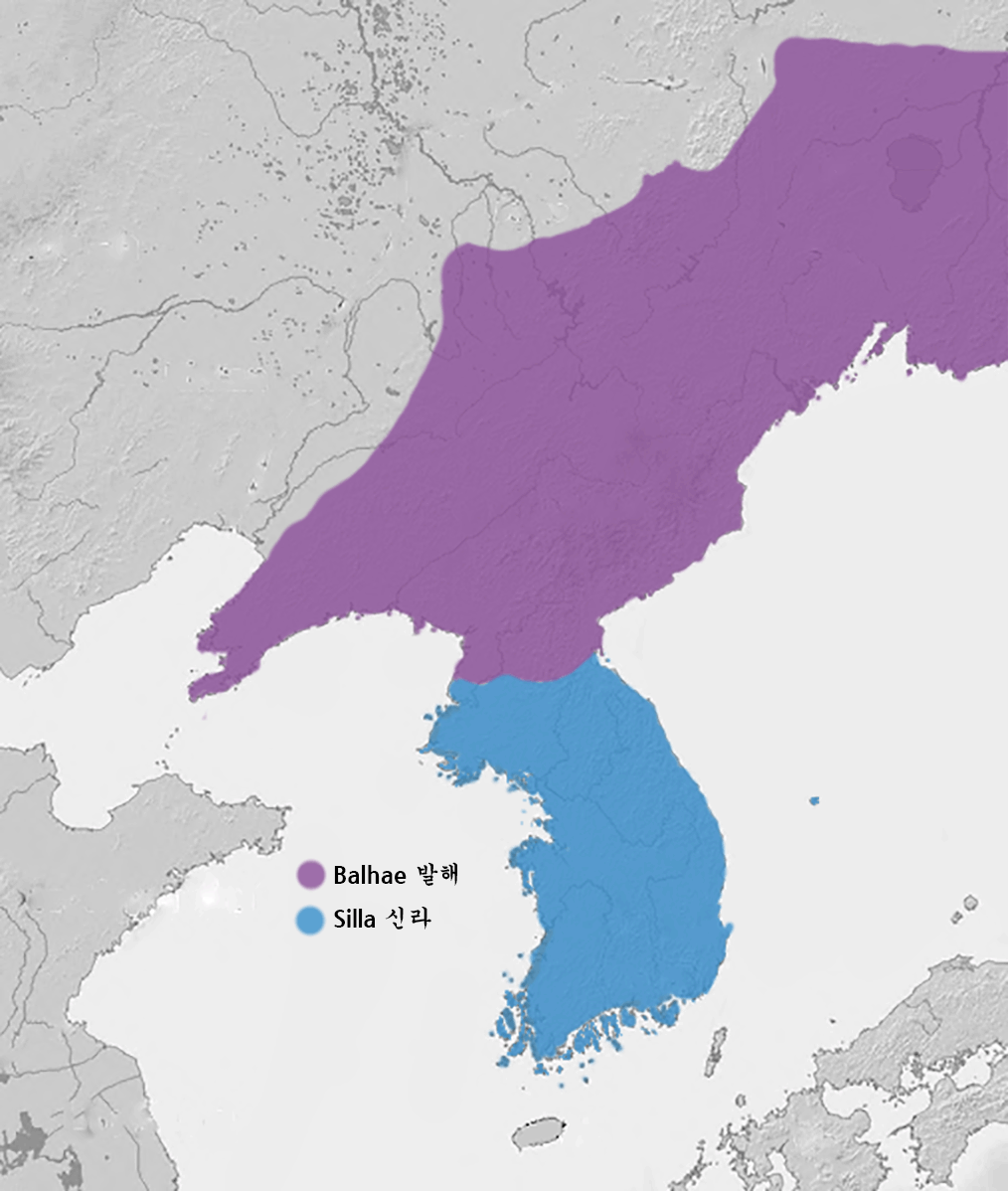
The Korean Peninsula was inhabited as early as the Lower Paleolithic period. Archaeological evidence indicates human presence dating back approximately 700,000 years. The history of Korea, according to its founding mythology, begins with the establishment of Gojoseon (also known as Old Joseon) in 2333 BCE by the legendary figure Dangun Wanggeom. While Dangun is a mythological figure, Gojoseon itself is historically noted in Chinese records from the early 7th century BCE. Gojoseon expanded to control the northern Korean Peninsula and parts of Manchuria. Another early state, Gija Joseon, purportedly founded in the 12th century BCE, remains a subject of historical debate regarding its existence and role.
Around 300 BCE, Japonic-speaking Yayoi people from the Korean Peninsula are believed to have migrated to the Japanese islands, displacing or intermingling with the indigenous Jōmon population. Proto-Koreans are thought to have arrived in the southern part of the Korean Peninsula around the same time, possibly from southern Siberia or Manchuria, replacing and assimilating earlier Japonic-speaking groups and likely contributing to the Yayoi migration.
In 108 BCE, the Han dynasty of China defeated Wiman Joseon (a successor state to Gojoseon) and established four commanderies in the northern Korean Peninsula. Three of these commanderies fell or retreated within a few decades. The Lelang Commandery persisted as a trade center until it was conquered by Goguryeo in 313 CE.
The period from roughly the 1st century BCE to the 3rd century CE is known as the Proto-Three Kingdoms period. During this time, states such as Buyeo, Okjeo, Dongye, and the Samhan confederacies (Mahan, Jinhan, and Byeonhan) occupied the peninsula and southern Manchuria. These entities were precursors to the more centralized kingdoms that followed.
3.2. Three Kingdoms and North-South States Period
From the 1st century BCE, various polities consolidated into the rival kingdoms of Goguryeo, Baekje, and Silla, marking the beginning of the Three Kingdoms period (57 BCE - 668 CE).
Goguryeo (37 BCE - 668 CE), located in the northern part of the peninsula and extending into Manchuria, was the largest and most powerful of the three. It was a highly militaristic state that frequently clashed with Chinese dynasties. Goguryeo reached its zenith under Gwanggaeto the Great and his son Jangsu, who subdued Baekje and Silla, achieving a brief unification and becoming the dominant power on the peninsula. Goguryeo famously repelled a massive Sui Chinese invasion in the Goguryeo-Sui War.
Baekje (18 BCE - 660 CE), situated in the southwestern part of the peninsula, was a significant maritime power, sometimes referred to as the "Phoenicia of East Asia." Its naval capabilities were crucial in disseminating Buddhism throughout East Asia and spreading continental culture to Japan. Baekje was a major military power, especially under King Geunchogo, but was later weakened by Goguryeo.
Silla (57 BCE - 935 CE), located in the southeastern part, was initially the smallest and weakest. However, through strategic alliances, including with Tang China, Silla eventually conquered Baekje in 660 CE and Goguryeo in 668 CE, unifying most of the Korean Peninsula for the first time.
The period following Silla's unification is known as the North-South States Period (698-926 CE). While Later Silla (668-935 CE) controlled most of the peninsula, the kingdom of Balhae (698-926 CE) emerged in the north, founded by a Goguryeo general, Dae Jo-yeong. Balhae controlled former Goguryeo territories, including much of Manchuria and parts of the Russian Far East, and was known as the "Prosperous Country in the East."
Later Silla was a wealthy and cultured state. Its capital, Gyeongju, became one of the largest cities in the world at the time. This era was a golden age of Korean art and culture, exemplified by Hwangnyongsa temple, Seokguram Grotto, and the Emille Bell. Silla also inherited Baekje's maritime prowess, dominating trade between China, Korea, and Japan, especially during the time of Jang Bogo. Silla communities were established overseas in China, on the Shandong Peninsula and near the Yangtze River.
Buddhism flourished during this period, with many Korean Buddhist monks gaining fame in China and contributing significantly to Chinese Buddhism. Notable figures include Woncheuk, Wonhyo, Uisang, and Kim Gyo-gak, a Silla prince whose influence made Mount Jiuhua one of the Four Sacred Mountains of Chinese Buddhism. However, internal strife and the resurgence of successor states, Later Baekje and Taebong (Later Goguryeo), led to the decline of Silla and the onset of the Later Three Kingdoms period in the late 9th century.
3.3. Goryeo Dynasty
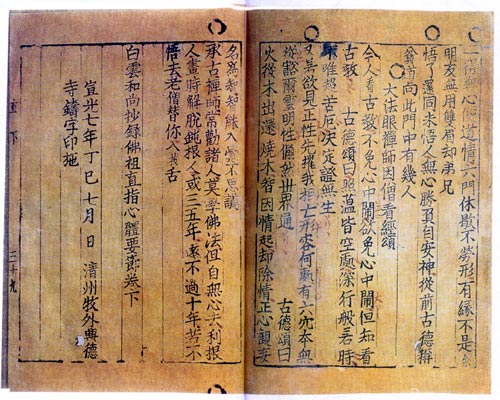
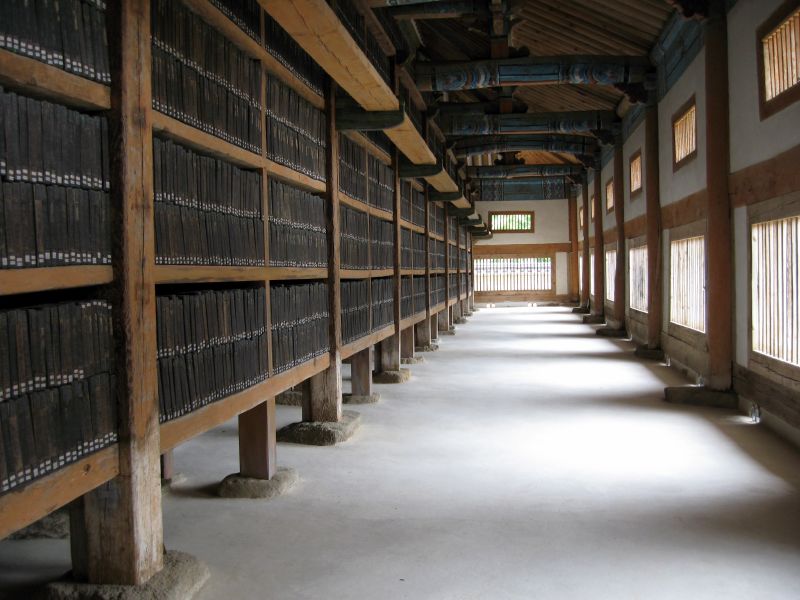
In 918, Wang Geon, a prominent general, founded the Goryeo dynasty (918-1392), proclaiming it as the successor to Goguryeo. By 936, Goryeo had unified the Later Three Kingdoms. When Balhae fell to the Khitan Liao dynasty in 926, many of its ruling class, who were of Goguryeo descent, fled south to Goryeo. Wang Geon warmly welcomed them, including Balhae's last crown prince, Dae Gwang-hyeon, thereby integrating the two successor nations of Goguryeo.
Goryeo was a highly cultural state. It is credited with the invention of the world's first metal movable type printing press in 1234, preceding Gutenberg's invention in Europe. One of its most significant cultural achievements was the creation of the Tripitaka Koreana, a comprehensive collection of Buddhist scriptures carved onto over 80,000 wooden blocks.
Goryeo faced significant external threats. It successfully repelled invasions by the Khitan Liao dynasty in the Goryeo-Khitan War (993-1019). After defeating the Khitans, Goryeo experienced a golden age lasting about a century, marked by developments in printing, publishing, education, philosophy, literature, religion, and science. By 1100, there were 12 universities that produced notable scholars.
However, the Mongol invasions in the 13th century severely weakened the kingdom. After three decades of fierce resistance, Goryeo was forced to become a tributary ally to the Mongol Yuan dynasty for nearly 86 years. During this period, Goryeo kings often married Mongol princesses, and the last empress of the Yuan dynasty, Empress Gi, was a Korean princess. In the mid-14th century, as the Yuan dynasty weakened, Goryeo managed to drive out the Mongols, regain its northern territories, and even briefly conquered Liaoyang. It also defeated invasions by the Red Turbans.
Despite these successes, internal strife and the growing power of the military class led to Goryeo's decline. In 1392, General Yi Seong-gye, who had been ordered to attack the Ming dynasty of China, turned his army around and staged a coup, overthrowing the Goryeo dynasty and establishing a new one.
3.4. Joseon Dynasty and Korean Empire
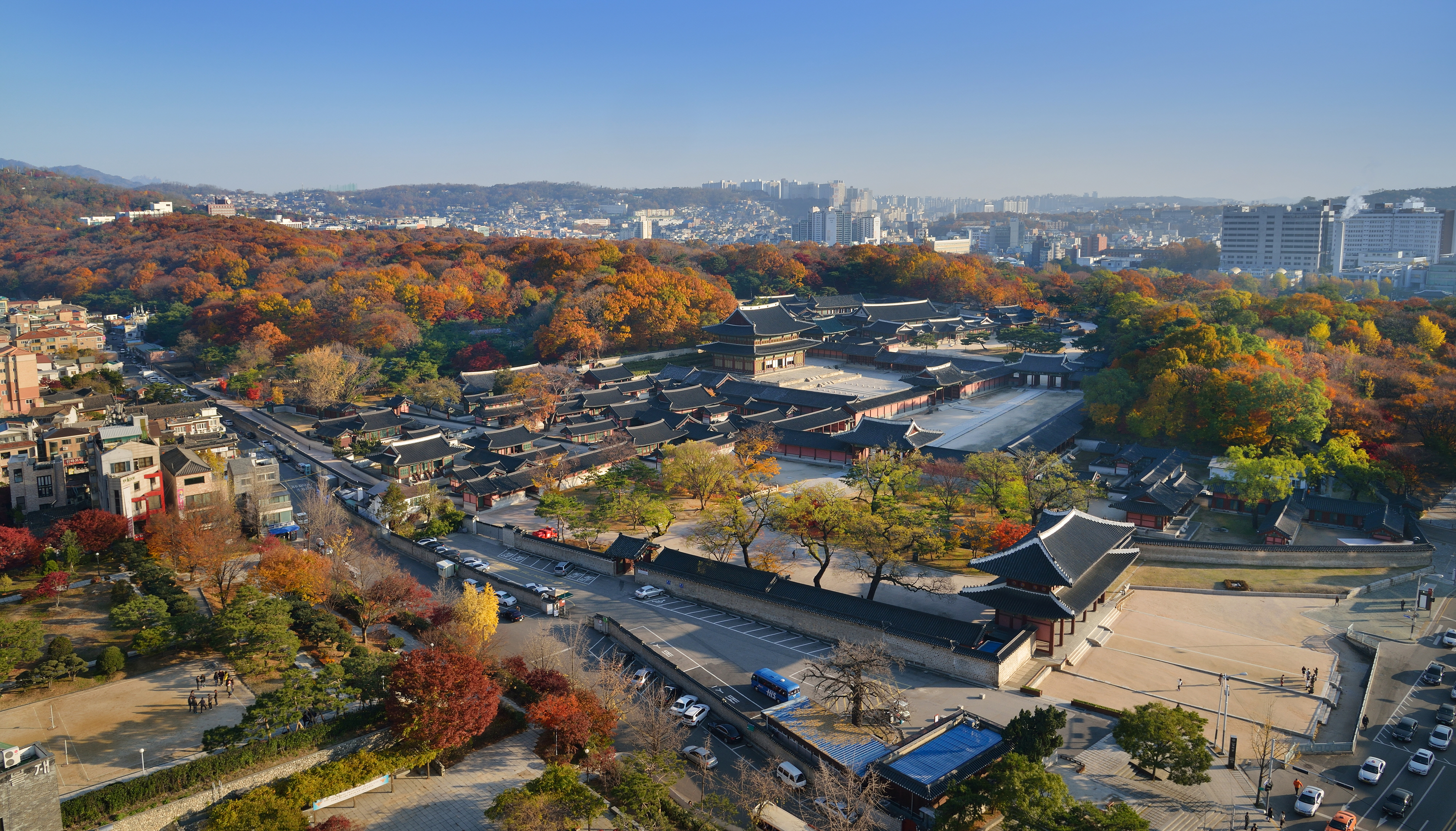
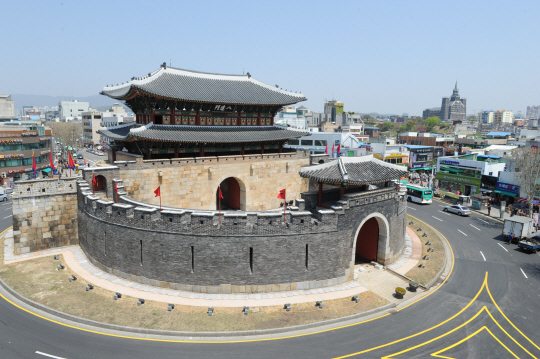
Yi Seong-gye, who became King Taejo of Joseon, founded the Joseon dynasty in 1392. He moved the capital to Hanseong (present-day Seoul) and named the new dynasty "Joseon" in reference to the ancient Gojoseon. The first 200 years of the Joseon dynasty were marked by relative peace and significant cultural and scientific achievements. Neo-Confucianism became the state ideology, influencing governance, society, and culture. The seonbi class, scholar-officials who valued study and integrity, played a crucial role in Joseon society.
A major cultural achievement of this era was the creation of the Korean alphabet, Hangul, by King Sejong the Great in 1443, promulgated in 1446. Hangul was designed to be easy to learn, promoting literacy among the common people. King Sejong's reign also saw advancements in science, agriculture, and technology.
From 1592 to 1598, Japan, under Toyotomi Hideyoshi, launched the Imjin War, attempting to conquer Korea as a prelude to invading China. The invasions caused immense devastation. However, Korean forces, notably the navy led by Admiral Yi Sun-sin with his innovative "turtle ships," along with righteous armies (civilian militias) and assistance from Ming China, successfully repelled the Japanese.
Following the Imjin War, Joseon entered a period of isolationism. In the early 17th century, Joseon faced invasions from the Manchus, who subsequently established the Qing dynasty in China. After normalizing relations with the Qing, Joseon experienced nearly 200 years of peace. The 18th century, particularly under Kings Yeongjo and Jeongjo, is considered a renaissance period for the Joseon dynasty, with cultural and intellectual flourishing.
However, by the 19th century, Joseon faced internal and external challenges. The government was weakened by factional strife and corruption, often dominated by powerful royal in-law families. Economic difficulties and peasant uprisings, such as the Donghak Peasant Revolution, became more frequent. The policy of isolationism, earning Korea the nickname "hermit kingdom," proved increasingly untenable as Western powers and a modernizing Japan sought to open Korea to trade and influence. This pressure led to treaties like the Joseon-United States Treaty of 1882, which forced Korea to open its borders.
In 1897, amidst growing Japanese influence and the decline of Qing China (defeated in the First Sino-Japanese War), King Gojong proclaimed the Korean Empire (대한제국Daehan JegukKorean), asserting Korea's sovereignty and initiating the Gwangmu Reform aimed at modernization. However, these efforts were insufficient to counter rising Japanese imperialism. After the Russo-Japanese War (1904-1905), Japan established a protectorate over Korea with the Eulsa Treaty and formally annexed Korea in 1910, ending the Joseon dynasty and the Korean Empire.
3.5. Japanese Colonial Rule

The period of Japanese colonial rule lasted from 1910 to 1945. This era brought significant social, economic, and cultural changes to Korea, largely imposed by the Japanese colonial administration for its own benefit and to assimilate Koreans into the Japanese Empire.
Political and Social Control:
Japan established a highly centralized and authoritarian colonial government, the Government-General of Chosen. Koreans were stripped of political rights and subjected to discriminatory policies. Freedom of speech, assembly, and the press were severely restricted. The Japanese implemented policies aimed at cultural assimilation, including the promotion of the Japanese language and Shintoism, and the suppression of Korean language, history, and culture. In the later colonial period, Koreans were forced to adopt Japanese names (Sōshi-kaimei) and worship at Shinto shrines.
Economic Changes:
The colonial government focused on developing Korea's economy to serve Japanese interests. Infrastructure such as railways, roads, and ports was expanded, primarily to facilitate the exploitation of Korean resources and their transport to Japan. Korean land was surveyed and much of it was transferred to Japanese ownership or control, leading to displacement of Korean farmers. Industries were developed, particularly in mining and manufacturing, but these were largely owned and managed by Japanese, with Koreans often providing cheap labor under harsh conditions. While there was some modernization and industrialization, the benefits largely accrued to Japan and Japanese settlers in Korea, and Korean industries were often suppressed if they competed with Japanese ones. The economic policies led to significant social stratification and hardship for many Koreans.
Korean Independence Movement:
Despite harsh repression, the Korean independence movement persisted throughout the colonial period. A major catalyst was the March First Movement in 1919, a nationwide series of demonstrations against Japanese rule, sparked by the death of Emperor Gojong and inspired by Woodrow Wilson's principle of self-determination. Although brutally suppressed by the Japanese, the March 1st Movement demonstrated the Korean people's strong desire for independence and led to the establishment of the Provisional Government of the Republic of Korea in Shanghai, China.
Various independence groups operated both within Korea and in exile, primarily in China, Manchuria, and the United States. These groups engaged in activities ranging from armed struggle and guerrilla warfare to diplomatic efforts and cultural preservation. Key figures in the independence movement included Kim Ku, Syngman Rhee, Ahn Changho, and Yun Bong-gil. During World War II, some Korean activists collaborated with Allied forces, hoping for liberation upon Japan's defeat.
Impact on Civilians and Human Rights:
The Japanese colonial period was marked by widespread human rights abuses. Koreans faced forced labor in mines, factories, and military construction projects, particularly during World War II. Tens of thousands of Korean women were coerced into sexual slavery as "comfort women" for the Japanese military. These atrocities have left deep scars and remain a contentious issue in relations between Korea and Japan. The suppression of Korean identity and the imposition of Japanese culture aimed to erase Korean national consciousness, causing profound cultural and psychological trauma.
Japanese colonial rule ended with Japan's unconditional surrender to the Allies on August 15, 1945. However, liberation did not lead to immediate independence for a unified Korea but rather to the division of the peninsula at the 38th parallel, with the Soviet Union occupying the north and the United States occupying the south. This division set the stage for future conflict and remains a painful legacy.
3.6. Korean War
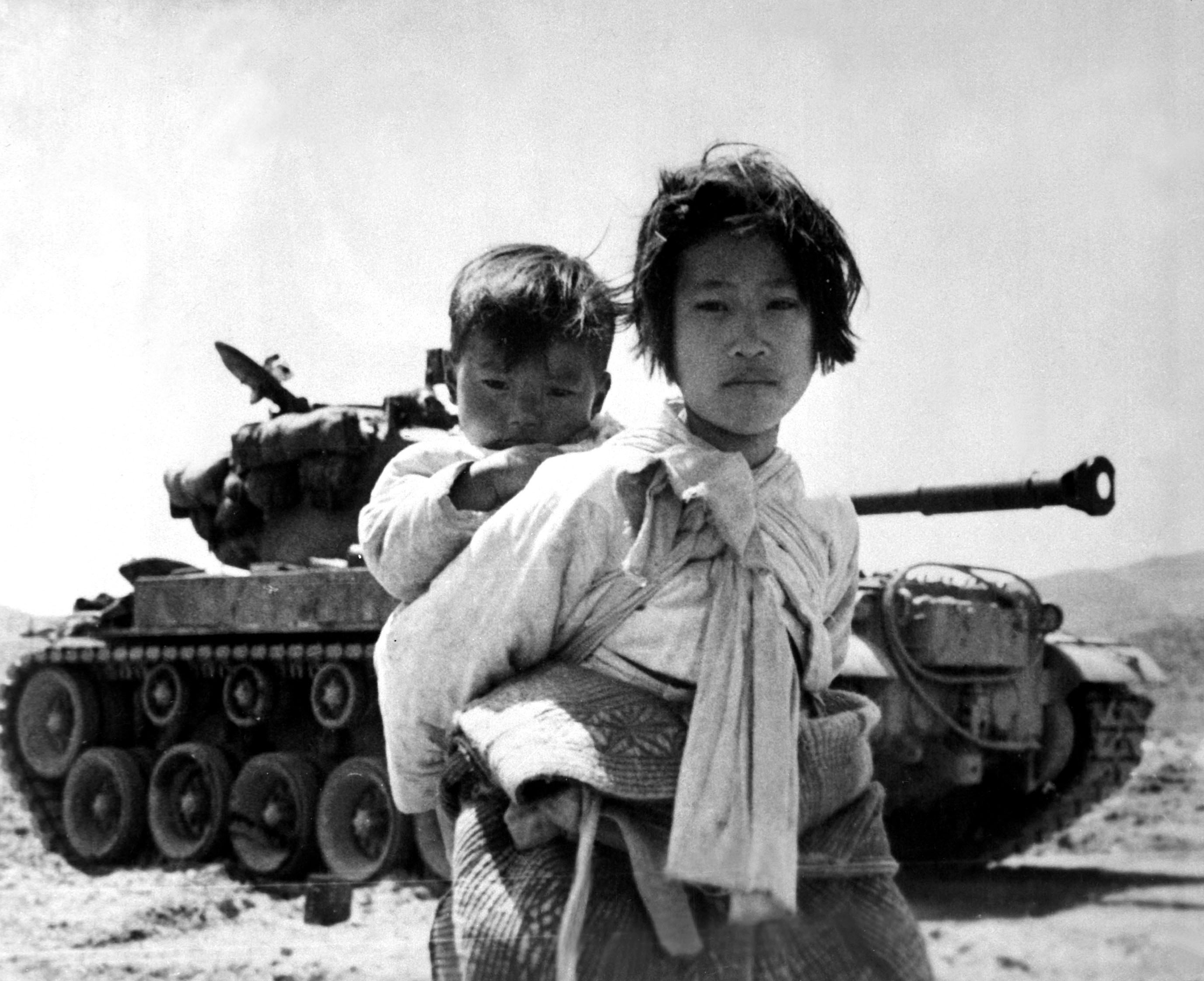
The Korean War (1950-1953) was a devastating conflict that had profound and lasting consequences for the Korean Peninsula and its people. After the division of Korea into two zones of occupation following World War II, negotiations for reunification failed. The southern zone became the Republic of Korea (South Korea) in August 1948, and the northern zone became the Democratic People's Republic of Korea (North Korea) in September 1948. Both states claimed sovereignty over the entire peninsula.
Causes and Outbreak:
Tensions between the two Koreas escalated, fueled by ideological differences (communism in the North, anti-communism in the South) and the broader Cold War rivalry between the Soviet Union and the United States. On June 25, 1950, North Korean forces, backed by the Soviet Union and China, launched a surprise invasion across the 38th parallel, aiming to reunify Korea under communist rule.
Progression and International Involvement:
The North Korean army initially overwhelmed the ill-equipped South Korean forces, capturing Seoul within days. The United Nations Security Council, with the Soviet Union boycotting, condemned the invasion and authorized a military intervention. A UN force, predominantly composed of U.S. troops and led by General Douglas MacArthur, was dispatched to defend South Korea.
The UN forces, after initial setbacks, launched a successful amphibious landing at Incheon in September 1950, cutting off North Korean supply lines and pushing them back across the 38th parallel. UN forces then advanced deep into North Korea, approaching the Chinese border. This prompted China to intervene in October 1950, sending massive numbers of Chinese "volunteer" troops across the Yalu River. The Chinese intervention forced a UN retreat, and Seoul was recaptured by communist forces in January 1951, then retaken by UN forces in March 1951.
The war devolved into a brutal stalemate around the 38th parallel, characterized by trench warfare and heavy casualties on both sides. Armistice negotiations began in July 1951 but dragged on for two years due to disagreements over issues like prisoner of war repatriation.
Consequences and Impact:
The Korean War ended on July 27, 1953, with the signing of the Korean Armistice Agreement. However, no formal peace treaty was ever signed, meaning the two Koreas technically remain at war. The armistice established the Korean Demilitarized Zone (DMZ), a heavily fortified buffer zone roughly along the 38th parallel.
The war had catastrophic consequences:
- Humanitarian Impact: Approximately 3 million Koreans, both civilian and military, died in the conflict. Millions more became refugees, and families were tragically separated by the division, many remaining so to this day. The civilian death toll was proportionally higher than in World War II or the Vietnam War. Widespread atrocities were committed by both sides.
- Devastation: The peninsula was ravaged. Virtually all major cities in both North and South Korea were destroyed by extensive bombing campaigns and ground combat. Infrastructure, industry, and agriculture were decimated, leaving both economies in ruins.
- Political and Social Impact: The war solidified the division of Korea and entrenched the ideological divide. In South Korea, the war led to increased anti-communist sentiment and provided a pretext for authoritarian rule under leaders like Syngman Rhee, who promoted an ideology of ethnic homogeneity and national unity under strong leadership known as Ilminism ("One-People Principle") to build an obedient citizenry. The war also deepened the Cold War, becoming one of its first major proxy conflicts and demonstrating the potential for global confrontation. The US military presence in South Korea was solidified, forming a long-standing alliance.
- Economic Impact: The destruction left both Koreas impoverished. South Korea, in particular, faced a monumental task of reconstruction in the post-war years.
The Korean War remains a pivotal and traumatic event in Korean history, shaping the political, social, and emotional landscape of the peninsula to this day. The unresolved conflict and the division continue to be major sources of tension and instability in Northeast Asia.
3.7. Post-War Reconstruction and Authoritarian Rule
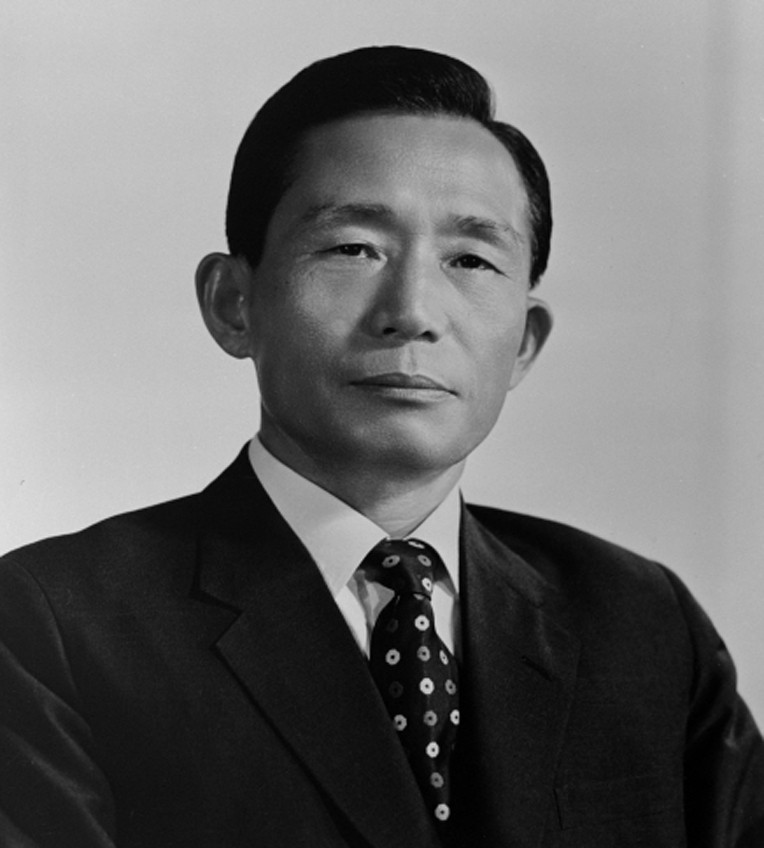
Following the devastation of the Korean War, South Korea embarked on a challenging period of reconstruction and nation-building. This era was characterized by significant economic hardship, political instability, and the rise of authoritarian regimes that prioritized economic growth, often at the expense of democratic freedoms and human rights.
The First Republic and Syngman Rhee (1948-1960):
The First Republic was established under President Syngman Rhee. His government faced the immense task of rebuilding a war-torn country while grappling with political divisions and ongoing threats from North Korea. Rhee's rule became increasingly autocratic. He amended the constitution to prolong his power, suppressed political opposition, and rigged elections. Corruption was rampant, and economic progress was slow, leading to widespread public discontent. The human cost of his policies included suppression of dissent and neglect of social welfare. The growing dissatisfaction culminated in the April Revolution of 1960, a student-led uprising triggered by outrage over election fraud, which forced Rhee to resign and flee into exile.
The Second Republic and Political Instability (1960-1961):
The Second Republic, established after the April Revolution, adopted a parliamentary system with Yun Posun as President and Chang Myon as Prime Minister. While it brought a brief period of increased political freedom, the government was plagued by factionalism, indecisiveness, and an inability to address pressing economic and social problems. This political instability created a power vacuum.
The May 16 Coup and Park Chung-hee's Rise (1961):
On May 16, 1961, General Park Chung Hee led a military coup d'état, overthrowing the weak Second Republic. Park established the Supreme Council for National Reconstruction, a military junta, and later became president in 1963, ushering in an era of prolonged authoritarian rule.
The Park Chung-hee Era (1961-1979): Rapid Economic Growth and Political Repression:
Park Chung-hee's regime is a complex period in South Korean history, marked by extraordinary economic development alongside severe political repression and human rights abuses.
- Economic Development (Miracle on the Han River): Park implemented a series of ambitious five-year economic development plans, focusing on export-oriented industrialization. The government played a strong role in guiding the economy, fostering the growth of large family-controlled conglomerates known as chaebol (e.g., Samsung, Hyundai, LG). South Korea achieved astonishingly rapid economic growth, transforming from one of the world's poorest countries into an emerging industrial power. This period is often referred to as the "Miracle on the Han River." Nationwide expressway systems and the Seoul subway system were developed. However, this growth came with significant human costs. Workers faced long hours, low wages, and harsh working conditions, with labor unions and strikes often brutally suppressed. Environmental concerns were largely ignored in the pursuit of rapid industrialization.
- Political Repression and Human Rights: Park's rule was dictatorial. He maintained power through the Korean Central Intelligence Agency (KCIA), which was notorious for suppressing dissent, torturing activists, and monitoring the population. Freedom of speech, press, and assembly were severely curtailed. In 1972, Park declared martial law and introduced the Yusin Constitution, which effectively granted him dictatorial powers and allowed him to rule indefinitely. Opposition leaders, students, intellectuals, and labor activists who called for democracy and human rights faced imprisonment, torture, and even death. The regime used anti-communism as a pretext to justify its repressive measures.
- Vietnam War Involvement: South Korea sent a large contingent of troops to fight alongside the United States in the Vietnam War, which provided economic benefits but also involved Korean soldiers in a brutal conflict, leading to later controversies over alleged atrocities.
Park Chung-hee was assassinated by his KCIA chief, Kim Jae-gyu, on October 26, 1979. His death ended nearly two decades of iron-fisted rule and plunged South Korea into another period of political uncertainty. The legacy of this era remains contested, with debates over balancing the undeniable economic achievements against the severe human rights violations and suppression of democracy.
3.8. Fifth Republic and Democratization Movements

The assassination of Park Chung-hee in October 1979 created a political vacuum and hopes for democratization, often referred to as the "Seoul Spring." However, this period was short-lived as a new military group seized power, leading to further repression and a intensified struggle for democracy.
Emergence of the Shin-gunbu (New Military Group) and the Coup d'état of December Twelfth:
Following Park's death, a power struggle ensued within the military. On December 12, 1979, Major General Chun Doo-hwan, head of the Defense Security Command, along with other military hardliners (known as the Shin-gunbu or New Military Group), staged a coup d'état, effectively seizing control of the military and, by extension, the government. This coup dashed the hopes for a swift transition to democracy.
The Gwangju Uprising (May 1980):
As Chun Doo-hwan consolidated his power, student protests and demands for democracy grew across the country. In May 1980, Chun expanded martial law, banned political activities, and arrested opposition leaders, including Kim Dae-jung. These actions ignited massive protests, particularly in the city of Gwangju in southwestern Korea.
From May 18 to May 27, 1980, citizens of Gwangju, including students and ordinary people, rose up against the military junta in what became known as the Gwangju Uprising (or Gwangju Democratization Movement). The protests began peacefully but escalated after paratroopers deployed by the Shin-gunbu responded with extreme brutality, firing on and bayoneting unarmed demonstrators. Citizens armed themselves by raiding police stations and armories, forming militias to defend themselves.
The Shin-gunbu isolated Gwangju and launched a full-scale military operation to crush the uprising. On May 27, army troops stormed the city, resulting in a massacre. The official death toll was around 200, but civilian estimates range much higher, potentially into the thousands. The Gwangju Uprising became a pivotal event in South Korea's democratization movement, a symbol of resistance against military dictatorship and a testament to the brutality of the regime. The memory of Gwangju fueled anti-government sentiment and the democratic struggle for years to come, highlighting the immense human cost of authoritarian rule and the sacrifices made by those who fought for freedom.
The Fifth Republic under Chun Doo-hwan (1980-1988):
After brutally suppressing the Gwangju Uprising, Chun Doo-hwan solidified his grip on power. He established the Fifth Republic and became president in September 1980 through an indirect election by an electoral college. Chun's regime was characterized by continued political repression, restrictions on civil liberties, and control over the media. Human rights abuses, including torture of political prisoners, were common. However, the economy continued to grow, and South Korea successfully hosted the 1986 Asian Games and was awarded the 1988 Seoul Olympics. Chun's government also implemented some social reforms, such as the abolition of the nighttime curfew and the liberalization of school uniforms, in an attempt to gain public support.
The June Democratic Struggle (1987) and Transition to Democracy:
Despite the repression, the desire for democracy remained strong. The Chun regime's authoritarianism, combined with a series of scandals and the growing awareness of human rights abuses, fueled widespread discontent. A key turning point came in January 1987 with the torture and death of a Seoul National University student, Park Jong-chul, while under police custody. The government's attempts to cover up the incident further enraged the public.
In June 1987, following Chun Doo-hwan's announcement that he would handpick his successor, Roh Tae-woo, massive, sustained protests erupted across the country. This nationwide movement, known as the June Democratic Struggle, involved millions of citizens from all walks of life demanding direct presidential elections and constitutional reforms. Facing overwhelming public pressure and the potential disruption of the upcoming Seoul Olympics, the Chun regime was forced to concede.
On June 29, 1987, Roh Tae-woo, Chun's designated successor, issued the June 29 Declaration, acceding to the key demands of the protesters, including direct presidential elections and the release of political prisoners. This declaration marked a critical victory for the democratization movement.
A new constitution, providing for direct presidential elections and greater protection of civil liberties, was approved by a national referendum in October 1987. In the presidential election held in December 1987, Roh Tae-woo won, partly due to a split in the opposition vote between Kim Young-sam and Kim Dae-jung. However, the election itself signified the end of direct military rule and the beginning of South Korea's transition to a more democratic system. The sacrifices of those involved in movements like the Gwangju Uprising and the June Democratic Struggle were instrumental in achieving this hard-won democracy.
3.9. Sixth Republic and Contemporary Era
The Sixth Republic began with the inauguration of President Roh Tae-woo in February 1988, marking a formal transition to a more democratic system following the June Democratic Struggle. This era has been characterized by the consolidation of democratic institutions, significant social and economic changes, evolving inter-Korean relations, and ongoing challenges, with a focus on democratic development, human rights, and social justice.
3.9.1. Civilian and People's Governments (Kim Young-sam, Kim Dae-jung)
The administrations of Kim Young-sam (1993-1998) and Kim Dae-jung (1998-2003) marked significant milestones in South Korea's democratic consolidation. Kim Young-sam, the first civilian president in over three decades, initiated anti-corruption drives, including the prosecution of former presidents Chun Doo-hwan and Roh Tae-woo, and restored local autonomy. However, his term was marred by the 1997 Asian financial crisis. Kim Dae-jung, a renowned pro-democracy activist, implemented economic reforms to overcome the crisis and pursued the "Sunshine Policy" of engagement with North Korea, leading to the first Inter-Korean summit in 2000 and earning him the Nobel Peace Prize. His government also advanced democracy and human rights, establishing the National Human Rights Commission of Korea. Both presidencies had lasting impacts on South Korea's democratic practices and economic structure.
3.9.2. Participatory and Lee Myung-bak Governments (Roh Moo-hyun, Lee Myung-bak)
Roh Moo-hyun (2003-2008), a human rights lawyer, continued the Sunshine Policy, held a second Inter-Korean Summit, and pursued decentralization and anti-corruption reforms. His presidency was marked by political polarization and the controversial Korea-US Free Trade Agreement (KORUS FTA). Lee Myung-bak (2008-2013), a conservative former CEO, focused on economic revitalization ("MBnomics") and oversaw projects like the Four Major Rivers Restoration. He adopted a harder line on North Korea, leading to deteriorated relations and incidents like the ROKS Cheonan sinking and Bombardment of Yeonpyeong. While achieving some economic stability and hosting the 2010 G-20 Seoul summit, his administration faced criticism for a perceived rollback of democratic freedoms and media controls.
3.9.3. Park Geun-hye and Moon Jae-in Governments
Park Geun-hye (2013-2017), the country's first female president, pursued a "Creative Economy" and initially "Trustpolitik" with North Korea, though relations later worsened. Her term was consumed by the Choi Soon-sil scandal, leading to massive candlelight protests and her impeachment and removal from office in 2017. This crisis tested democratic institutions but also damaged public trust. Moon Jae-in (2017-2022) prioritized engagement with North Korea, holding summits and brokering US-North Korea talks, though denuclearization efforts stalled. His "income-led growth" policy had mixed results. His government also received praise for its initial COVID-19 response. While strengthening democratic norms, his term faced political polarization and a housing crisis.
3.9.4. Yoon Suk Yeol Government
Yoon Suk Yeol, a conservative former Prosecutor General, was inaugurated in May 2022. His administration adopted a hardline stance towards North Korea, focused on private sector-led economic growth, and prioritized strengthening alliances with the United States and Japan. Domestically, he faced challenges like housing prices and political polarization. His tenure has been met with criticism from a center-left perspective regarding press freedom, labor rights, and gender equality policies. A significant crisis occurred on December 3, 2024, when President Yoon declared martial law, citing alleged anti-state activities. This was swiftly nullified by the National Assembly and widely condemned as an assault on democracy, leading to his impeachment on December 14, 2024. Following his impeachment, Han Duck-soo served as acting president. On December 1, 2024, Han Duck-soo resigned as acting president to run in the upcoming presidential election, marking the first time in South Korean constitutional history that an acting president resigned to run for president. Subsequently, Choi Sang-mok, the Deputy Prime Minister and Minister of Economy and Finance, was expected to assume the role of acting president, but he also resigned on the same day amidst an impeachment attempt by the opposition party, with his resignation being accepted by Han Duck-soo shortly before the end of his term as acting president. As a result, Lee Ju-ho, the Deputy Prime Minister and Minister of Education, became the acting president. On April 4, 2025, the Constitutional Court unanimously upheld the National Assembly's impeachment motion, removing Yoon Suk Yeol from office. The court cited his mobilization of military and police forces to undermine constitutional bodies like the National Assembly and infringe upon citizens' basic human rights as reasons for his removal. His removal occurred 1060 days into his term. Following the Constitutional Court's decision, the presidential office became vacant. A snap presidential election was held, and Lee Jae-myung of the Democratic Party of Korea was officially confirmed as the 21st President by the National Election Commission on June 4, 2025, with his term beginning immediately upon the commission's decision.
4. Geography
South Korea, occupying the southern Korean Peninsula, features mountainous terrain, coastal plains, and numerous islands. Its geography influences its climate, ecosystems, and distribution of natural resources.
4.1. Topography and Geology
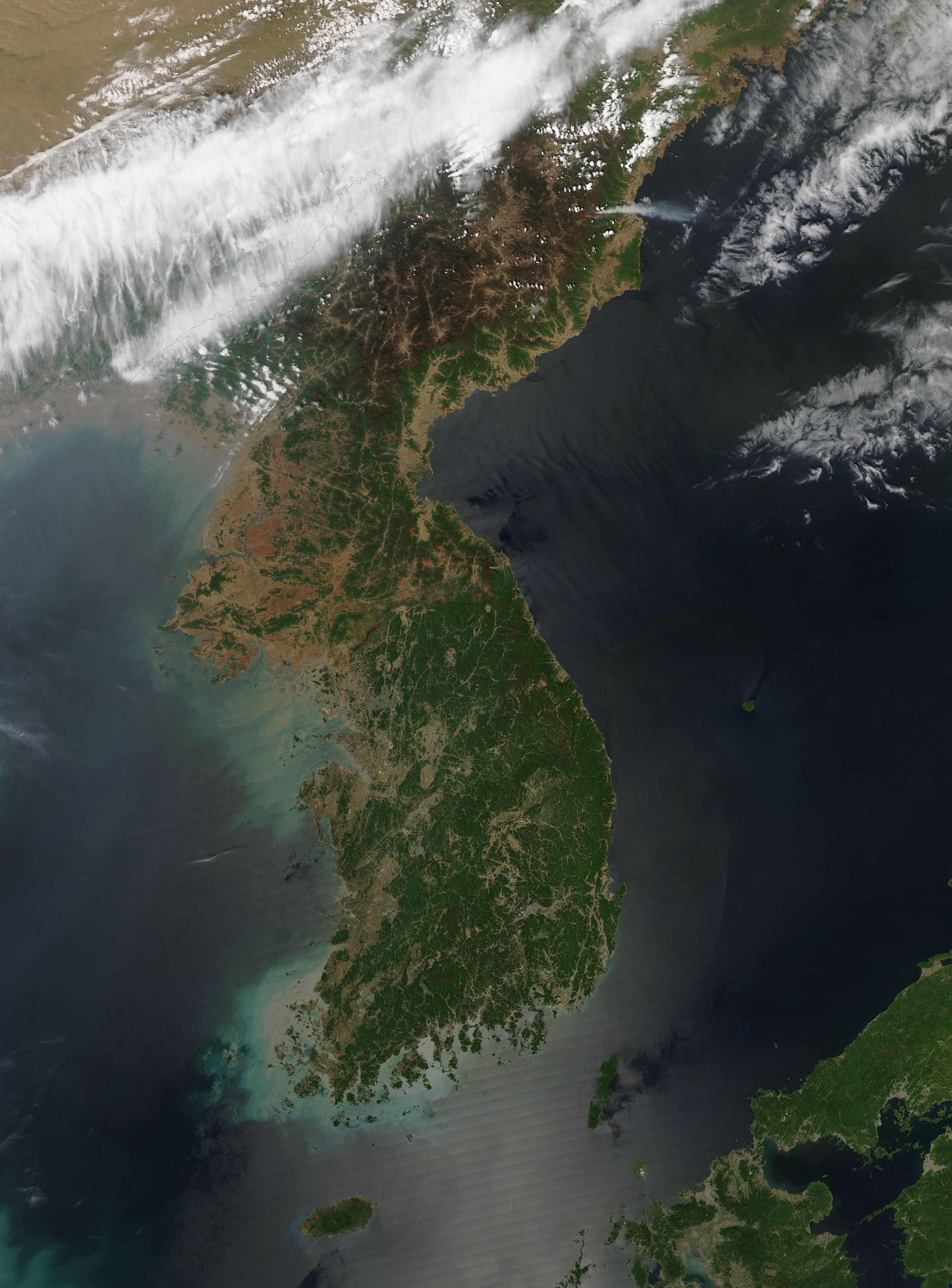
South Korea covers the southern part of the Korean Peninsula, which extends about 0.7 K mile (1.10 K km) from the East Asian mainland. Mountains comprise roughly 70% of the land, with the Taebaek Mountains along the eastern coast forming the main watershed. The Sobaek Mountains branch southwest from this range. Hallasan, an extinct volcano on Jeju Island, is the highest point at 6.4 K ft (1.95 K m).
The country features eastern high mountain ranges and narrow coastal plains, western broad coastal plains and river basins ideal for agriculture and population, a southwestern region of mountains and valleys, and a southeastern region dominated by the Nakdong River basin. Major rivers like the Han River, Nakdong, and Geum River are vital. The irregular western and southern coastlines have about 3,000 islands, while the eastern coast is straighter. The peninsula is geologically ancient and stable, mainly composed of Precambrian rocks, with infrequent, mild earthquakes and no active mainland volcanoes. South Korea includes three terrestrial ecoregions: Central Korean deciduous forests, Manchurian mixed forests, and Southern Korea evergreen forests.
4.2. Climate
| Month | Jan | Feb | Mar | Apr | May | Jun | Jul | Aug | Sep | Oct | Nov | Dec | Year |
|---|---|---|---|---|---|---|---|---|---|---|---|---|---|
| Average high °C (°F) | 34.7 °F (1.5 °C) | 39.38 °F (4.1 °C) | 50.36 °F (10.2 °C) | 63.68 °F (17.6 °C) | 73.04 °F (22.8 °C) | 80.42 °F (26.9 °C) | 83.84 °F (28.8 °C) | 85.1 °F (29.5 °C) | 78.08 °F (25.6 °C) | 67.46 °F (19.7 °C) | 52.7 °F (11.5 °C) | 39.56 °F (4.2 °C) | 62.6 °F (17 °C) |
| Average low °C (°F) | 27.68 °F (-2.4 °C) | 31.46 °F (-0.3 °C) | 41.36 °F (5.2 °C) | 53.24 °F (11.8 °C) | 62.6 °F (17 °C) | 69.98 °F (21.1 °C) | 76.82 °F (24.9 °C) | 78.25999999999999 °F (25.7 °C) | 70.16 °F (21.2 °C) | 58.64 °F (14.8 °C) | 46.04 °F (7.8 °C) | 33.62 °F (0.9 °C) | 54.14 °F (12.3 °C) |
| Precipitation mm (inches) | 0.9 in (22 mm) | 0.9 in (24 mm) | 1.8 in (46 mm) | 3.0 in (77 mm) | 4.0 in (102 mm) | 5.2 in (133 mm) | 13 in (328 mm) | 14 in (348 mm) | 5.4 in (138 mm) | 1.9 in (49 mm) | 2.1 in (53 mm) | 1.0 in (25 mm) | 0.1 K in (1.34 K mm) |
South Korea experiences a temperate climate with four distinct seasons, influenced by the East Asian monsoon.
- Spring (late March - early May): Mild and pleasant.
- Summer (mid-May - early September): Hot and humid, with the jangma (rainy season) from late June to late July. Temperatures can exceed 86 °F (30 °C). Late summer is prone to typhoons.
- Autumn (mid-September - early November): Clear, cool, and crisp.
- Winter (mid-November - mid-March): Cold and dry, with Siberian winds. Snow is common, especially in mountains. Seoul's average January temperature is 19.4 °F (-7 °C) to 33.8 °F (1 °C).
Average annual precipitation ranges from 0.1 K in (1.37 K mm) in Seoul to 0.1 K in (1.47 K mm) in Busan, mostly in summer.
4.3. Natural Environment and Ecosystems
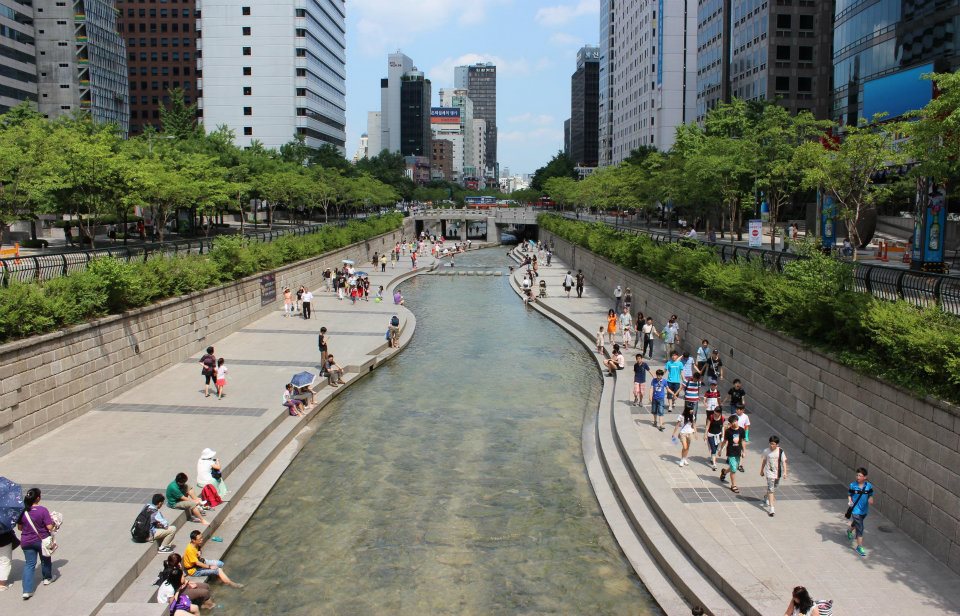
Forests, mainly coniferous and deciduous (pine, oak, maple, birch), cover about two-thirds of South Korea. Fauna includes the critically endangered Siberian tiger and Amur leopard, Asiatic black bear, wild boar, and roe deer. The Korean Demilitarized Zone (DMZ) serves as an unintentional wildlife refuge. Numerous national parks like Jirisan National Park, Seoraksan National Park, and Hallasan National Park protect natural heritage. Popular sites include Boseong Tea Fields and Suncheon Bay Ecological Park.
Rapid industrialization has caused environmental pressures:
- Deforestation and Habitat Loss:** Development has led to habitat loss despite reforestation.
- Pollution:** Air (acid rain, sulfur oxides, yellow dust) and water pollution (industrial/agricultural runoff) are challenges.
- Wetland Destruction:** Coastal development (e.g., Songdo Tidal Flat) has impacted biodiversity.
Recent years have seen increased environmental awareness, "green growth" initiatives (e.g., Cheonggyecheon restoration), and efforts towards renewable energy. Balancing development and protection remains critical. South Korea's 2019 Forest Landscape Integrity Index score was 6.02/10 (87th globally). It is party to international environmental agreements like the Antarctic Treaty's Environmental Protocol, Convention on Biological Diversity, and Kyoto Protocol.
4.4. Natural Resources
South Korea has limited natural resources, heavily relying on imported fossil fuels (oil, coal, natural gas). Mineral resources like coal, iron ore, gold, silver, lead, zinc, and tungsten are modest and largely depleted or uneconomical. Limestone is abundant. The country is developing renewable energy sources (solar, wind, tidal). Forests are important for timber and biodiversity. Marine resources support fishing, though overfishing and pollution are concerns.
5. Government and Politics
South Korea is a constitutional democracy with a presidential system featuring separation of powers. The 1987 Constitution of the Sixth Republic guarantees fundamental human rights and civil liberties.
5.1. Constitution and Form of Government
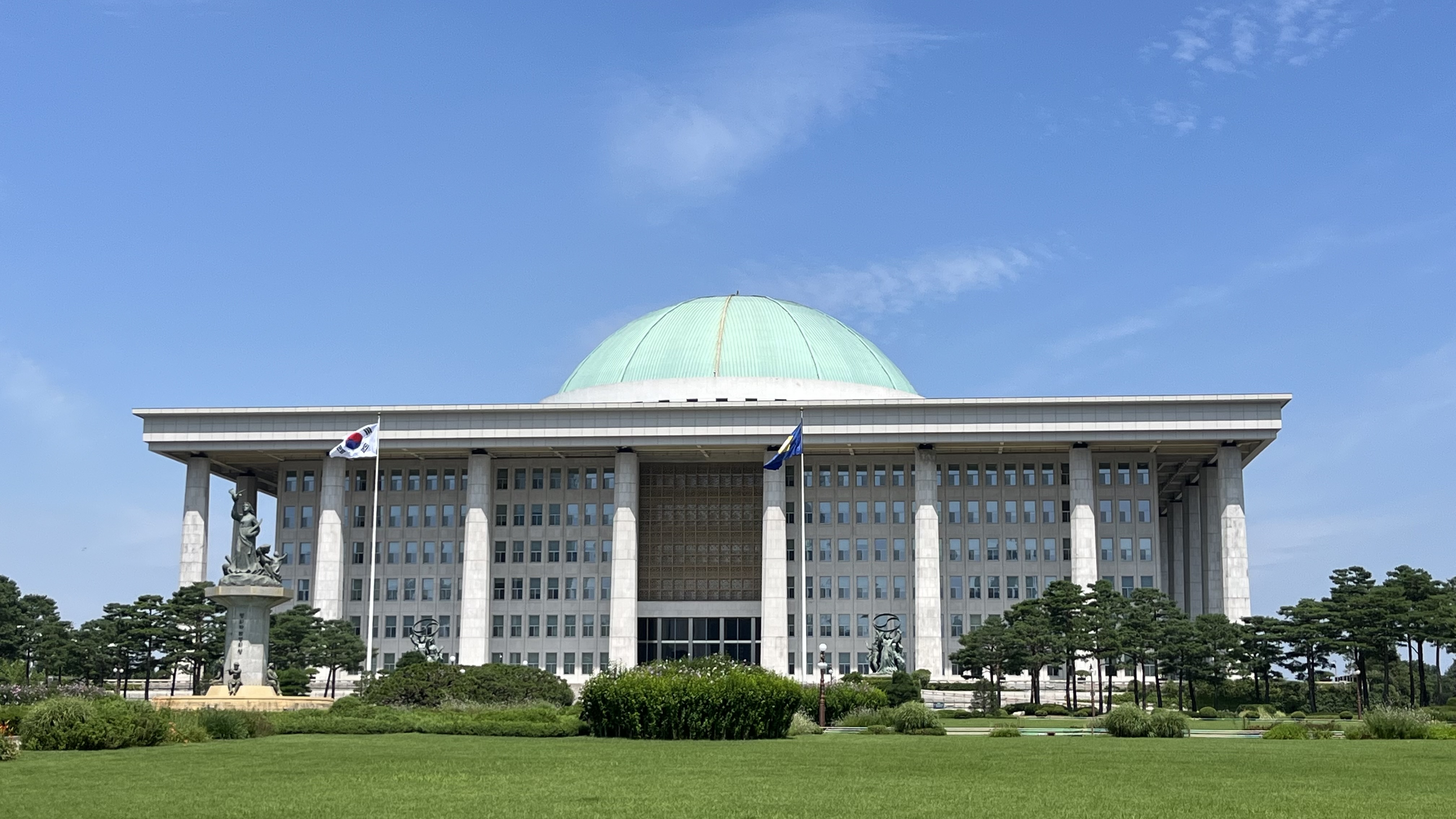
South Korea is a constitutional democracy with a presidential system and separation of powers among the executive, legislative, and judicial branches. The current Constitution (1987) underpins the Sixth Republic, guaranteeing fundamental human rights and civil liberties. It establishes a unitary republic, advocating popular sovereignty, rule of law, and peaceful unification with North Korea. Despite significant democratic progress, challenges like political polarization and full realization of human rights persist. The 1987 Constitution curtailed presidential powers, established direct single-term presidential elections, and strengthened the National Assembly and judiciary.
5.2. Executive Branch
The executive branch is led by the President, who is head of state and government, elected directly for a single five-year term.
5.2.1. President
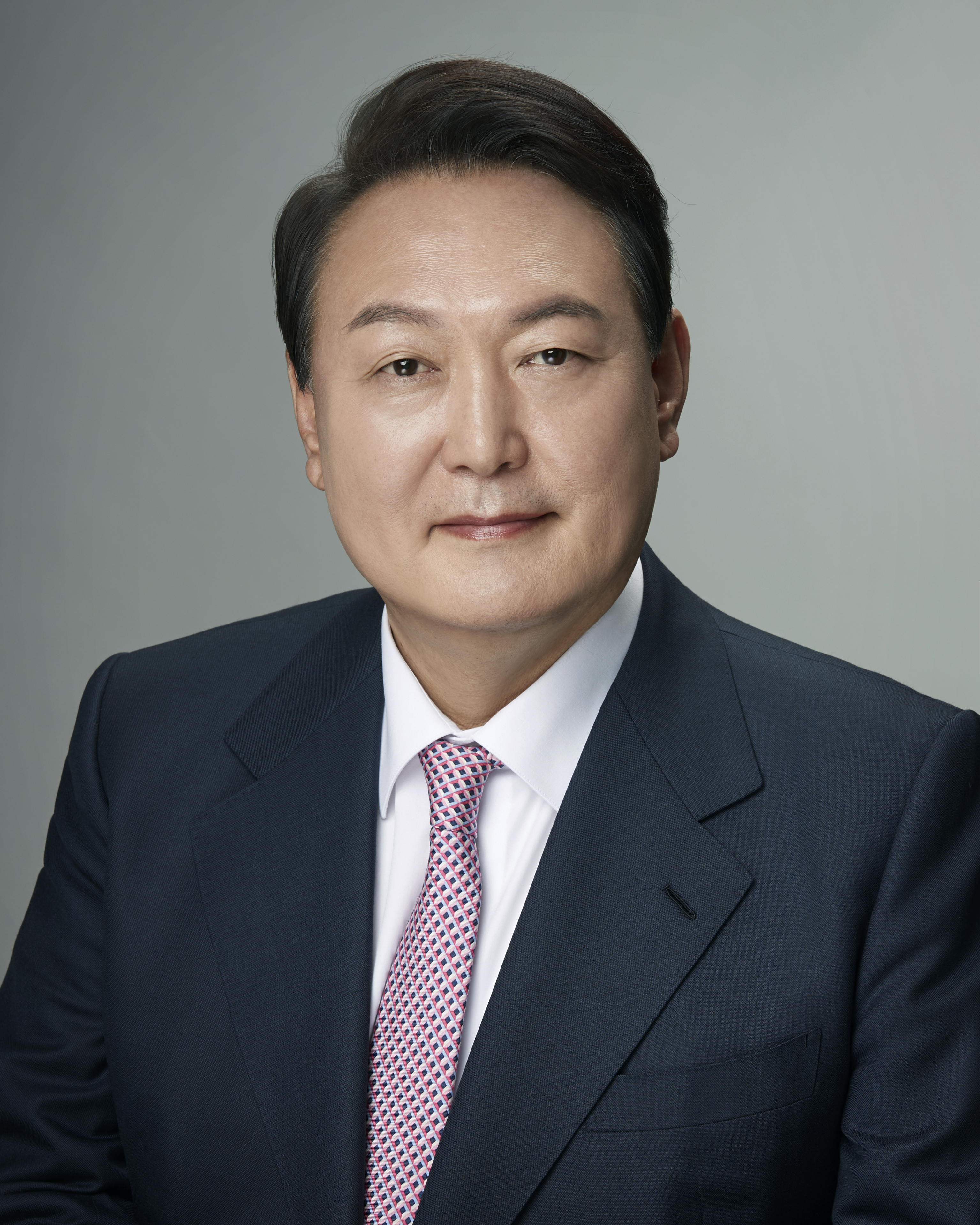
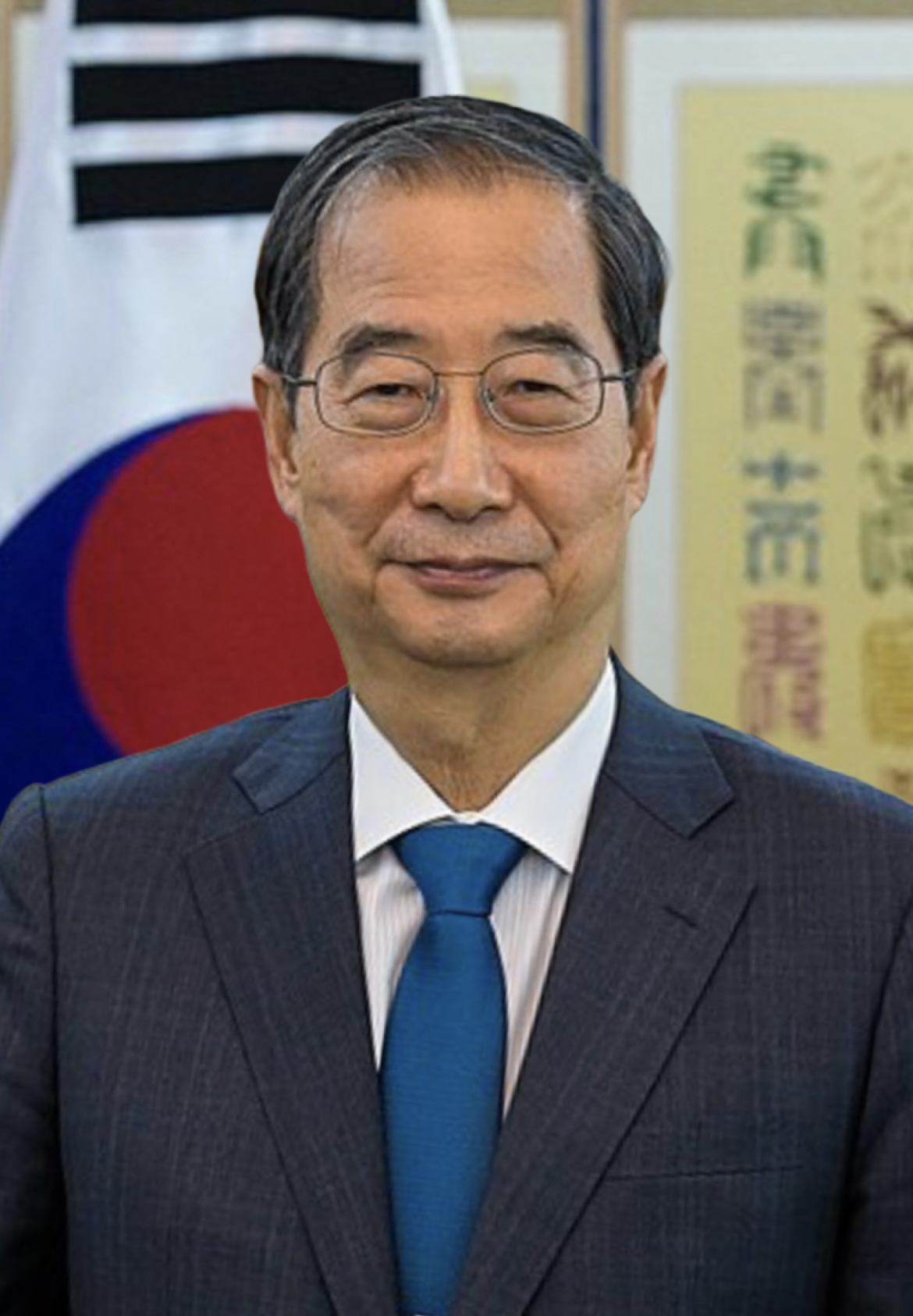
The President serves as chief executive and Commander-in-chief, appoints the Prime Minister (with National Assembly approval) and cabinet, proposes legislation, issues decrees, conducts foreign policy, ratifies treaties, and can declare martial law.
Past presidents like Kim Young-sam and Kim Dae-jung advanced democratic reforms, while earlier figures like Syngman Rhee and Park Chung Hee oversaw economic growth alongside repression. Park Geun-hye's 2017 impeachment highlighted democratic accountability. President Yoon Suk Yeol's 2024 martial law declaration and subsequent impeachment underscored ongoing democratic challenges and defenses.
5.2.2. Prime Minister and Cabinet
The Prime Minister, appointed by the President with National Assembly approval, assists the President and supervises ministries. The Prime Minister assumes presidential duties if the President is incapacitated. The State Council (Cabinet), comprising the President, Prime Minister, and ministry heads (e.g., Finance, Foreign Affairs, Defense, Unification, Justice, Education, Interior), deliberates on government policies.
5.3. Legislative Branch (National Assembly)
The National Assembly (국회GukhoeKorean) is a unicameral legislature of 300 members serving four-year terms, elected via a mixed system (single-member districts and proportional representation).
Functions and Powers: It enacts laws, approves the national budget, oversees state affairs, conducts investigations, initiates impeachment, and consents to treaty ratifications and key appointments.
Legislative Process and Political Parties: Bills undergo committee review, debate, and voting. Major conservative and liberal/progressive parties significantly shape legislation. Political polarization can lead to legislative gridlock, impacting the government's agenda, where democratic ideals, human rights, and social equity are often central to debates.
5.4. Judicial Branch (Courts and Constitutional Court)
South Korea has an independent judicial system with two main pillars: the regular Supreme Court and the Constitutional Court.
Courts: The three-tiered system includes District Courts (first instance), High Courts (appellate), and the Supreme Court (final appeals on law). Specialized courts (family, administrative, patent) also exist. The judiciary interprets laws, ensures fair trials, and protects individual rights, though it has faced scrutiny regarding political influence.
Constitutional Court: Established in 1987, it reviews law constitutionality, adjudicates impeachments (e.g., President Park Geun-hye), decides on political party dissolution, resolves competence disputes, and handles constitutional complaints regarding rights violations. It has nine justices appointed by the President (three recommended by the President, three by the National Assembly, three by the Chief Justice). The Constitutional Court has been pivotal in shaping South Korea's democratic and human rights landscape.
5.5. Local Government
South Korea's local autonomy system, fully re-established in the 1990s, promotes grassroots democracy and regional development.
Levels:
- Upper-Tier:** Seoul Special City, Metropolitan Cities (Busan, Daegu, etc.), Provinces, Special Self-Governing Provinces (Jeju, Gangwon State, Jeonbuk State), and Sejong Special Self-Governing City.
- Lower-Tier (Municipal):** Cities, Counties, and Districts (subdivisions of larger cities).
Heads of local governments and councils are directly elected. They manage local administration, public services, economic development, and cultural promotion, though often rely on central funding. Challenges include financial resources, policy balance, and local corruption.
5.6. Political Parties and Elections

South Korea has a multi-party system, often dominated by conservative and liberal/progressive blocs.
Major Political Parties:
- Conservative Parties** (e.g., People Power Party): Advocate free-market capitalism, strong national security, and traditional social values. Support is typically stronger among older voters and in regions like Gyeongsang.
- Liberal/Progressive Parties** (e.g., Democratic Party): Advocate social welfare, economic justice, engagement with North Korea, and progressive social policies. Support is often stronger among younger voters, urban populations, and in regions like Jeolla.
Elections: Direct elections are held for the President (every five years), National Assembly (every four years, mixed-member proportional system), and local officials (every four years). The National Election Commission manages elections. Campaigns are competitive, with issues of fairness and media influence being ongoing concerns.
6. Administrative Divisions
South Korea features a hierarchical system of administrative divisions, including special cities, metropolitan cities, provinces, and special self-governing entities, each further subdivided. The capital, Seoul, and other major urban centers are key to the nation's structure.
South Korea is divided into the following top-level administrative units:
- 1 Special City (특별시TeukbyeolsiKorean): Seoul
- 6 Metropolitan Cities (광역시GwangyeoksiKorean): Busan, Daegu, Incheon, Gwangju, Daejeon, Ulsan
- 1 Special Self-Governing City (특별자치시Teukbyeol-jachisiKorean): Sejong
- 8 Provinces (도DoKorean): Gyeonggi, North Chungcheong, South Chungcheong, South Jeolla, North Gyeongsang, South Gyeongsang.
- 3 Special Self-Governing Provinces (특별자치도Teukbyeol-jachidoKorean): Jeju, Gangwon State, North Jeolla State.
These units are subdivided into districts (구guKorean), cities (시siKorean), and counties (군gunKorean), which are further divided into neighborhoods (동dongKorean), towns (읍eupKorean), and townships (면myeonKorean).
The ROK constitutionally claims the entire Korean Peninsula. The Committee for the Five Northern Korean Provinces notionally administers provinces in North Korea.
| Map | Name (City/Province) | Hangul | Hanja | Population (As of May 2018) |
|---|---|---|---|---|
 | Special City (Teukbyeolsi) | |||
| Seoul | 서울특별시 | 서울特別市 | 9,830,452 | |
| Metropolitan Cities (Gwangyeoksi) | ||||
| Busan | 부산광역시 | 釜山廣域市 | 3,460,707 | |
| Daegu | 대구광역시 | 大邱廣域市 | 2,471,136 | |
| Incheon | 인천광역시 | 仁川廣域市 | 2,952,476 | |
| Gwangju | 광주광역시 | 光州廣域市 | 1,460,972 | |
| Daejeon | 대전광역시 | 大田廣域市 | 1,496,123 | |
| Ulsan | 울산광역시 | 蔚山廣域市 | 1,161,303 | |
| Special Self-Governing City (Teukbyeol-jachisi) | ||||
| Sejong | 세종특별자치시 | 世宗特別自治市 | 295,041 | |
| Provinces (Do) | ||||
| Gyeonggi | 경기도 | 京畿道 | 12,941,604 | |
| North Chungcheong | 충청북도 | 忠淸北道 | 1,595,164 | |
| South Chungcheong | 충청남도 | 忠淸南道 | 2,120,666 | |
| South Jeolla | 전라남도 | 全羅南道 | 1,890,412 | |
| North Gyeongsang | 경상북도 | 慶尙北道 | 2,682,897 | |
| South Gyeongsang | 경상남도 | 慶尙南道 | 3,377,126 | |
| Special Self-Governing Provinces (Teukbyeol-jachi-do) | ||||
| Jeju | 제주특별자치도 | 濟州特別自治道 | 661,511 | |
| Gangwon State | 강원특별자치도 | 江原特別自治道 | 1,545,452 | |
| North Jeolla State | 전북특별자치도 | 全北特別自治道 | 1,847,089 | |
6.1. Capital and Major Cities
- Seoul (서울특별시Seoul TeukbyeolsiKorean): The capital and largest city, Seoul is a global metropolis, serving as the political, economic, cultural, and educational heart of South Korea. The Seoul Metropolitan Area, including Incheon and Gyeonggi Province, houses about half the nation's population and faces challenges like high housing costs and congestion despite its advanced infrastructure and vibrant culture.
- Busan (부산광역시Busan GwangyeoksiKorean): South Korea's second-largest city and largest port, a major economic, cultural, and educational hub in the southeast, known for beaches, markets, and its film festival.
- Incheon (인천광역시Incheon GwangyeoksiKorean): A major port and transportation hub west of Seoul, home to Incheon International Airport and a Free Economic Zone.
- Daegu (대구광역시Daegu GwangyeoksiKorean): An inland city in the Gyeongsang region, known for textiles, fashion, and as a conservative political center.
- Daejeon (대전광역시Daejeon GwangyeoksiKorean): A central science and technology hub, home to research institutes like KAIST and Daedeok Science Town.
- Gwangju (광주광역시Gwangju GwangyeoksiKorean): The largest city in the Jeolla region, known for artistic traditions and its role in the Gwangju Uprising of 1980.
- Ulsan (울산광역시Ulsan GwangyeoksiKorean): An industrial powerhouse on the southeastern coast, home to major automotive, shipbuilding, and oil refining facilities.
- Sejong Special Self-Governing City (세종특별자치시Sejong Teukbyeol-jachisiKorean): Developed as the de facto administrative capital to alleviate overcrowding in Seoul and promote regional development.
These cities are vital centers facing urbanization challenges such as housing, transportation, and regional disparities.
7. Foreign Relations
South Korea maintains extensive diplomatic ties, being an active member of the UN, G20, OECD, and APEC. Its foreign policy is significantly shaped by inter-Korean relations, its alliance with the United States, and complex relationships with regional powers like China and Japan, often involving historical and territorial disputes.
7.1. Inter-Korean Relations
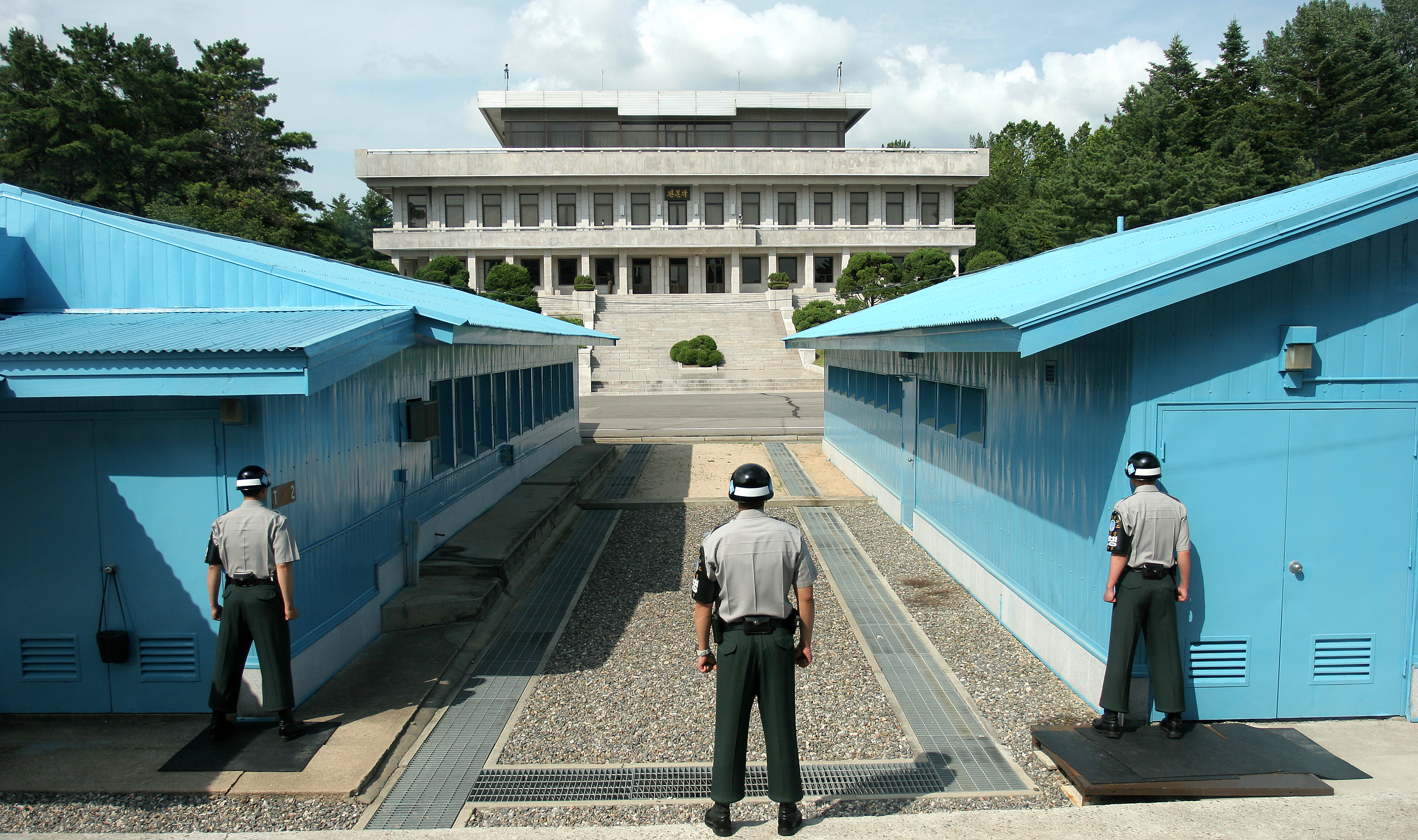
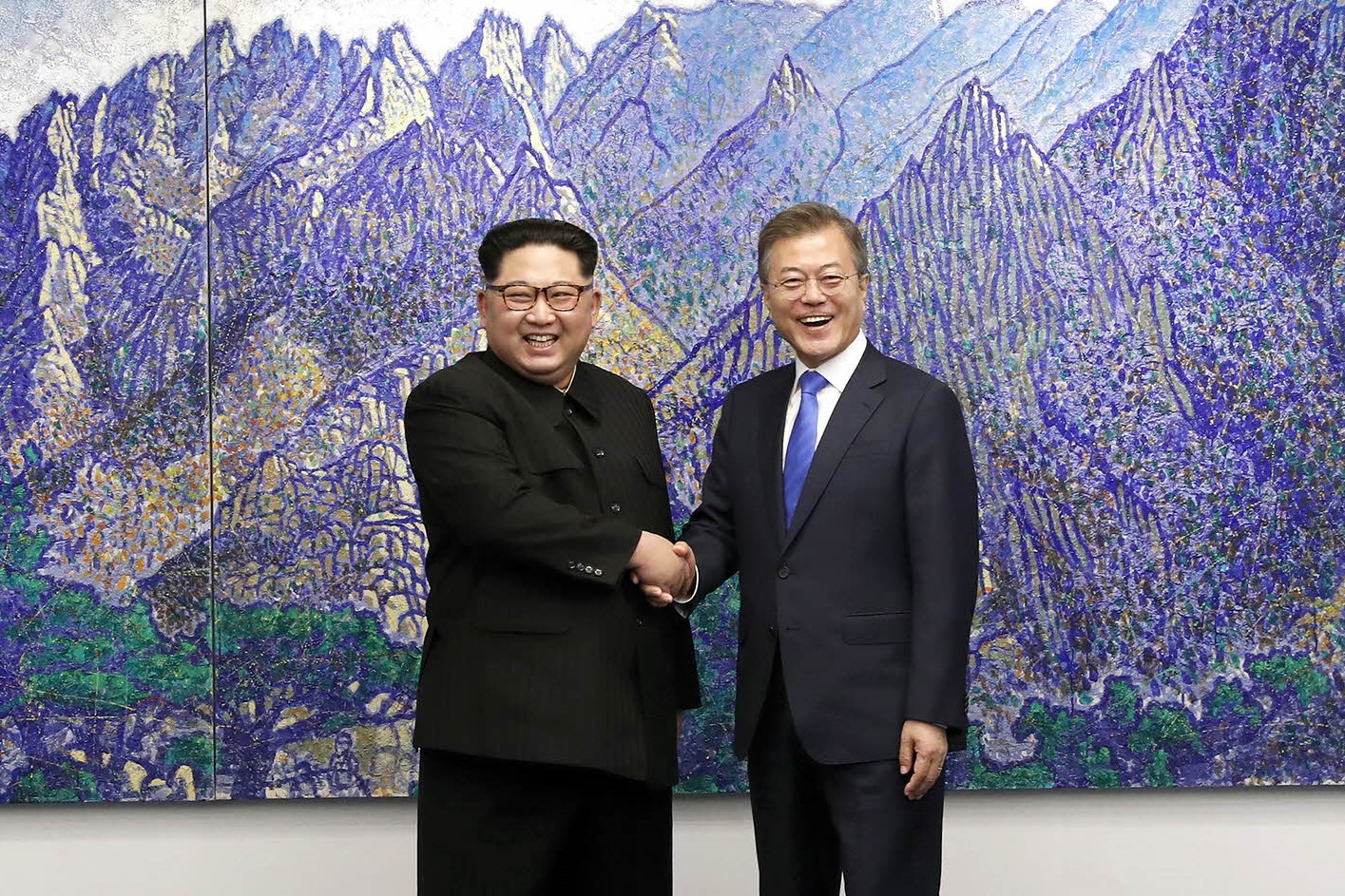
The relationship between South Korea (ROK) and North Korea (DPRK) is central to ROK's foreign policy. Divided since 1945 and technically still at war, both claim sovereignty over the entire peninsula.
Policies have varied: the "Sunshine Policy" (Kim Dae-jung, Roh Moo-hyun) aimed for peace through dialogue and cooperation, leading to summits, joint projects like the Kaesong Industrial Region, and family reunions. It was praised for reducing tensions but criticized for benefiting the DPRK regime without sufficient progress on denuclearization or human rights.
Conservative administrations (Lee Myung-bak, Park Geun-hye, Yoon Suk Yeol) often adopted harder lines, emphasizing denuclearization and leading to increased tensions, provocations (e.g., ROKS Cheonan sinking, Bombardment of Yeonpyeong), and suspension of projects. Moon Jae-in revived engagement with summits in 2018, but denuclearization talks stalled.
Humanitarian issues, including separated families, food aid, and North Korea's human rights record, are significant. Reunification remains a long-term goal, but faces challenges like economic disparities, the DPRK regime, and geopolitical implications. A social liberal perspective prioritizes peace, human rights, and the well-being of all Koreans in any reunification process.
7.2. Relations with the United States
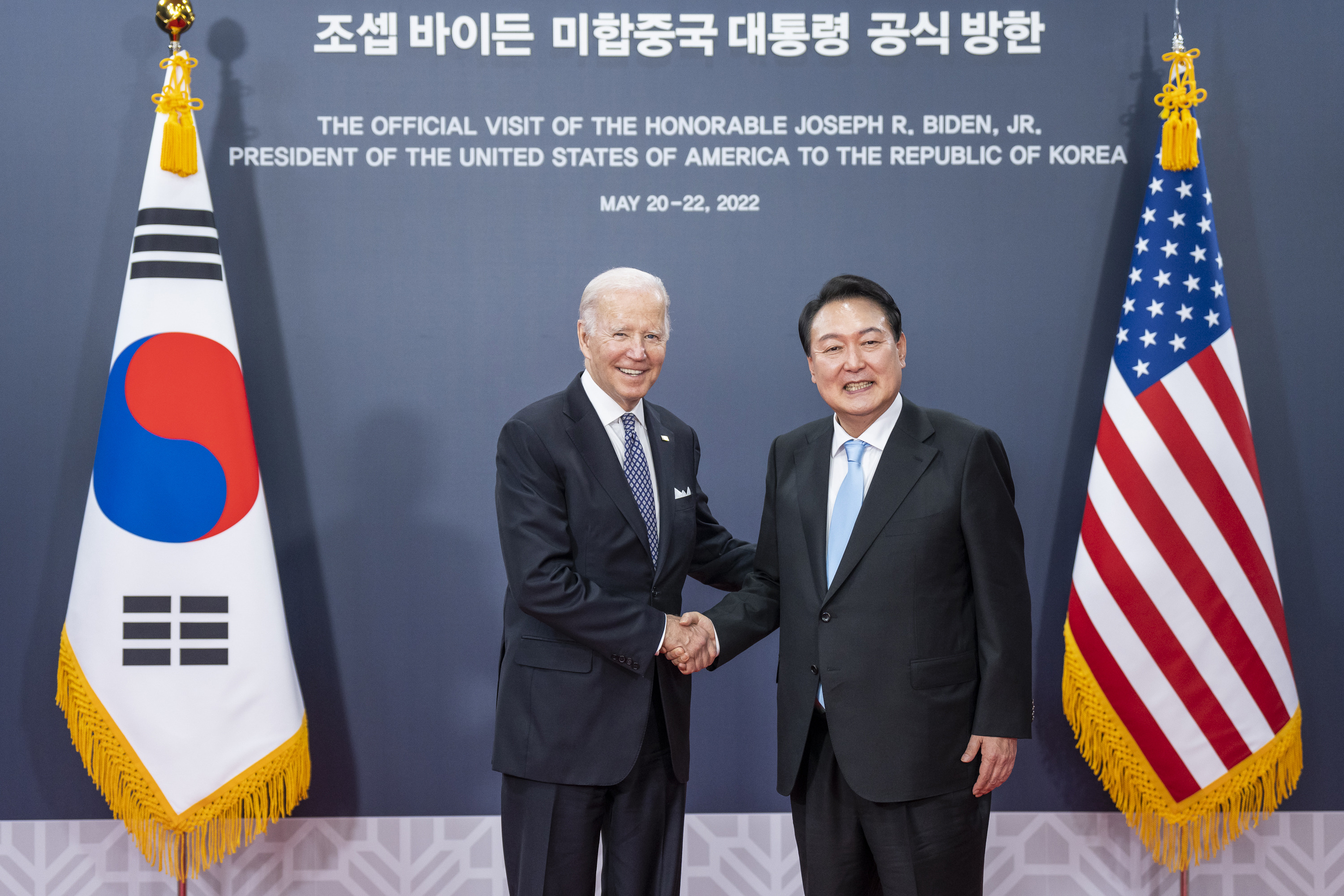
The ROK-U.S. alliance, based on the 1953 Mutual Defense Treaty, is a cornerstone of South Korean foreign policy. The United States Forces Korea (USFK) maintains about 28,500 troops as a deterrent. The countries cooperate on North Korea, counter-terrorism, and peacekeeping. The KORUS FTA (2012) deepened economic ties. Challenges include policy coordination on North Korea, USFK cost-sharing, wartime operational control transfer (OPCON), navigating U.S.-China relations, and occasional anti-American sentiment, though support for the alliance is generally strong. A center-left view emphasizes South Korean sovereignty and diplomatic solutions within the alliance.
7.3. Relations with China
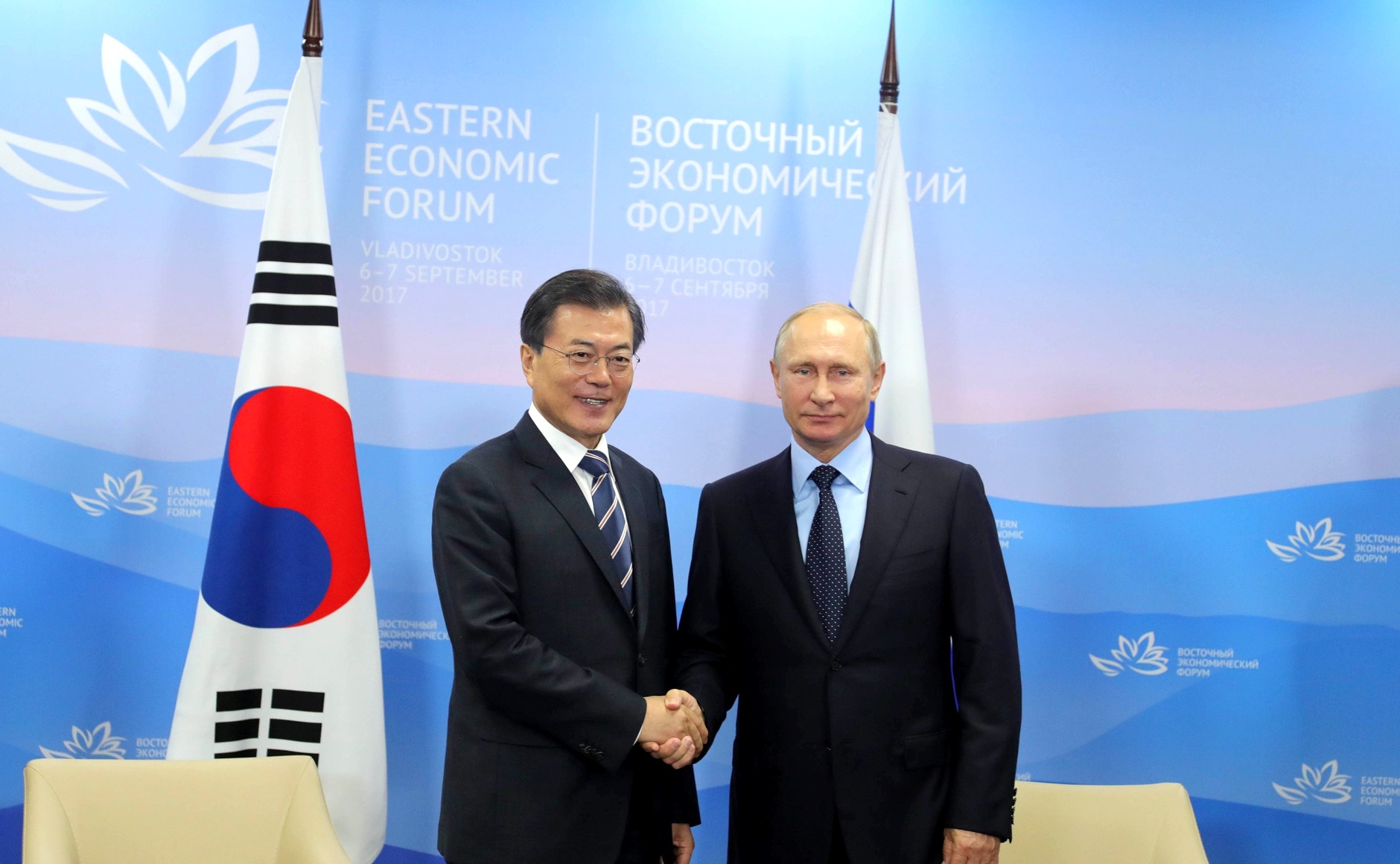
Relations with the People's Republic of China (PRC) have grown since 1992. China is South Korea's largest trading partner. They engage on regional issues, especially North Korea's denuclearization, though historical disputes and geopolitical concerns exist. Key issues include the 2017 deployment of the U.S. THAAD system, which led to Chinese economic retaliations; illegal Chinese fishing; and air pollution from China affecting South Korea. Human rights concerns regarding China's influence on North Korean defectors and its broader human rights record are sometimes raised.
7.4. Relations with Japan
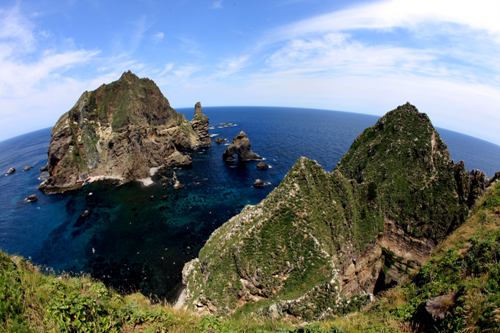
Relations with Japan are complex, with close economic and cultural ties alongside historical grievances from Japan's colonial rule (1910-1945).
Major historical issues include: "Comfort women" (wartime sexual slavery), with the 2015 agreement proving controversial; compensation for forced labor; the Liancourt Rocks (Dokdo/Takeshima) territorial dispute; controversies over Japanese history textbooks; and visits by Japanese politicians to Yasukuni Shrine.
Despite tensions, economic cooperation and cultural exchange (K-pop, K-dramas in Japan; Japanese pop culture in Korea) are extensive. Trilateral security cooperation with the U.S. occurs, but historical issues often hinder deeper bilateral ties. A center-left perspective views resolving historical issues based on victim justice and mutual respect as essential.
7.5. Relations with Russia
South Korea and Russia established ties in 1990. Economic cooperation exists in energy, fisheries, and infrastructure. Both participate in dialogues on North Korea. The Russo-Ukrainian War and sanctions have complicated ties. The relationship is generally pragmatic.
7.6. Relations with the European Union
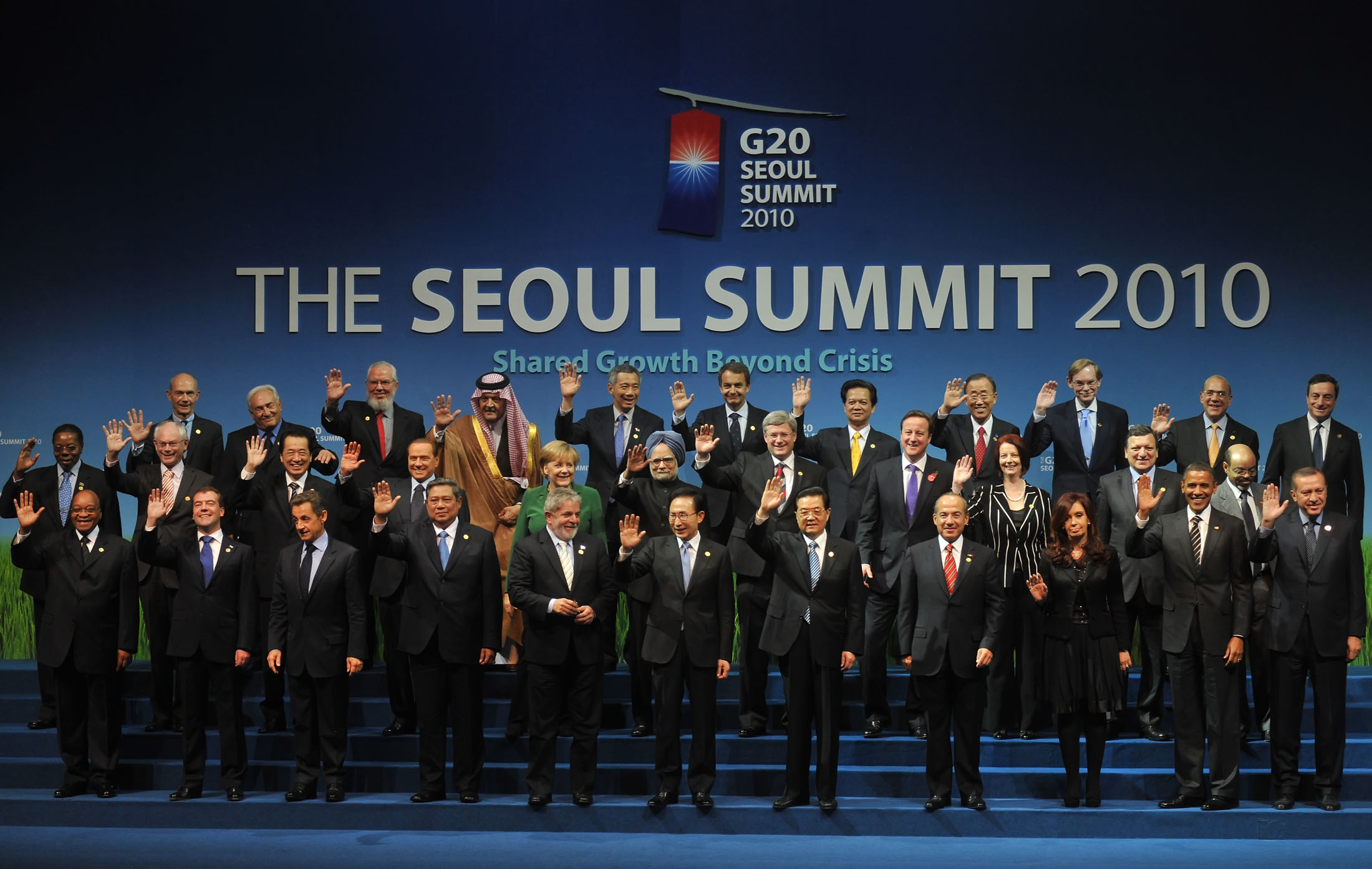
South Korea and the European Union (EU) have a strong partnership. The EU-South Korea FTA (2011) boosted trade. The EU is a major trading partner and investor. Political dialogue covers security, human rights, and climate change, based on shared values.
7.7. Relations with Other Nations and International Organizations
South Korea has active relations with many nations and organizations. It has a strategic partnership with ASEAN. Key relationships exist with Australia, Canada, India, Middle Eastern nations (for energy), and Latin America. South Korea is active in the WTO, IMF, and World Bank, and is an OECD Development Assistance Committee (DAC) member, transitioning from aid recipient to donor. Its foreign policy aims to promote peace and prosperity, balancing its U.S. alliance with other major powers and upholding international norms.
8. Military
The Republic of Korea Armed Forces are highly advanced, with a strong emphasis on deterring North Korean aggression. The military structure includes an Army, Navy (with Marine Corps), and Air Force, supported by a conscription system and a significant U.S. military presence.
8.1. Republic of Korea Armed Forces
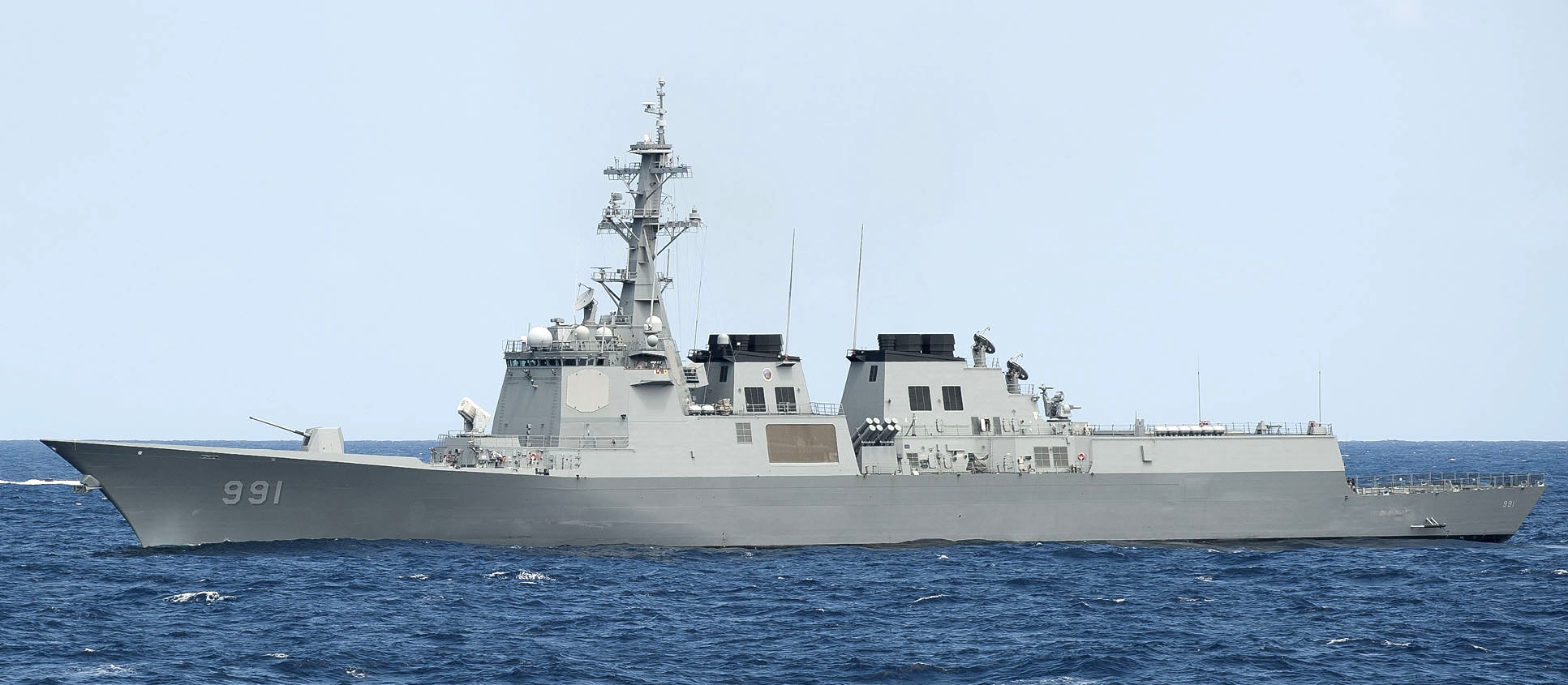
The Republic of Korea Armed Forces (대한민국 국군Daehanminguk GukgunKorean), or ROK Armed Forces, are among the world's largest and most technologically advanced. They comprise the Army, Navy (including Marine Corps), and Air Force, with the President as Commander-in-Chief. South Korea allocates about 2.6% of its GDP to defense. As of 2022, active personnel numbered around 500,000, with 3.1 million in reserve.
8.1.1. Army
The Republic of Korea Army (ROKA) is the largest branch, focused on ground defense, especially along the DMZ.
- Structure: Comprises field armies, corps, and divisions, including mechanized infantry, armor, artillery, aviation, and special operations.
- Major Equipment: Fields K2 Black Panther tanks, K21 IFVs, K9 Thunder howitzers, and missile systems.
- Roles and Developments: Maintains high readiness, modernizing with C4I systems, precision munitions, and robotics.
8.1.3. Air Force
The Republic of Korea Air Force (ROKAF) is responsible for air defense, offensive operations, reconnaissance, and transport.
- Assets: Operates F-35A stealth fighters, F-15K Slam Eagles, F-16s, and indigenous FA-50 light combat aircraft. Air defense includes Patriot missiles. Support aircraft include tankers, transports, and E-737 Peace Eye AEW&C.
- Missions and Development: Focuses on air superiority, deterring North Korean threats, and developing indigenous aerospace industry (e.g., KF-21 Boramae fighter).
8.2. Conscription System
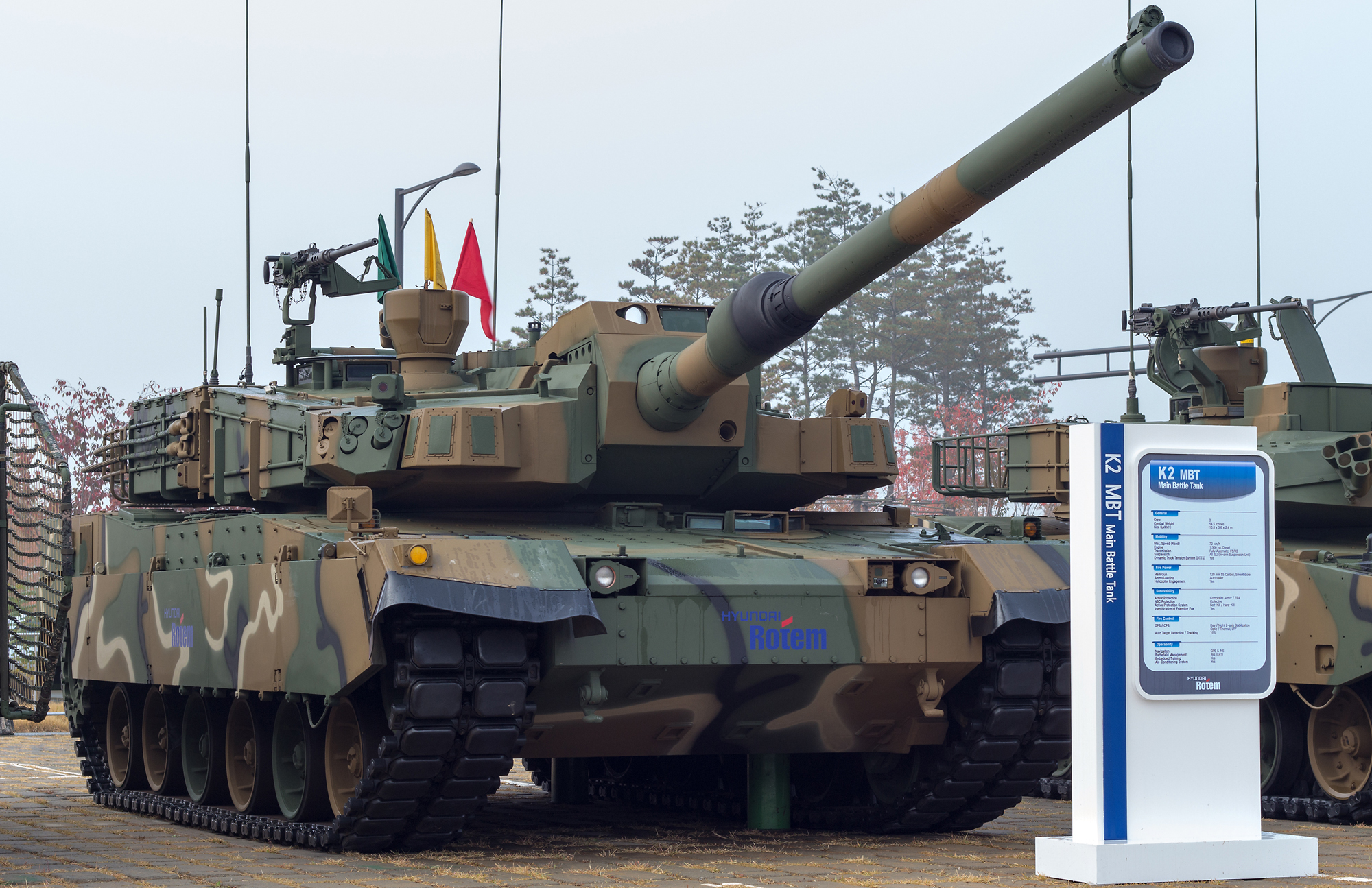
South Korea employs mandatory military service for able-bodied males.
- Requirement: 18-22 months, depending on branch (Army/Marines: 18; Navy: 20; Air Force: 21-22).
- Alternative Service: Available for medical reasons or conscientious objectors. Recognition of conscientious objection (2018 court rulings) was a significant human rights development, though debates on service conditions continue.
- Social Impact: A rite of passage, subject to public discussion on service conditions, abuse, mental health, and equity. Ensuring fair treatment and rights of conscripts are key concerns from a social liberal viewpoint.
8.3. United States Forces Korea (USFK)
The United States Forces Korea (USFK), a sub-command of USINDOPACOM, maintains a presence based on the ROK-U.S. Mutual Defense Treaty.
- Presence: Approximately 28,500 U.S. personnel.
- Role: Deters aggression and defends South Korea alongside ROK forces. The ROK-U.S. Combined Forces Command (CFC) coordinates wartime operational control, with plans for transition to South Korean command.
- Installations: Key bases include Camp Humphreys, Osan Air Base, and Kunsan Air Base.
The USFK presence is crucial for regional security but sometimes raises social/political issues (base relocations, environmental impact).
8.4. Defense Science, Technology, and Industry
South Korea has a growing and sophisticated defense industry.
- R&D Investment: Heavy government and private sector investment enhance self-reliance. Key agency: Agency for Defense Development (ADD).
- Major Companies: Hanwha Aerospace, Korea Aerospace Industries (KAI), LIG Nex1, Hyundai Rotem produce a wide range of equipment.
- Arms Exports: A significant arms exporter, recognized for quality and cost-effectiveness (K9 howitzers, FA-50 aircraft, K2 tanks).
Industry development is vital for national security, economic growth, and technological advancement.
9. Economy
South Korea transformed from a post-war impoverished nation into a global economic power, known as the "Miracle on the Han River." This development, while remarkable, involved social and environmental costs. Today, it is a high-income, OECD and G20 member with major industries in electronics, automotive, shipbuilding, and ICT, but faces challenges like inequality and an aging population.
9.1. Economic Development History (Miracle on the Han River)
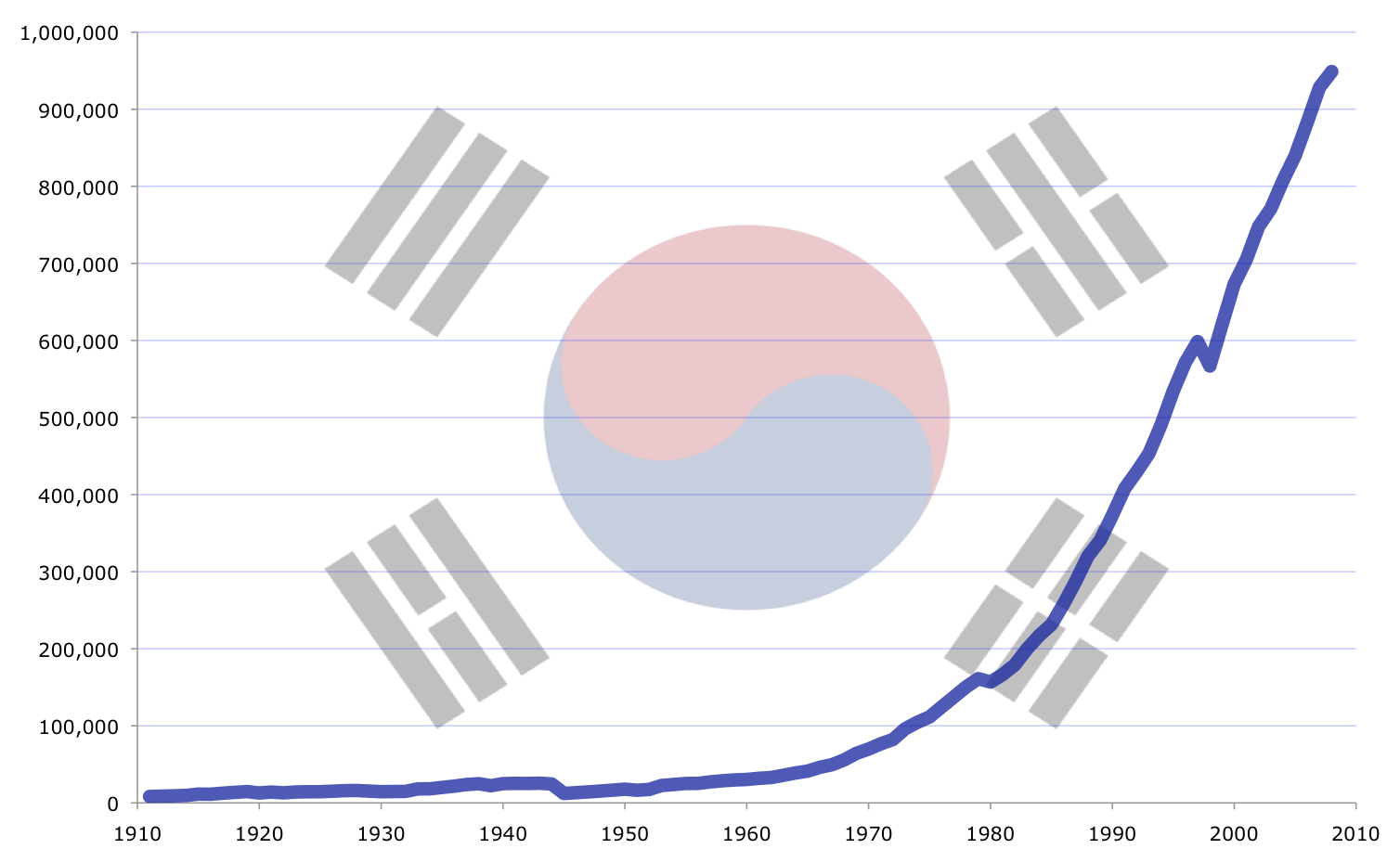
The "Miracle on the Han River" refers to South Korea's rapid economic growth from the 1960s to the late 1990s.
- Post-War (1950s): Impoverished, reliant on U.S. aid, focused on import substitution.
- Export-Oriented Growth (1960s-1980s): Under Park Chung-hee, Five-Year Plans shifted from light industries (textiles) to heavy/chemical industries (steel, shipbuilding, electronics), driven by chaebol conglomerates. This came with suppressed labor rights, curtailed freedoms, and environmental neglect.
- IMF Crisis (1997-1998): Exposed vulnerabilities; an IMF bailout led to structural reforms, swift recovery, but also increased job insecurity and inequality.
- 2000s-Present: Became a tech leader but faces slowing growth, export dependence, demographic challenges, and social inequalities. Navigated the 2008 global financial crisis.
9.2. Major Industries
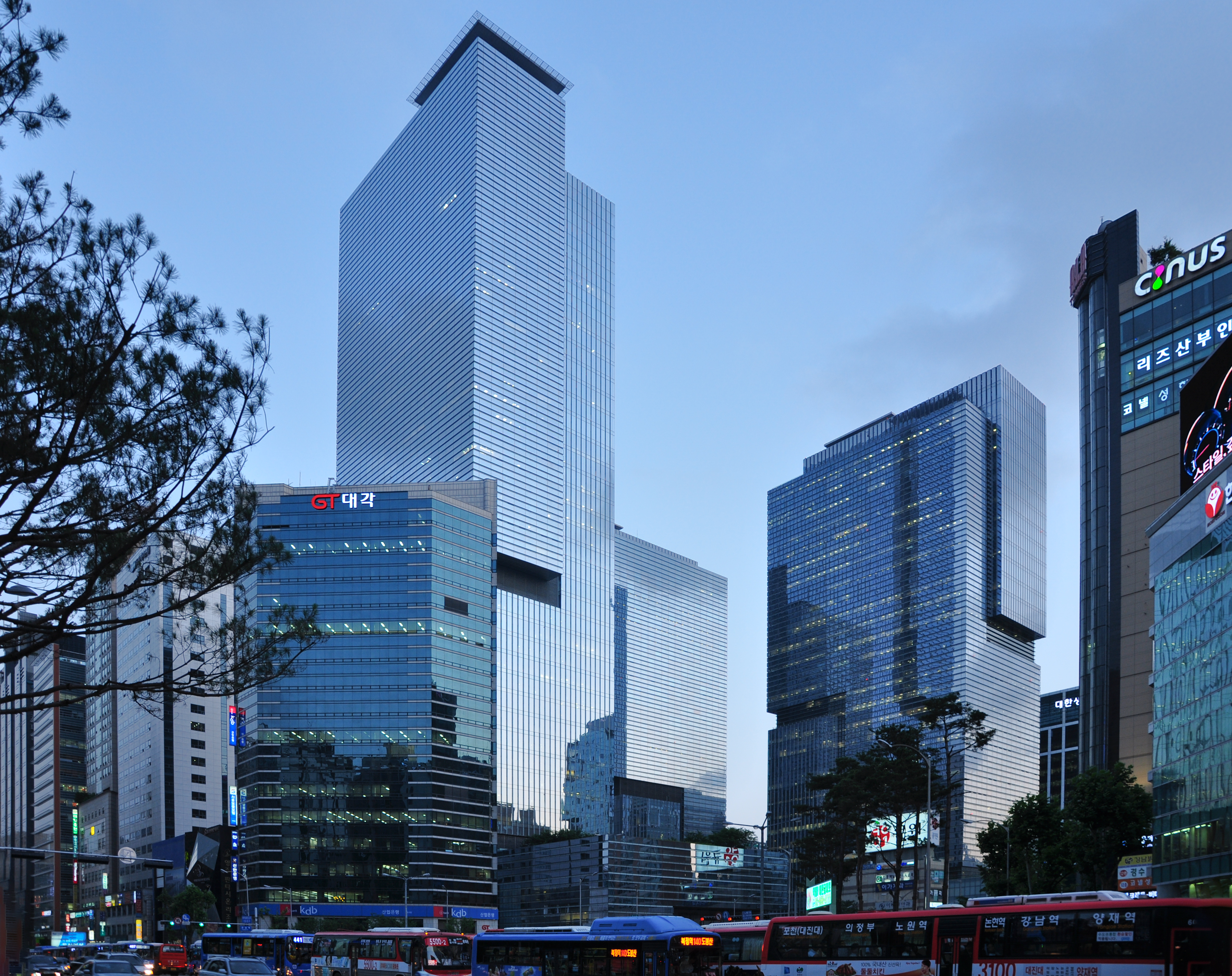
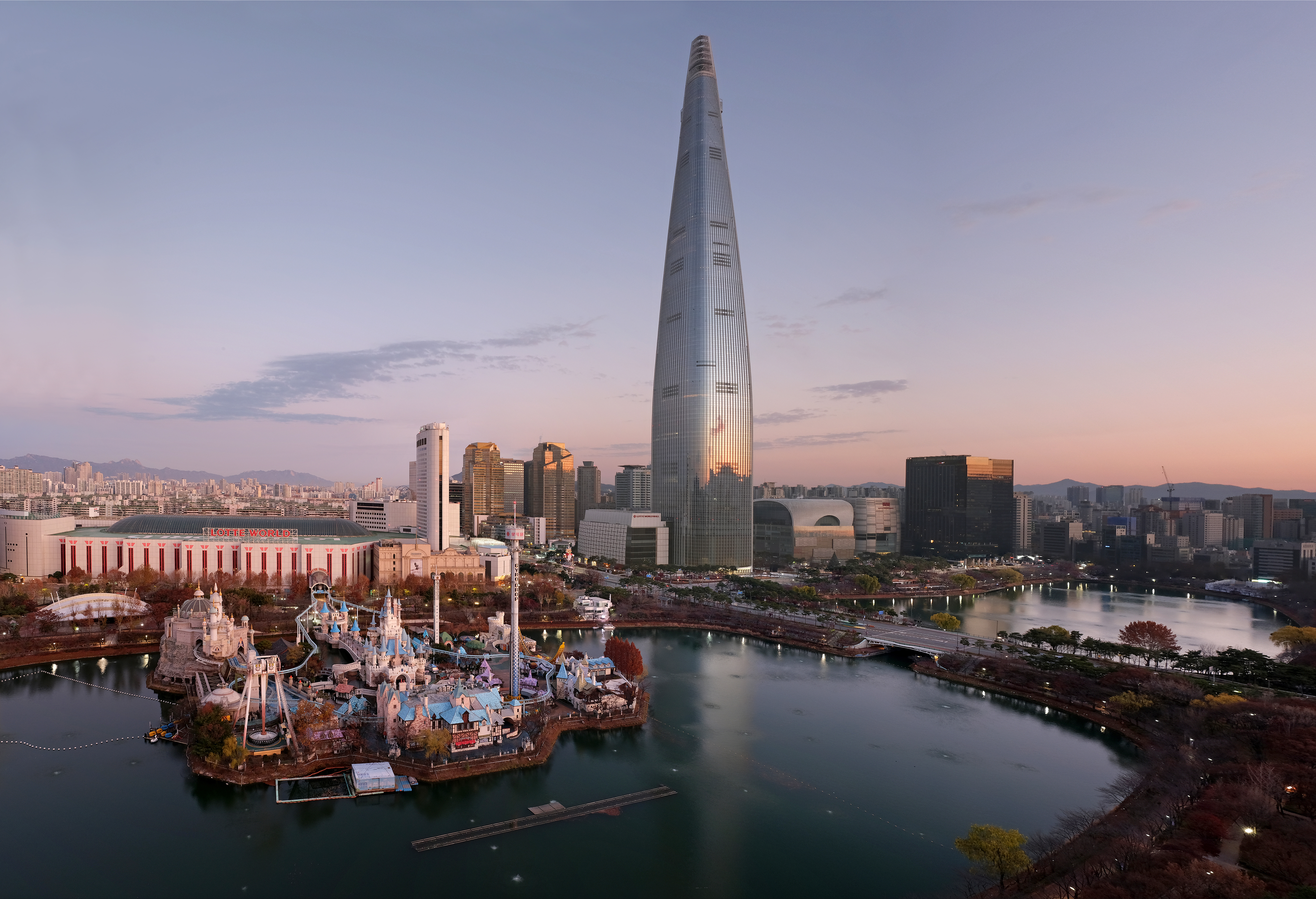
South Korea features strong manufacturing and service sectors.
9.2.1. Manufacturing
- Electronics:** Global leader; Samsung Electronics (smartphones, memory chips, TVs), LG Electronics (appliances). Dominant in memory chips.
- Automotive:** Key exporter; Hyundai Motor Company (includes Kia) is a top global automaker.
- Shipbuilding:** A "Big Three" nation, specializing in high-value vessels (LNG carriers, container ships). Major firms: HD Hyundai Heavy Industries, Hanwha Ocean.
- Steel:** POSCO leads a competitive industry.
- Chemicals:** Developed petrochemicals; LG Chem is a leader in batteries.
9.2.2. Service Sector
Largest share of GDP and employment.
- Finance:** Banking (KB, Shinhan), securities, insurance. Bank of Korea is central bank.
- Retail:** Diverse, from traditional markets to e-commerce.
- ICT:** Advanced services, high internet penetration, mobile networks, online gaming, digital content.
- Tourism:** Growing, fueled by Hallyu.
- Healthcare and Education:** Significant contributors.
9.3. Trade
Heavily reliant on international trade; a top global exporter/importer.
- Trading Partners:** China (largest), U.S., EU, Japan, ASEAN.
- Exports:** Semiconductors, autos, petrochemicals, ships, mobile phones.
- Imports:** Crude oil, natural gas, raw materials, machinery.
- FTAs:** Actively pursued with U.S. (KORUS FTA), EU, China, ASEAN, India, Australia, Canada, Vietnam; part of RCEP.
9.4. Finance
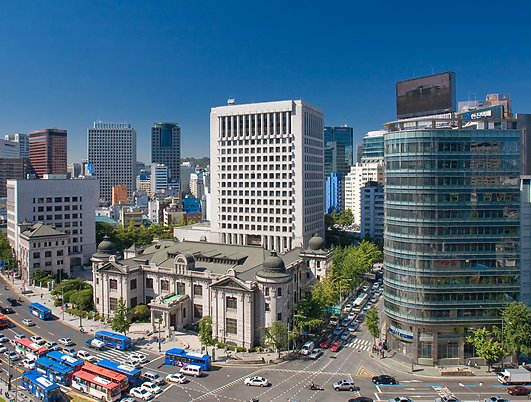
Well-developed financial market.
- Banking:** Commercial banks (KB Kookmin, Shinhan, Woori, KEB Hana), specialized banks, non-bank institutions.
- Securities:** Korea Exchange (KRX) in Busan.
- Insurance:** Life and non-life products.
Reforms after the 1997 crisis improved stability. Regulated by Financial Services Commission and Financial Supervisory Service. Holds large foreign-exchange reserves.
9.5. Labor Market and Employment

Characterized by a highly educated workforce but faces challenges.
- Structure:** Moderate labor force participation; employment concentrated in services and manufacturing.
- Unemployment:** Persistent youth unemployment; significant labor market dualization (secure vs. precarious jobs), contributing to inequality.
- Labor Policies:** Low union density but influential in some sectors; often confrontational labor relations. Key issues: minimum wage, long working hours (though reducing), job security, non-regular worker rights. Strengthening rights, improving conditions, and fair wages are social liberal goals.
9.6. Science, Technology, and R&D
A global leader in science, technology, and R&D.
- Investment:** Consistently high R&D spending (over 4.9% of GDP in 2022), driven by government and chaebol.
- Research Areas:** Strengths in IT, electronics (semiconductors), telecom, auto tech, robotics, biotech, aerospace.
- Achievements:** High innovation rankings (Bloomberg, Global Innovation Index). Government promotes "creative economy" and startups.
9.6.1. Information and Communication Technology (ICT)
One of the most digitally advanced countries.
- Internet:** High penetration, ultra-high-speed infrastructure.
- Mobile Tech:** Early commercializer of 5G; leader in mobile tech.
- ICT Industry:** Major economic driver (hardware, software, online services, digital content like games, webtoons).
- Digital Transformation:** Active in e-government, smart cities, AI.
9.6.2. Aerospace
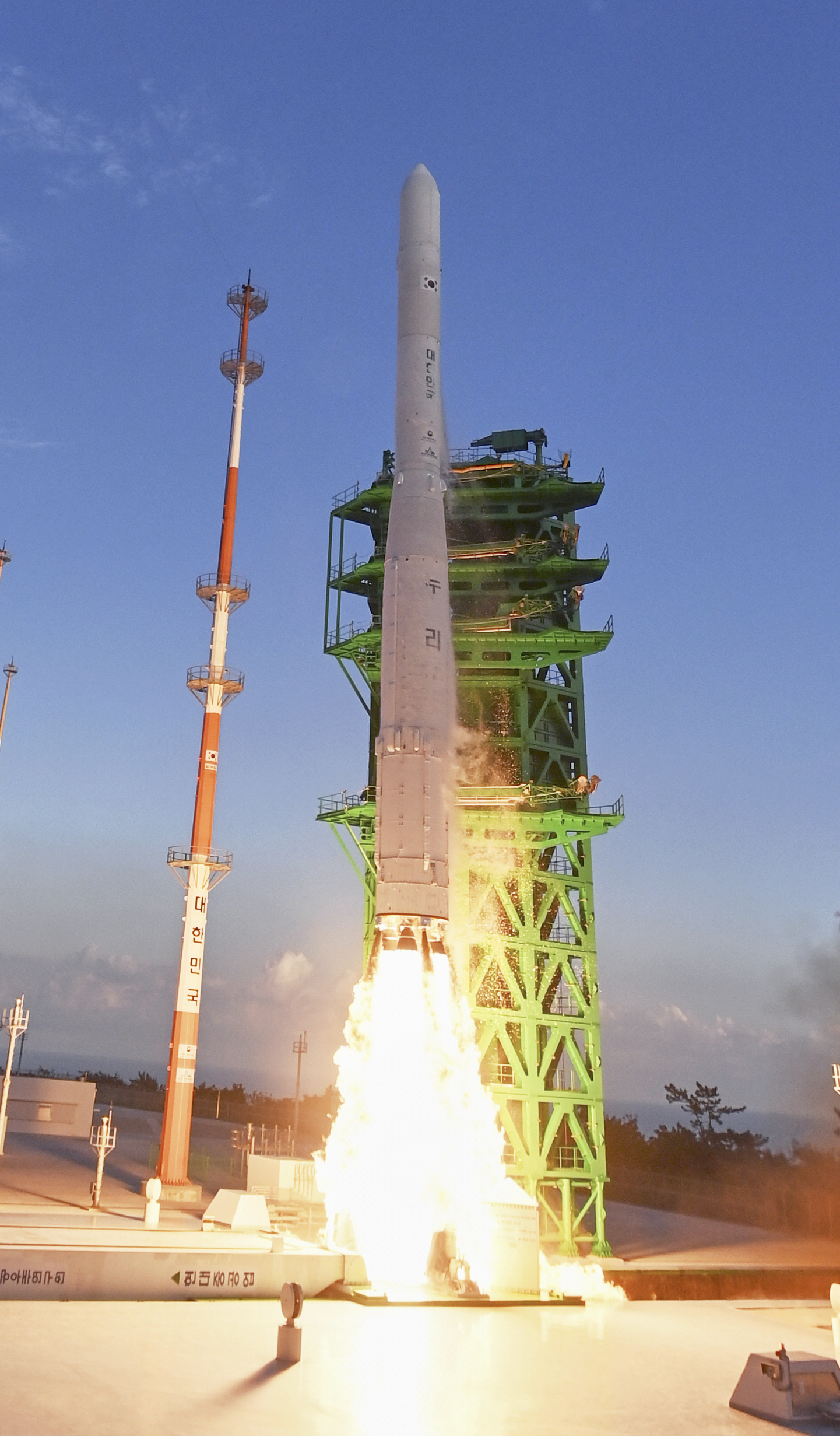
Steadily developing aerospace capabilities.
- Satellites:** Successfully launched communication, earth observation (Arirang series), and scientific satellites.
- Launch Vehicles:** Developed indigenous KSLV-II (Nuri) rocket, achieving orbit in 2022. Korea Aerospace Research Institute (KARI) leads space development; Naro Space Center is the first spaceport.
9.6.3. Biotechnology and Robotics
Key future growth industries.
- Biotechnology:** Significant investment in R&D (pharmaceuticals, biomanufacturing, medical devices), aiming to be a global biotech hub. COVID-19 highlighted capabilities in vaccine/diagnostics (e.g., SK Bioscience).
- Robotics:** Strong focus on robotics (manufacturing, services, healthcare, defense). KAIST developed humanoid HUBO. Government supports R&D in AI-powered robotics. Korean Robot Game Festival held since 2004.
9.7. Transportation and Logistics
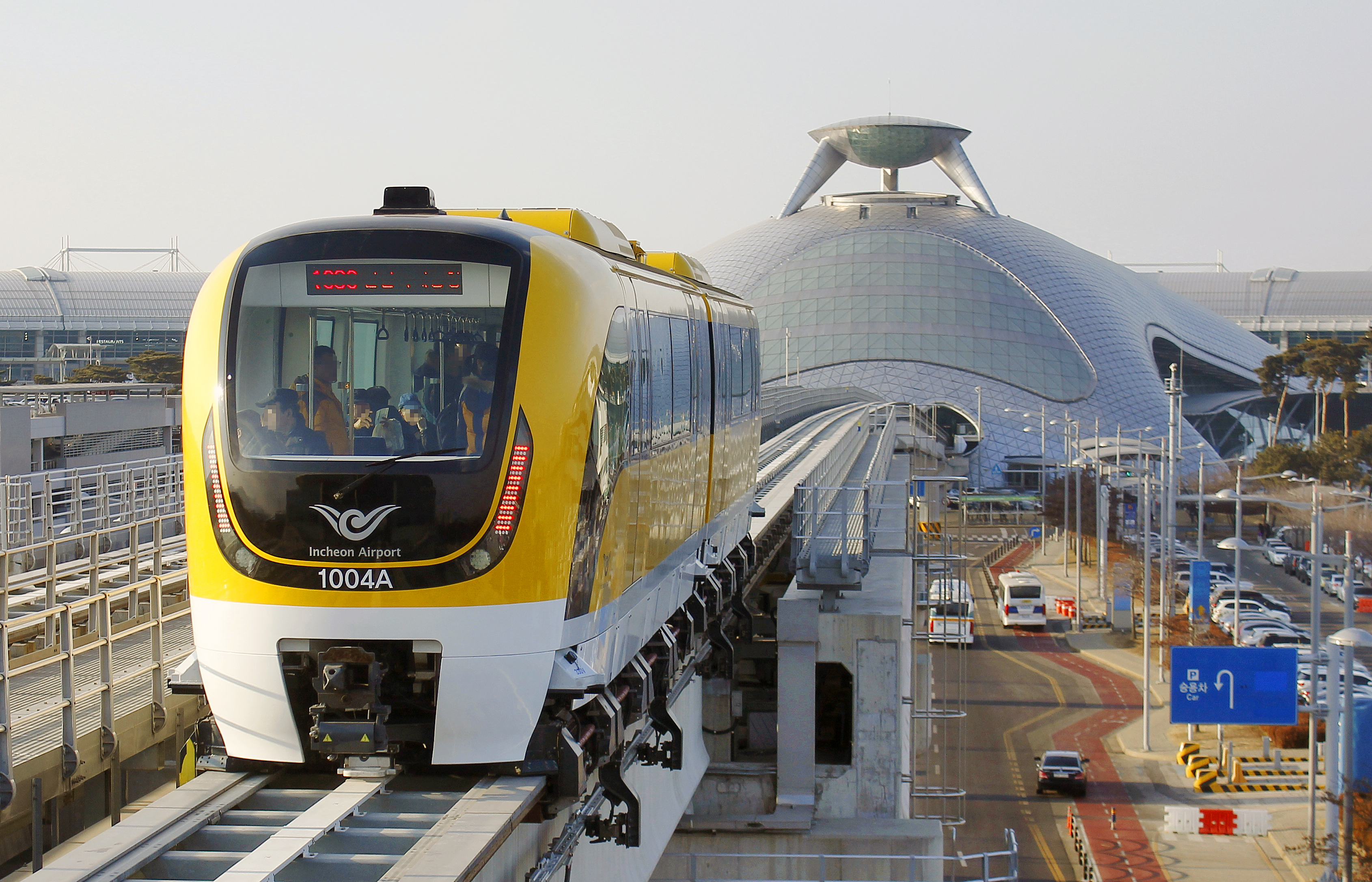
Highly efficient and advanced transportation network.
- Roads:** Extensive expressways (Korea Expressway Corporation) and other roads.
- Railways:** Korail operates national network, including KTX high-speed rail. Major cities have subways (e.g., Seoul Metropolitan Subway).
- Aviation:** Incheon International Airport is a major global hub. Korean Air, Asiana Airlines, and LCCs provide services.
- Maritime Shipping:** World-class ports (Busan is a top container port).
- Logistics:** Advanced systems support its export-oriented economy.
9.8. Energy
Major energy consumer, heavily reliant on imports (oil, natural gas, coal).
- Nuclear Power:** Historically significant (around 45% of electricity in 2010, fluctuated since), world's fifth-largest producer. Advanced technology, exports reactors (e.g., to UAE). Future debated post-Fukushima.
- Renewable Energy:** Actively promoting solar, wind, tidal power to reduce emissions and fossil fuel reliance.
- Energy Independence:** Focus on efficiency, renewable R&D, hydrogen.
Seventh-largest carbon emitter (2017); President Moon Jae-in pledged carbon neutrality by 2050.
9.9. Tourism
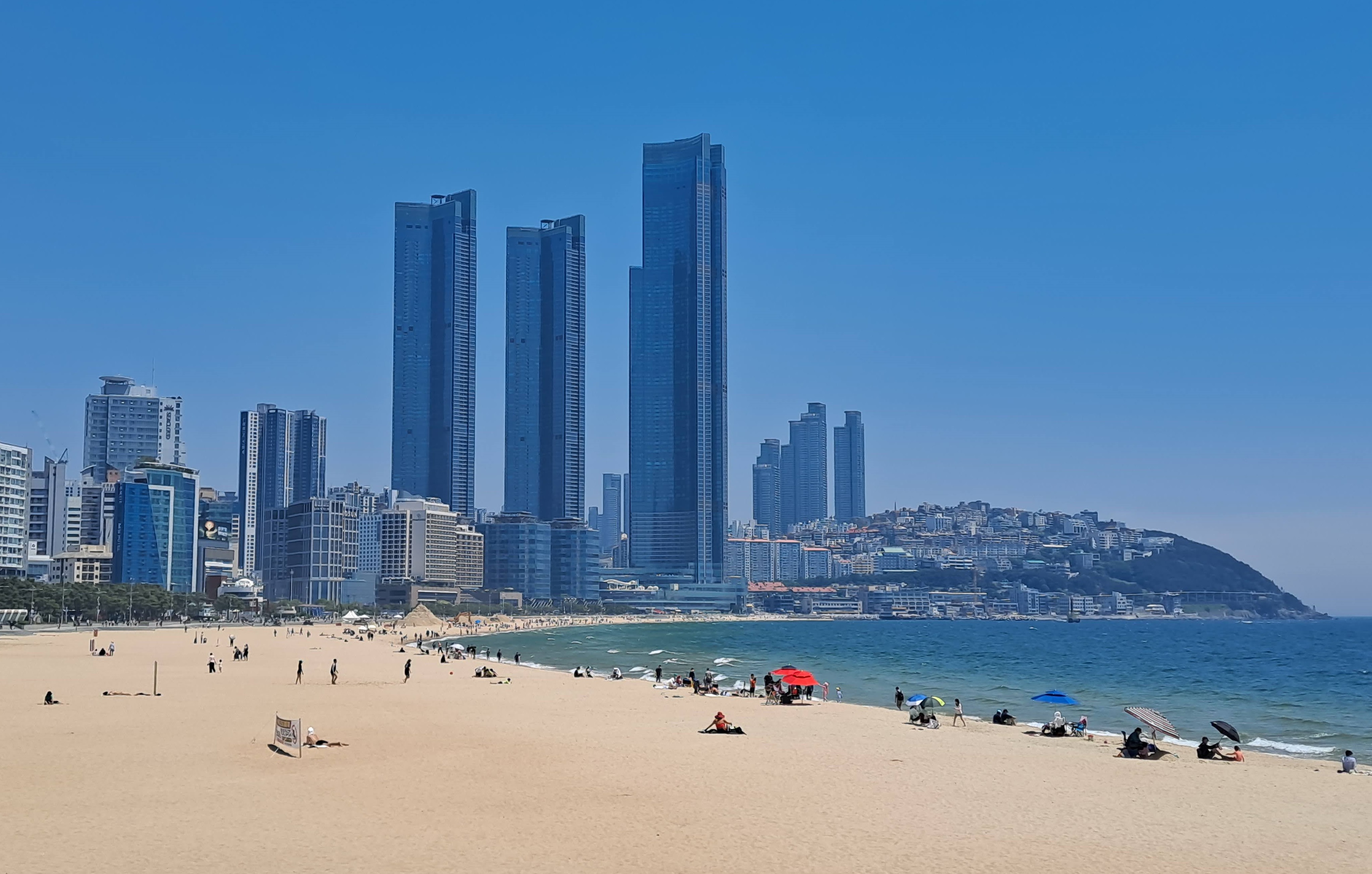
Tourism is a growing sector.
- Destinations:** Seoul, Busan, Jeju Island, Gyeongju, national parks.
- Arrivals:** Significant increase (over 17 million in 2019), though impacted by MERS, political tensions, COVID-19.
- Promotion:** Government campaigns, infrastructure, visa facilitation. Hallyu (K-pop, K-dramas, cuisine) boosts attractiveness. Hyundai Research Institute reported Hallyu encourages foreign investment.
10. Demographics
South Korea, with a population of roughly 51.7 million in 2022, faces significant demographic shifts including a critically low birth rate and a rapidly aging society. This section reviews its population structure, highly valued education system, universal healthcare, religious landscape, and pressing social issues, emphasizing social liberal concerns.
10.1. Population
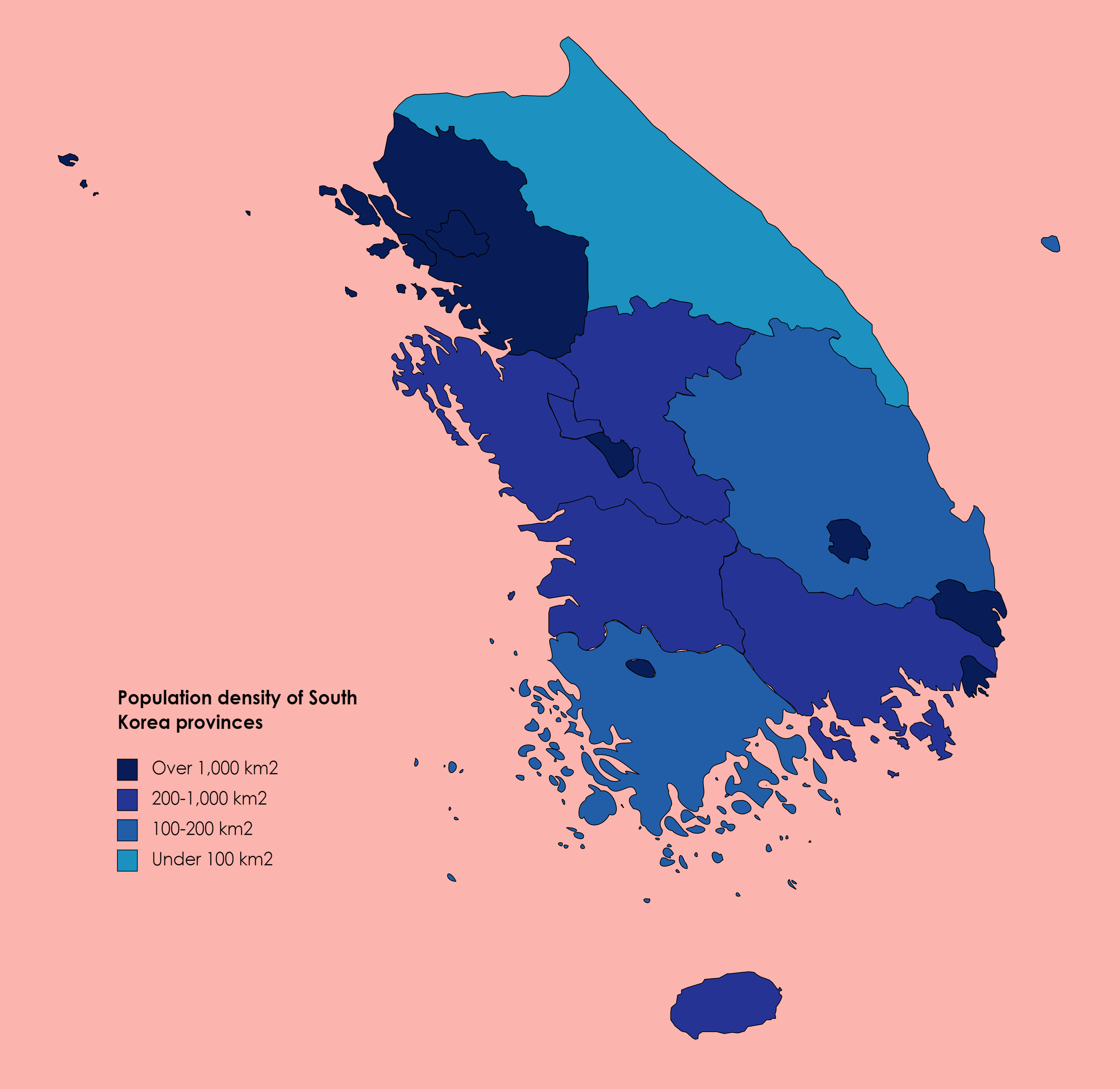
South Korea is densely populated (514.6 PD/km2 in 2022). The population doubled from 21.5 million (1955) to 50 million (2010).
- Low Birth Rate & Aging Society:** Faces a crisis with the world's lowest total fertility rate (0.72 in 2023), a "national emergency." Rapid aging: over 20% aged 65+ by 2025, nearly 45% by 2050. Recorded more deaths than births in 2020. Government incentives aim to boost childbirth; a new ministry was created in May 2024.
- Urbanization:** Over 91% live in urban areas. The Seoul Metropolitan Area (Seoul, Incheon, Gyeonggi) houses ~26 million (half the population), causing high housing costs and congestion.
- Foreign Population:** Predominantly ethnic Koreans (96%). Foreign-born population growing (2.46 million, ~5% in Nov 2023), mainly workers (China, SE Asia) and students. Many are ethnic Koreans from China. ~30,000 foreign-born gain citizenship annually.
- Life Expectancy:** High, 83.53 years (2024, 5th globally).
10.2. Education
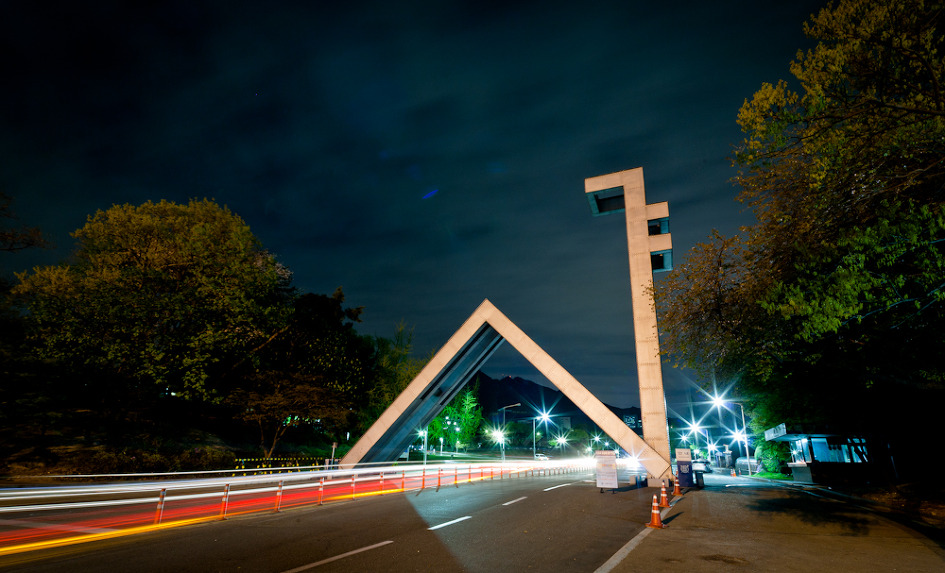
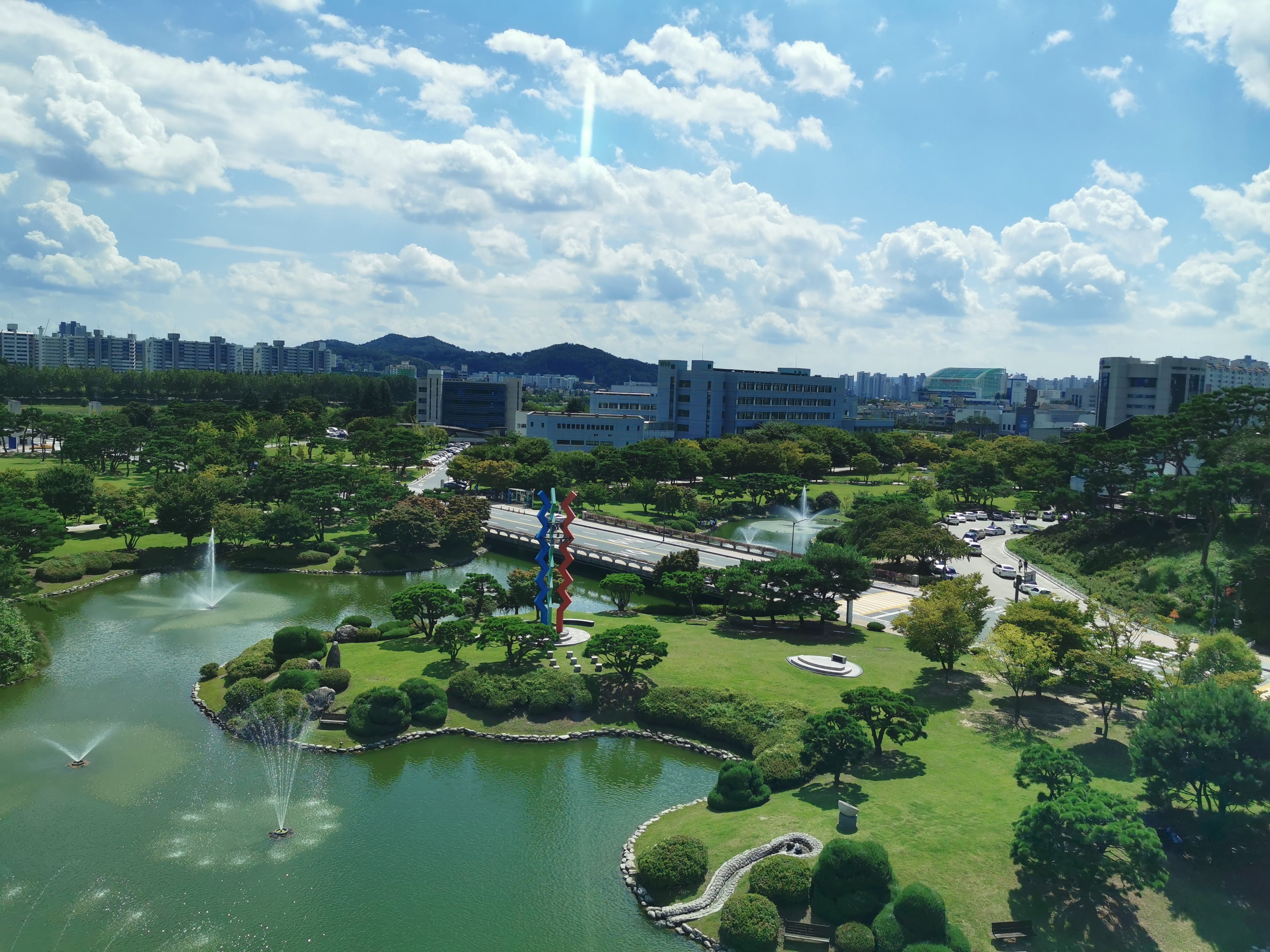
Education is highly valued.
- System:** Centralized; elementary (6 yrs), middle (3 yrs, compulsory/free with elementary), high school (3 yrs). Diverse high schools (academic, vocational, specialized).
- "Education Fever" (교육열gyoyukyeolKorean):** Intense societal emphasis; heavy investment in private tutoring (hagwon).
- University Competition:** Fierce for top universities (SKY: Seoul National, Korea, Yonsei). College Scholastic Ability Test (CSAT) is critical.
- Social Impact:** High stress, mental health issues, youth suicide. Fosters rote memorization. Exacerbates inequality (tutoring costs). "Overeducated" workforce struggles. Reforms attempted (diversify admissions, reduce CSAT reliance). A social liberal perspective seeks equity, reduced competition, holistic development. High tertiary education rates (5.1% GDP on education in 2015).
10.3. Health and Healthcare

Universal healthcare via National Health Insurance (NHI).
- System:** Single-payer (contributions from employees, employers, self-employed, government). Comprehensive coverage.
- NHI:** Most facilities private but operate under NHI (regulated fees). Patient choice.
- Life Expectancy & Diseases:** High life expectancy. Concerns: cancer, cardiovascular diseases, diabetes. Advanced medical tech (high MRI/CT scanner and hospital bed rates).
- Challenges:**
- Mental Health:** High suicide rates (OECD highest), especially elderly/youth.
- Low Birth Rate & Aging:** Impacts healthcare demand, pension sustainability.
Generally good access, but socioeconomic/geographic disparities exist. Social liberal goals: equity, preventive care, mental health, system sustainability. Ranked world's best healthcare (2021 by one index).
10.4. Religion
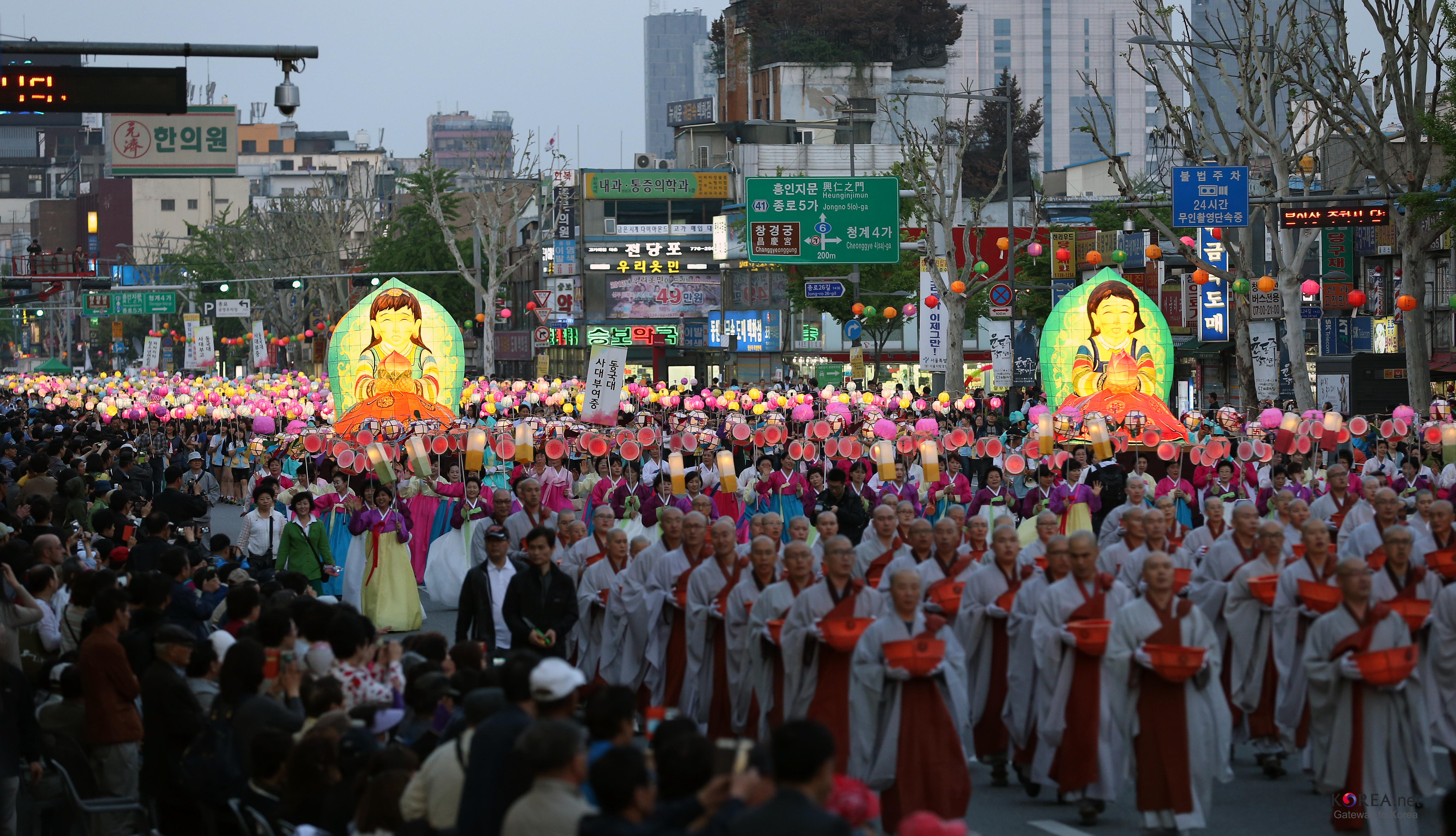
Diverse beliefs, high religious freedom, no state religion.
- Major Religions (2024 Korea Research survey):** ~51% irreligious.
- Christianity (25-31%):** Largest organized. Protestants (Presbyterianism largest) and Catholics. Major missionary sender.
- Buddhism (15-23%):** Long history. Jogye Order largest. Many National Treasures are Buddhist.
- Others:** Won Buddhism, Cheondoism, Jeungsanism, Daejongism, Islam (small, growing). Korean shamanism (Muism) practiced.
- Freedom & Conflict:** Generally respected. Some inter-religious tension, but not widespread conflict. State-religion separation generally maintained. Social liberal view: maintain freedom, tolerance, prevent rights infringement.
10.5. Language
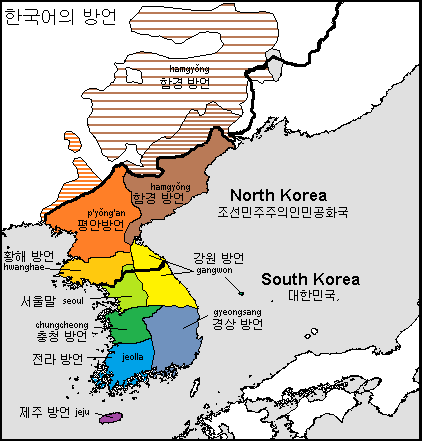
Official language: Korean.
- Language & Writing (Hangul):** Considered a language isolate (some link to Altaic). Hangul (한글HangeulKorean), created by King Sejong the Great (15th c.), is an alphabetic syllabary.
- Hanja:** Chinese characters used limitedly (academic, legal, newspapers, names). Knowledge declined among youth.
- Dialects:** Standard (Seoul/Gyeonggi). Regional dialects (Chungcheong, Gangwon, Gyeongsang, Jeolla), distinct Jeju language. Generally mutually intelligible.
- Foreign Languages:** English widely taught. Japanese, Chinese, European languages also studied.
10.6. Media
Dynamic, technologically advanced.
- Outlets:** Newspapers (Chosun Ilbo, Hankyoreh), TV (KBS, MBC, SBS, JTBC), radio, developed internet media (news portals, platforms).
- Press Freedom:** Constitutionally guaranteed. Ranks well internationally (2nd in East Asia, 2023 Press Freedom Index). Concerns: government influence, strict defamation laws (self-censorship), media polarization.
- Fairness Issues:** Debates on fairness, objectivity, "fake news" online. Efforts to address these can spark free expression concerns. Social liberal view: free, diverse, critical media essential for democracy.
10.7. Social Issues

Despite success, faces significant social issues.
- Polarization & Inequality:** Rich-poor gap, labor market dualization (chaebol dominance).
- Low Birth Rate & Aging:** Economic, welfare, national vitality challenges. Care burden often on women.
- Youth Unemployment & Precarious Employment:** Intense competition, high youth unemployment/underemployment. "Sampo generation" (giving up courtship, marriage, childbirth).
- High Suicide Rate:** OECD highest, affects all ages, especially elderly/youth. Points to mental health, social pressure, economic hardship.
- Regional Disparities:** Seoul metropolitan area vs. other regions. Political regionalism.
- Gender Issues & Inequality:** Low in global indices. Workplace discrimination (wage gap, glass ceiling), traditional gender roles, gender-based violence. #MeToo movement raised awareness; backlash against feminism. Critical human rights issue.
- Minority/Vulnerable Group Rights:**
- LGBTQ+ Rights:** Social stigma, legal discrimination. No same-sex marriage; anti-discrimination laws opposed.
- Migrants/Refugees:** Migrant workers face exploitation; low refugee recognition.
- Disabled People:** Challenges in access, improving awareness/protections.
- Elderly Poverty:** Significant, underdeveloped public pension for current retirees.
- Housing Crisis:** Soaring prices (Seoul) make ownership unaffordable, fuel inequality.
- Education System Pressures:** Intense competition, stress, financial burdens.
Social liberal approach: strengthen safety nets, promote inclusivity, protect human rights, reduce inequality, ensure sustainable/equitable development.
10.8. Welfare
Social welfare system expanded significantly, but challenges in coverage/adequacy vs. OECD peers.
- Social Security:**
- National Pension Scheme (NPS):** Public pension. Low benefits for some current retirees contribute to elderly poverty.
- National Health Insurance (NHI):** Universal healthcare.
- Employment Insurance:** Unemployment benefits, job training, parental leave.
- Industrial Accident Compensation Insurance:** Covers job-related injuries/illnesses.
- Basic Livelihood Security System:** Public assistance for low-income.
- Policies & Challenges:** Focus on expanding safety nets, addressing elderly poverty, childcare/family support (for low birth rate), support for vulnerable groups. Sustainability of pensions/healthcare is a concern due to demographics. Social liberal perspective: ensure decent living standards, reduce inequality, support vulnerable groups via adequate funding, inclusive services, adaptation to changes.
11. Culture
South Korean culture blends ancient traditions with modern dynamism, gaining global renown through the "Korean Wave" (Hallyu). While sharing traditional roots with North Korea, distinct contemporary forms have emerged since 1945. Influenced by China, Korea has forged a unique identity. It boasts 24 UNESCO Intangible Cultural Heritage items and 16 World Heritage Sites, with active promotion by the Ministry of Culture, Sports and Tourism.
11.1. Traditional Culture
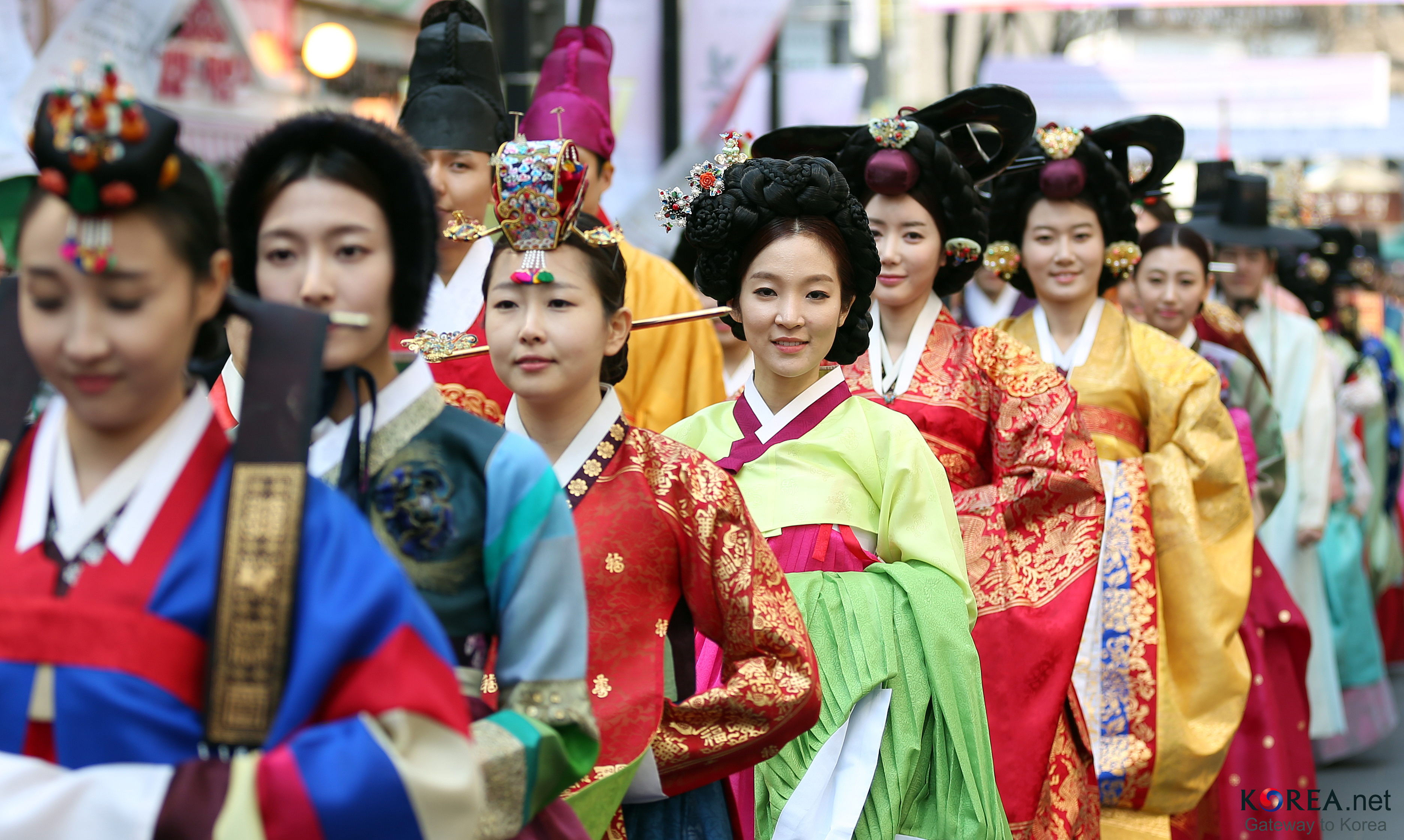
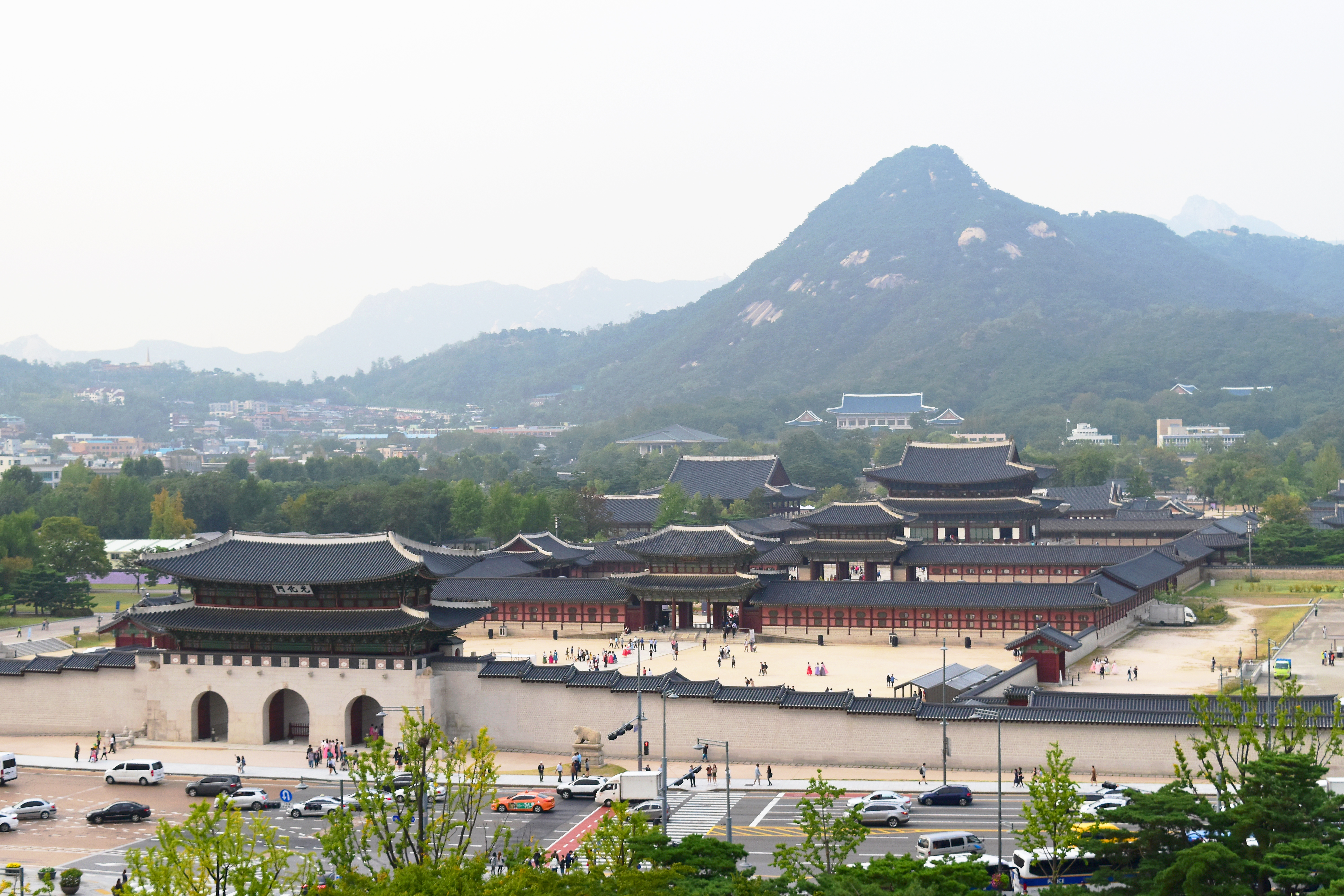
Deeply rooted in history.
- Hanbok (Clothing):** Vibrant, simple-lined attire (jeogori blouse/jacket, chima skirt for women; jeogori, baji trousers for men). Mostly for special occasions.
- Hanok (Housing):** Designed for harmony with nature; tiled/thatched roofs, wooden beams, paper-covered windows, ondol underfloor heating. Preserved villages like Bukchon (Seoul), Jeonju Hanok Village.
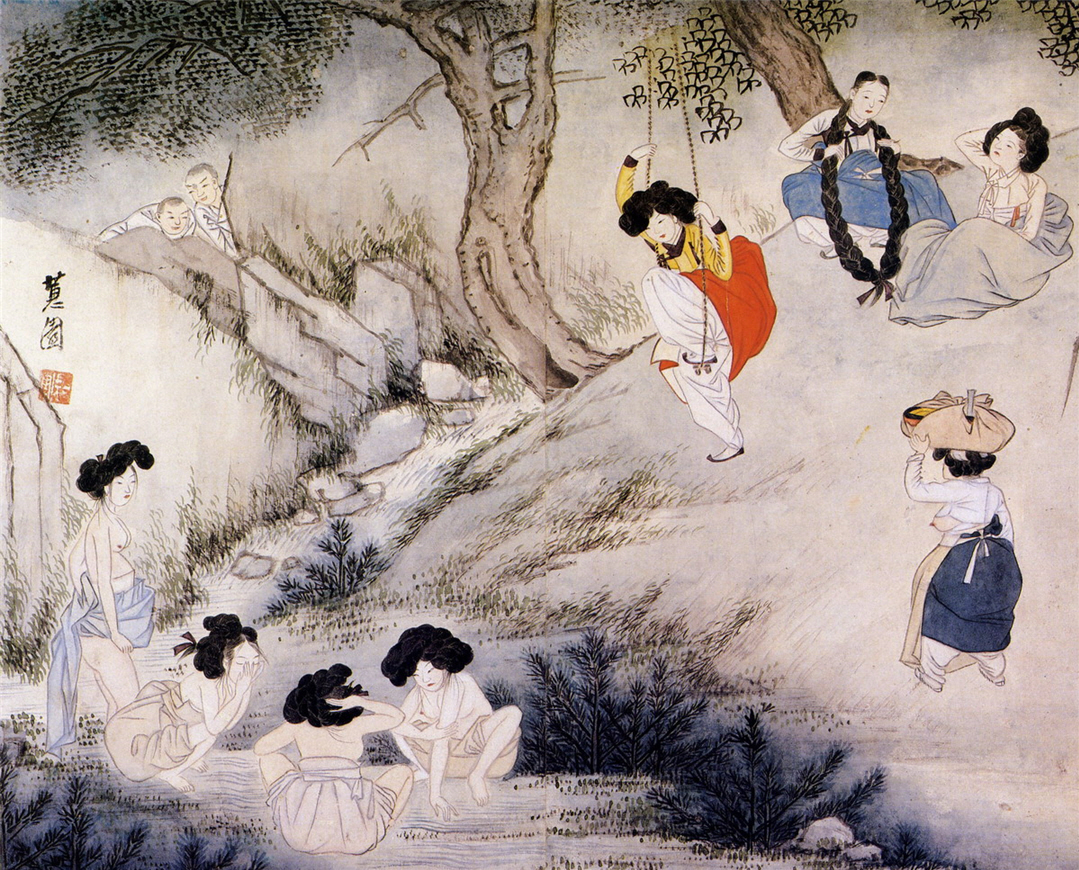
- Hansik (Cuisine):** Rice, vegetables, meats; seasoned with gochujang, doenjang, soy sauce. Kimchi is a staple. Meals: rice, soup, banchan (side dishes).
- Gugak (Music):** Folk songs, court/ritual music. Instruments: gayageum, geomungo, haegeum, janggu drum. Pansori (musical storytelling) is UNESCO heritage.
- Traditional Dance:** Court, folk, shamanistic ritual dances (buchaechum fan dance, talchum mask dance, ganggangsullae circle dance - UNESCO heritage).
- Festivals/Rituals:** Seollal (Lunar New Year), Chuseok (Harvest Festival) involve ancestral rites, family gatherings, traditional foods/games.
11.2. Contemporary Popular Culture (Hallyu - Korean Wave)
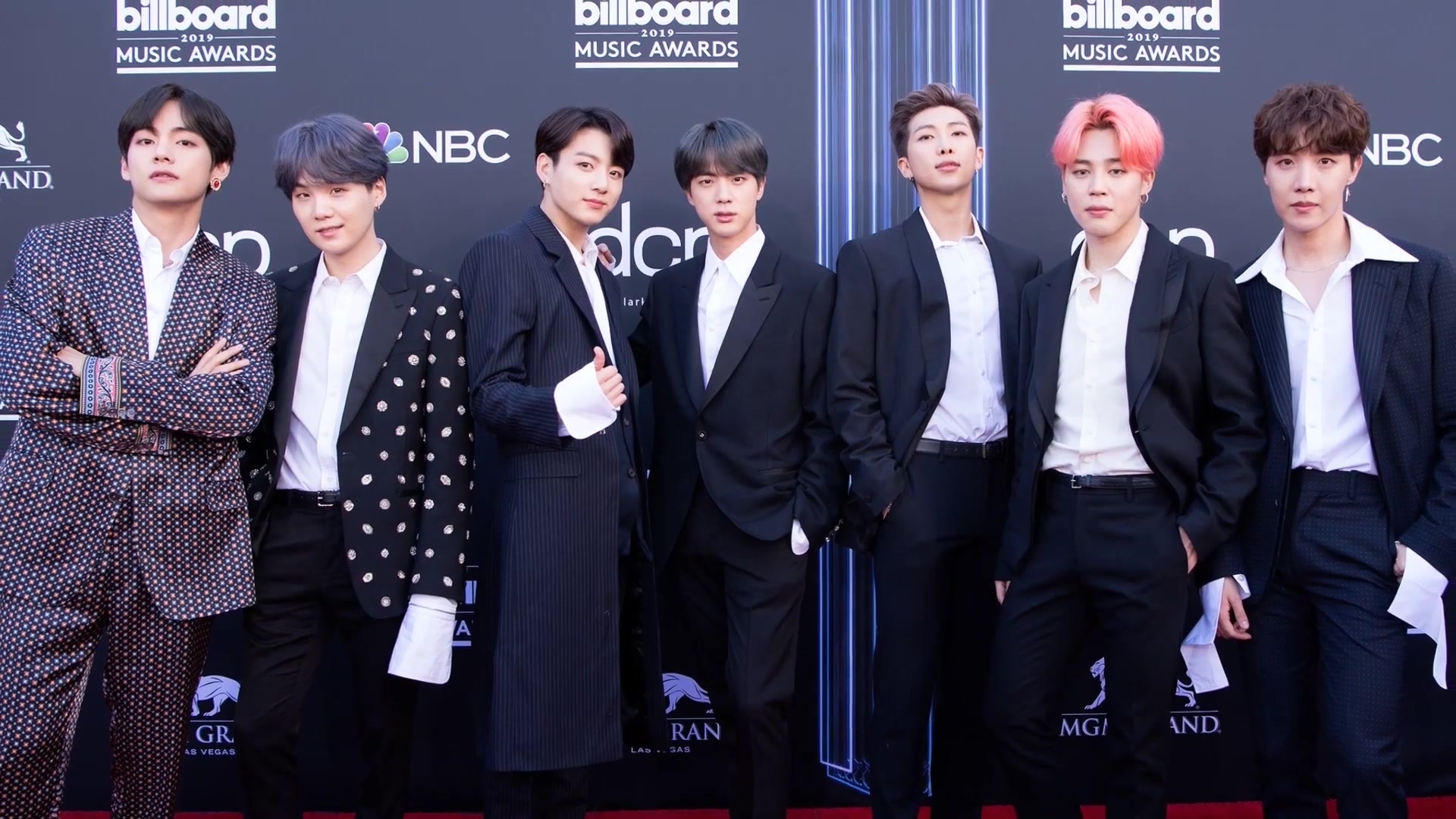
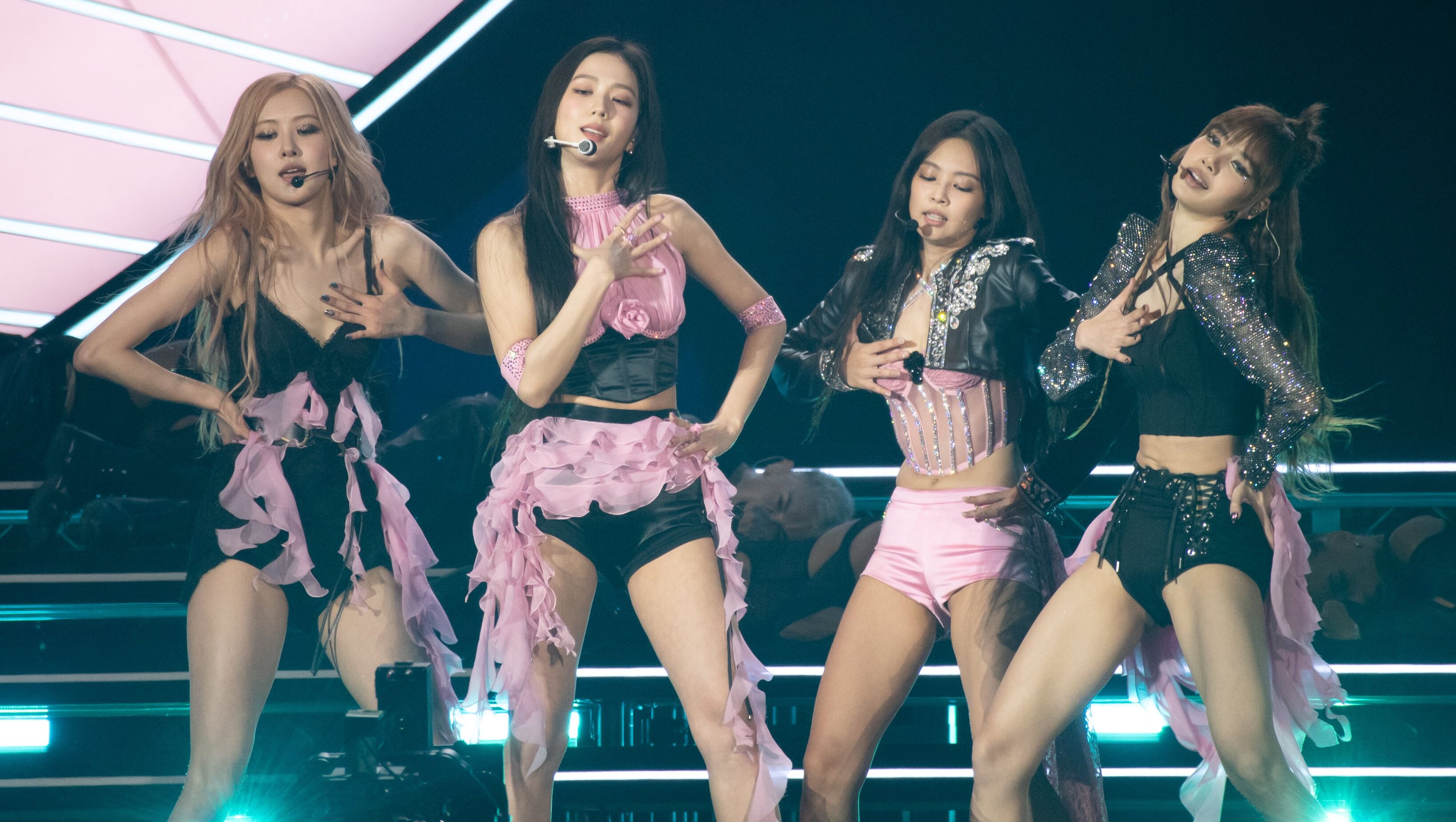
The "Korean Wave" (한류HallyuKorean) is the global popularity of South Korean pop culture since the late 1990s.
11.2.1. K-pop
K-pop is a major Hallyu driver.
- Characteristics:** Evolved from earlier pop, incorporating Western pop, hip-hop, R&B, EDM. Known for polished performances, synchronized choreography, catchy melodies, striking music videos.
- Idol Groups:** Boy/girl groups trained by agencies (e.g., BTS, Blackpink, EXO, Twice). Solo artists also significant.
- Fandom:** Highly organized global fandom culture actively supports artists.
- Global Expansion:** Popular in Asia, then worldwide. Psy's "Gangnam Style" (2012) was a viral hit. Social media (YouTube) crucial for reach.
Industry faces scrutiny for intense pressure on artists, harsh training, mental health.
11.2.2. Drama and Film
- K-dramas:** Immensely popular internationally (Winter Sonata, Dae Jang Geum, Descendants of the Sun, Crash Landing on You, Squid Game). Known for diverse genres, high production, engaging storylines, often on streaming (Netflix).
- Korean Films:** Critical/commercial success. Known for artistic quality, diverse genres, complex themes. Directors like Bong Joon-ho (Parasite - Best Picture Oscar 2020), Park Chan-wook (Oldboy), Lee Chang-dong (Burning). Strong domestic market (screen quotas).
11.2.3. Games and Webtoons
- Games:** Massive, competitive industry (online games, esports). Popular games: League of Legends, PUBG, MapleStory. Esports are a major cultural phenomenon (leagues, star players, PC bangs).
- Webtoons:** Digital comics for scrolling, originated in South Korea, globally popular. Platforms like Naver Webtoon, KakaoPage. Many adapted into dramas/films.
Hallyu boosted soft power, image, cultural exports.
11.3. Arts
Encompasses traditional and contemporary forms.
11.3.1. Fine Arts and Architecture
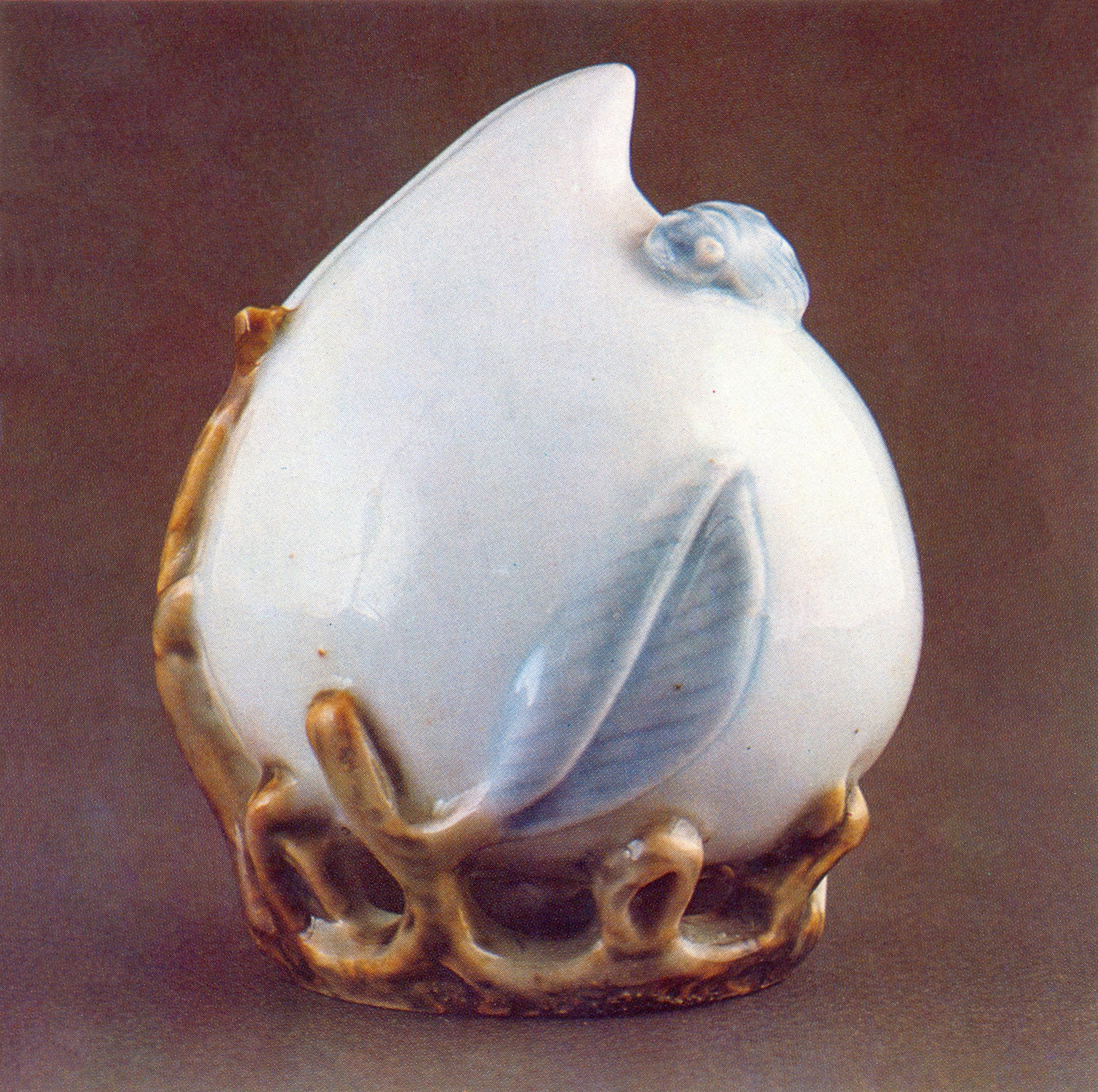
- Traditional Fine Arts:** Painting (ink wash, folk minhwa), calligraphy, Buddhist sculpture, ceramics (Goryeo celadon, Joseon white porcelain baekja, buncheong).
- Contemporary Art:** Flourished post-1960s (geometric abstraction, Dansaekhwa, socially engaged art). Artists like Lee Ufan, Nam June Paik (video art pioneer), Kimsooja, Do Ho Suh gained international recognition. Gwangju Biennale is major event.
- Architecture:** Traditional emphasizes harmony with nature (wood, curved tiled roofs, ondol, landscape integration). Examples: Palaces (Gyeongbokgung), temples (Bulguksa), hanok.
Modern/contemporary reflects urbanization, tech advancement (skyscrapers, public buildings). Blend of modern design with traditional aesthetics (e.g., Olympic Sculpture Garden, Dongdaemun Design Plaza).
11.3.2. Literature
Korean literature has a long history.
- Classical:** Hyangga (Silla poetry), Goryeo songs, Joseon literature (sijo, gasa, classical novels like The Tale of Hong Gildong, Chunhyangjeon).
- Modern/Contemporary:** Developed under colonial rule (national identity, resistance). Post-war (division, war trauma, industrialization, democratization).
Writers like Yi Sang, Park Kyung-ni (Toji), Hwang Sok-yong, Shin Kyung-sook (Please Look After Mom), Han Kang (The Vegetarian - Man Booker Int. Prize) gained international recognition. Themes: personal/societal struggles, historical memory, modern complexities.
11.4. Cuisine
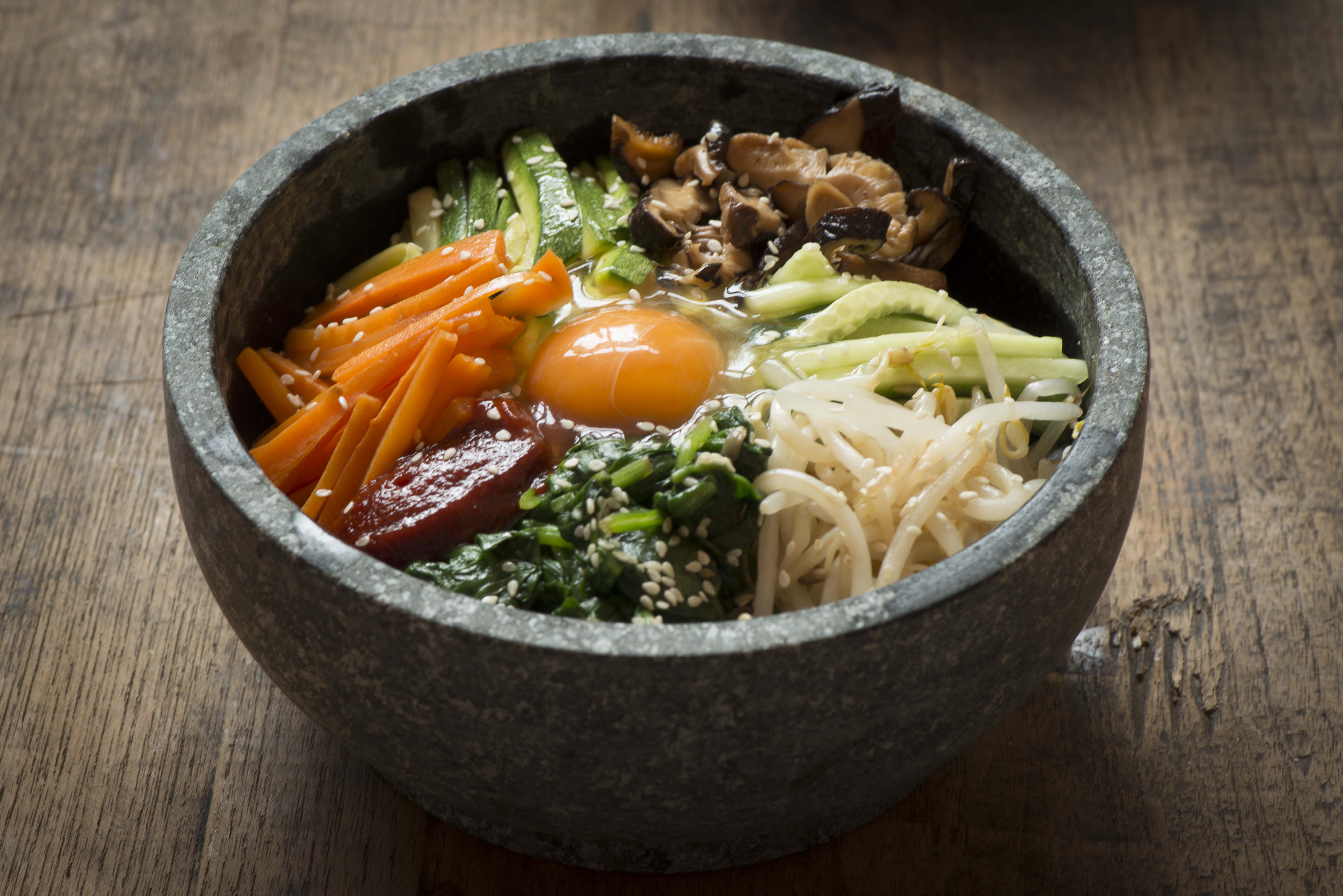
Korean cuisine (한식HansikKorean) evolved over centuries, emphasizing balance and flavor.
- Staples:** Rice, noodles, tofu, vegetables, fish, meats. Seasonings: sesame oil, doenjang (soybean paste), soy sauce, garlic, ginger, gochujang (chili paste).
- Kimchi:** Fermented vegetable dish (napa cabbage/radishes), spicy. Served with most meals.
- Representative Dishes:** Bibimbap (mixed rice), Bulgogi (marinated grilled beef/pork), Galbi (grilled ribs), Samgyeopsal (grilled pork belly), Japchae (stir-fried glass noodles), Tteokbokki (spicy rice cakes). Stews (jjigae) and soups (guk, tang) like samgyetang (ginseng chicken soup).
- Regional Specialties:** Jeonju (bibimbap), Busan (seafood).
- Food Culture:** Communal dining. Etiquette: respect for elders, use of metal chopsticks and spoons (unique for rice/soup).
- Alcoholic Drinks:** Soju, makgeolli (rice wine), bokbunja ju (raspberry wine).
Gained international popularity via Hallyu.
11.5. Sports
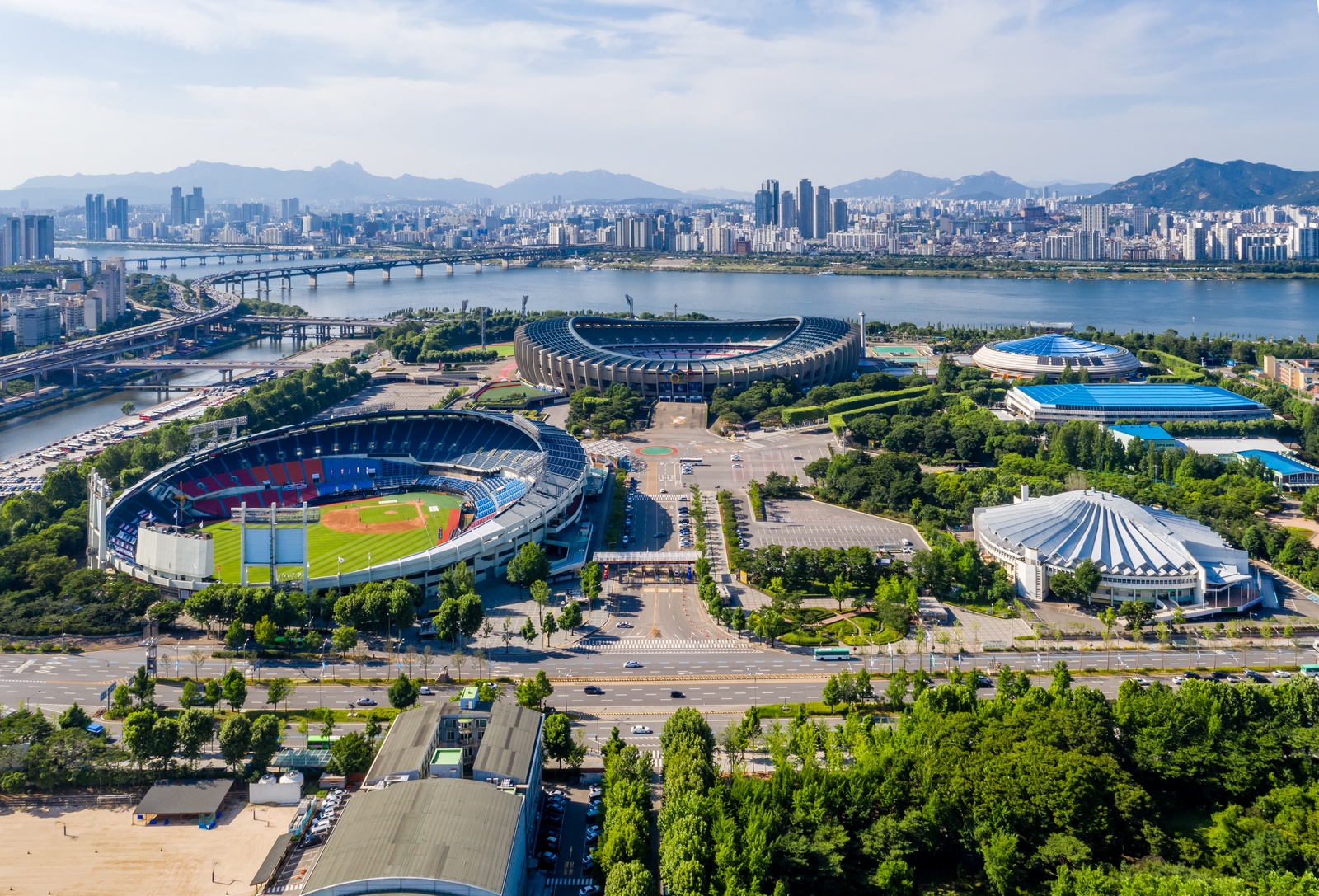
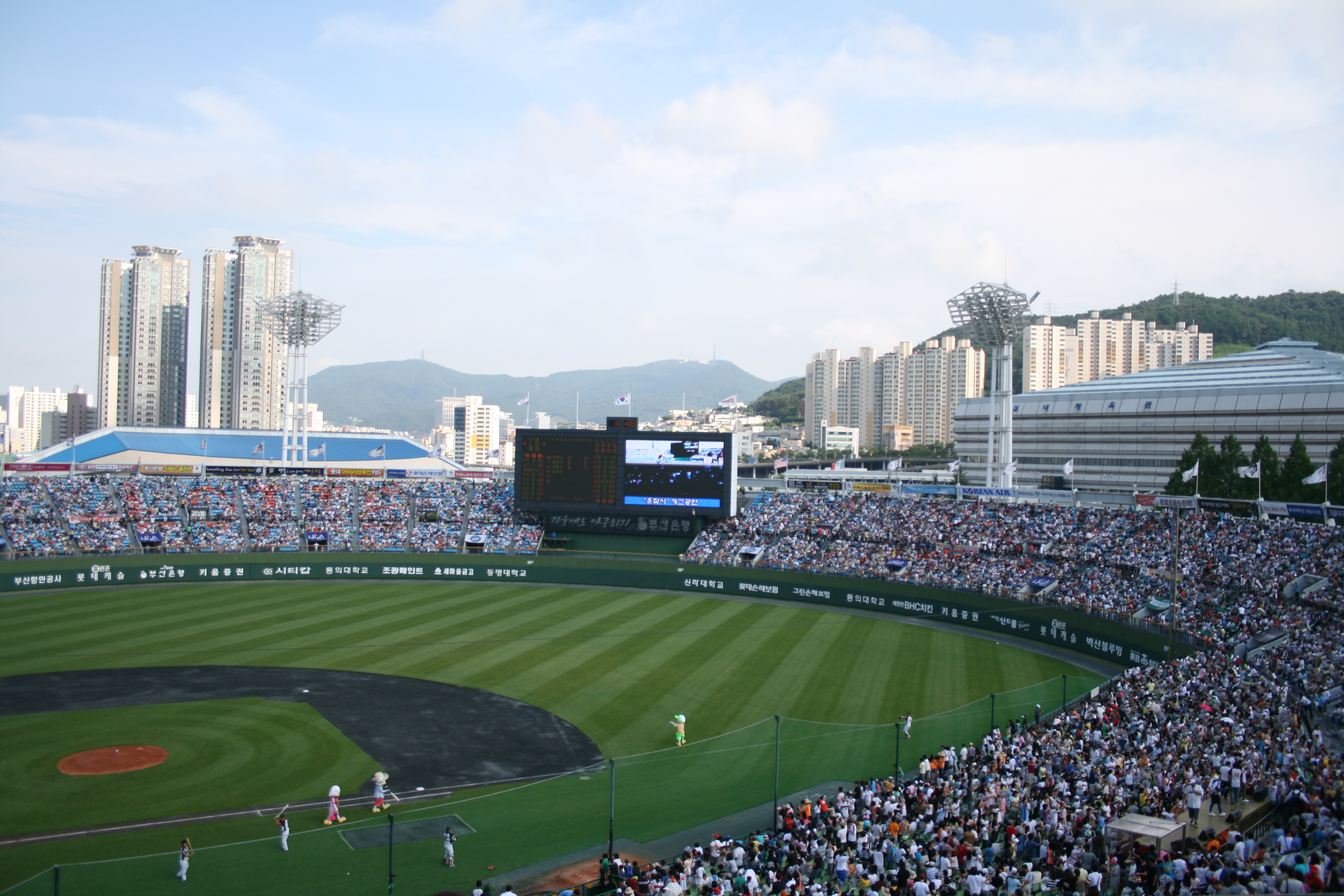
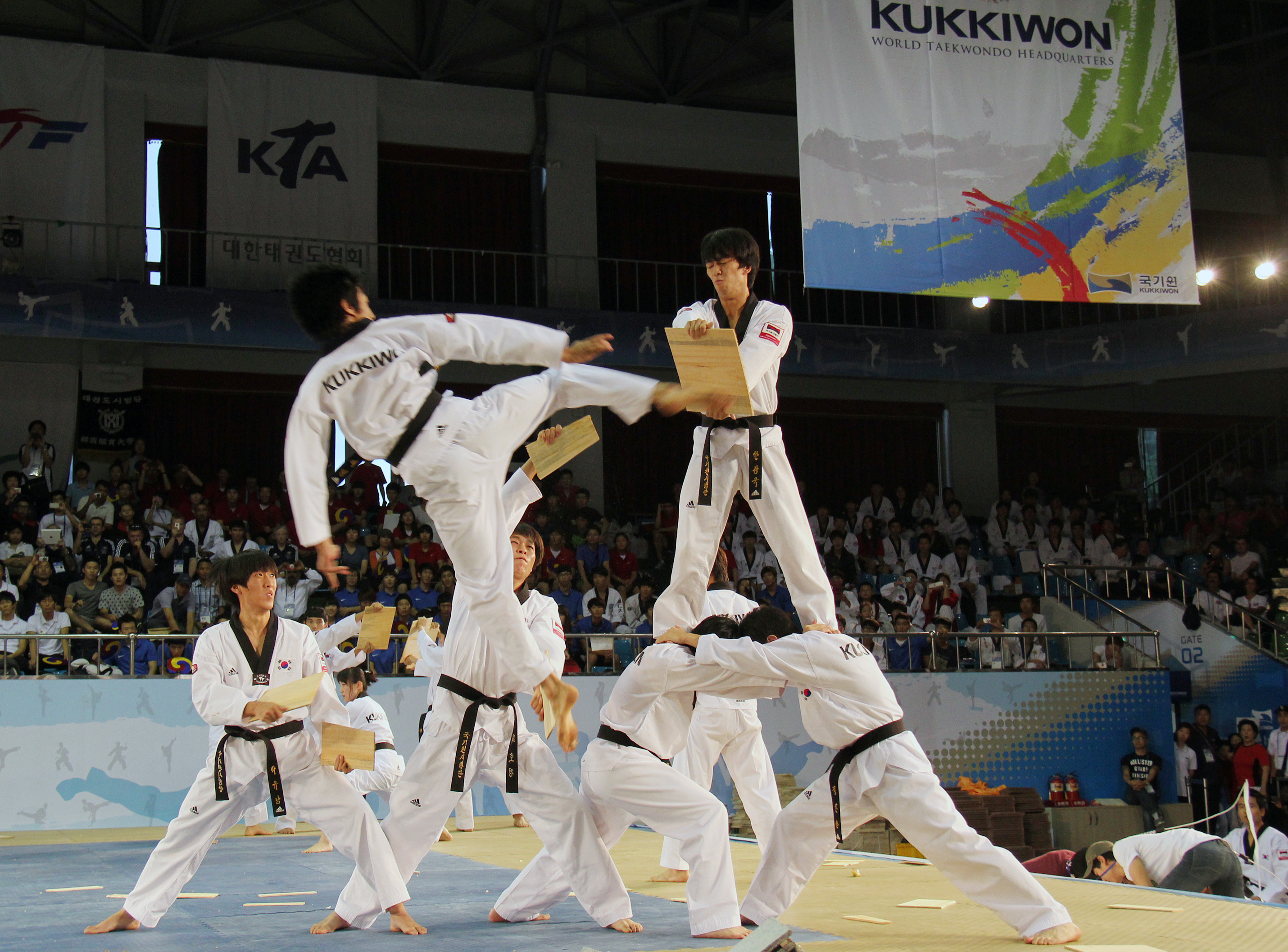
Sports are significant.
- Popular Sports:**
- Football (Soccer):** Traditionally most popular. National team strong in Asia (2002 FIFA World Cup semi-finals). K League is pro league.
- Baseball:** Extremely popular. KBO League (pro). National team won 2008 Olympic gold.
- Taekwondo:** Korean martial art, Olympic sport since 2000.
- Other Martial Arts:** Taekkyeon (UNESCO), Hapkido, Tang Soo Do, etc.
- Basketball & Volleyball:** Popular pro leagues.
- Golf:** Many world-class pro golfers (especially LPGA).
- Archery:** Dominates international competitions.
- Short-track & Speed Skating:** Winter sports powerhouses.
- Figure Skating:** Popularized by Yuna Kim.
- Esports:** Global hub (League of Legends, StarCraft).
- International Achievements:** Strong Olympic (Summer/Winter) and Asian Games record. Hosted 1988 Summer Olympics (Seoul), 2018 Winter Olympics (Pyeongchang), Asian Games (3 times), FIFA World Cup (2002, co-host).
11.6. Public Holidays and Festivals
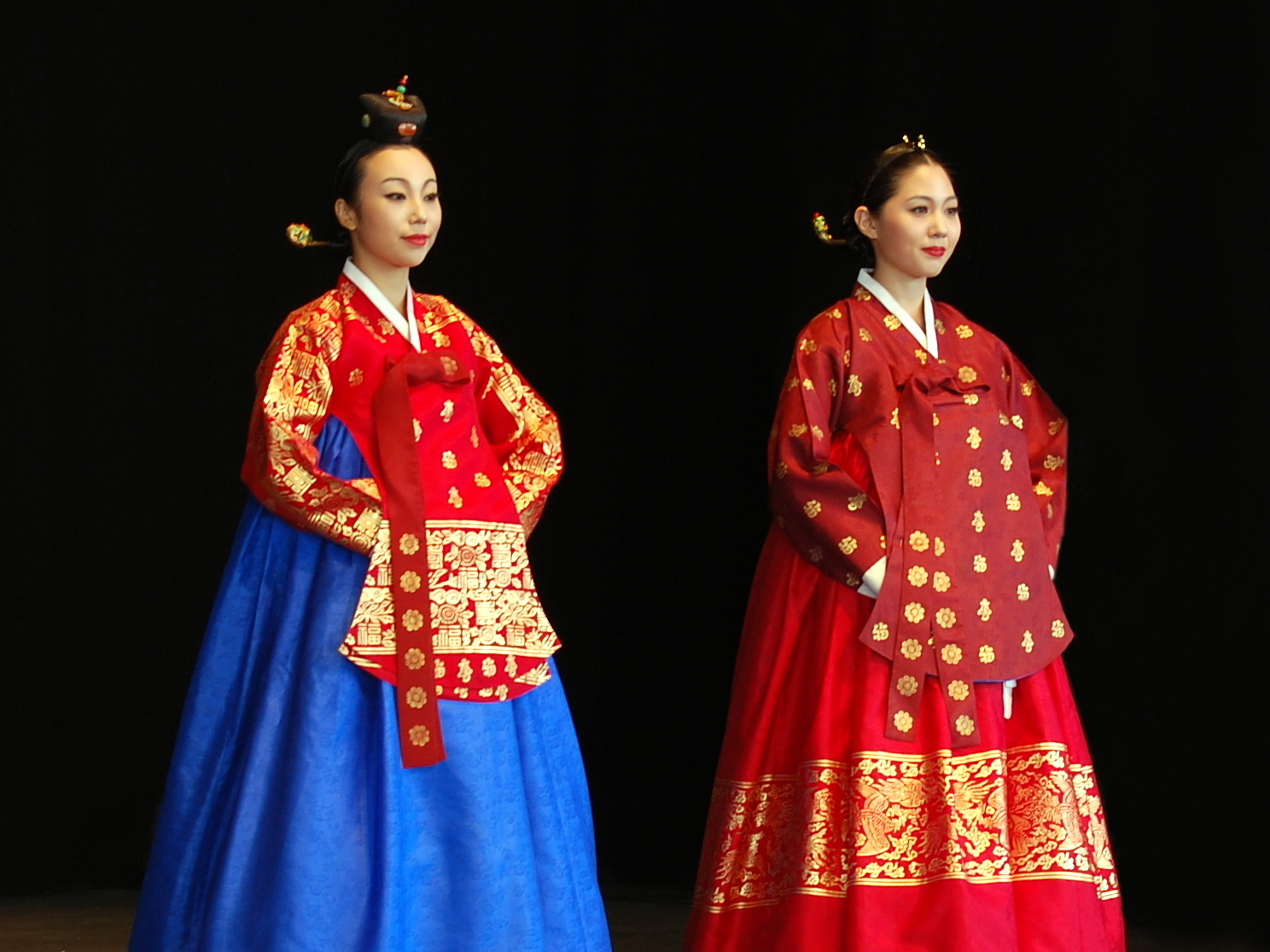
Public holidays blend tradition and modern observances.
- Traditional (Lunar Calendar):**
- Seollal (Lunar New Year):** Major 3-day holiday. Ancestral rites (jesa), Hanbok, tteokguk.
- Chuseok (Harvest Festival):** 15th day of 8th lunar month. Thanksgiving for harvest, family gatherings, songpyeon.
- Buddha's Birthday:** 8th day of 4th lunar month. Lantern festivals, temple visits.
- National (Gregorian Calendar):**
- Jan 1:** New Year's Day.
- Mar 1:** Independence Movement Day (Samiljeol).
- May 5:** Children's Day.
- Jun 6:** Memorial Day.
- Jul 17:** Constitution Day (commemorative, not public holiday).
- Aug 15:** Liberation Day (Gwangbokjeol).
- Oct 1:** Armed Forces Day (commemorative).
- Oct 3:** National Foundation Day (Gaecheonjeol).
- Oct 9:** Hangul Day.
- Dec 25:** Christmas Day.
Many local festivals also held.
11.7. World Heritage Sites
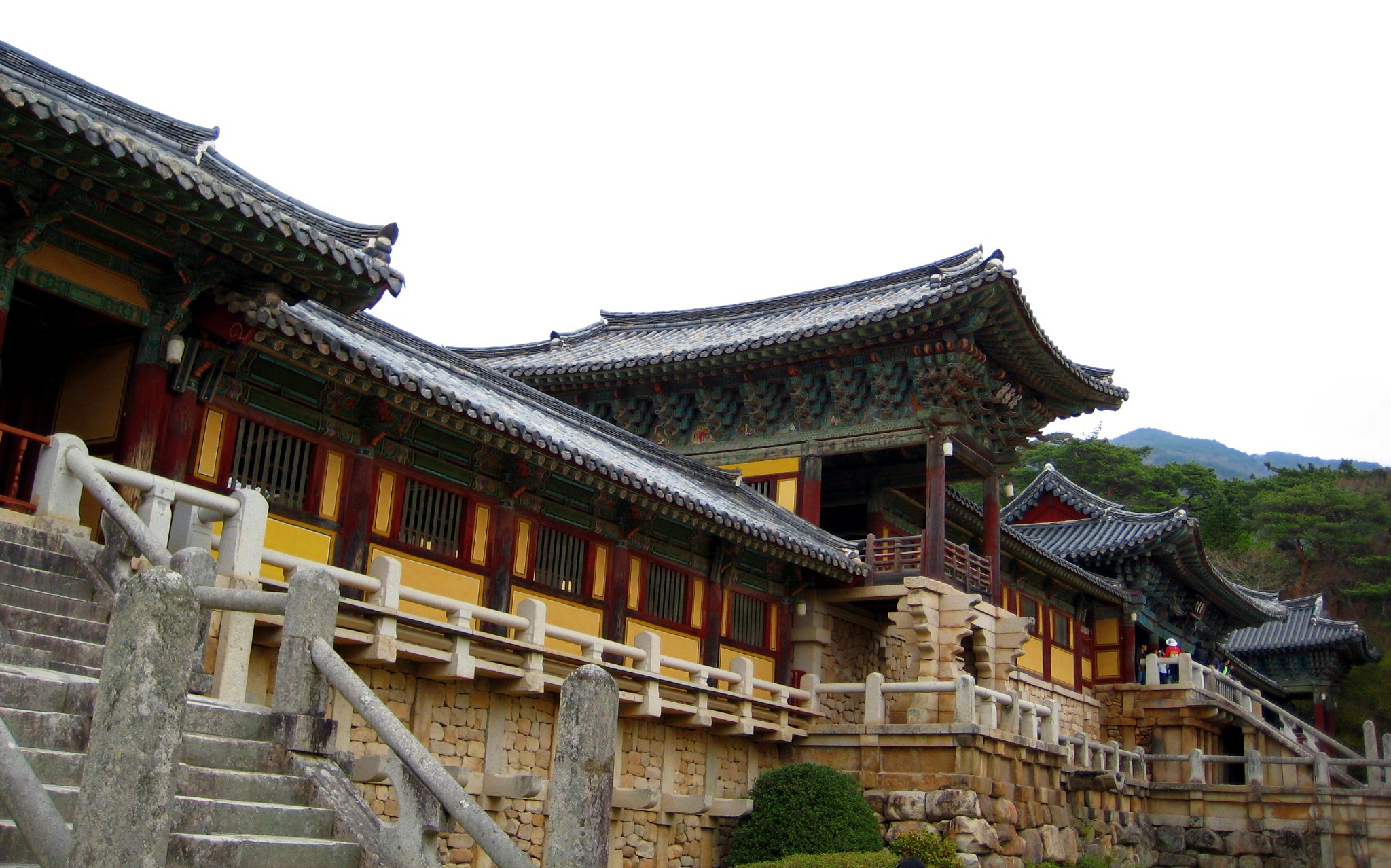
South Korea has 16 UNESCO World Heritage Sites (14 cultural, 2 natural as of 2024).
- Cultural Sites:**
These sites are vital for Korea's legacy and tourism, with preservation a key policy.
